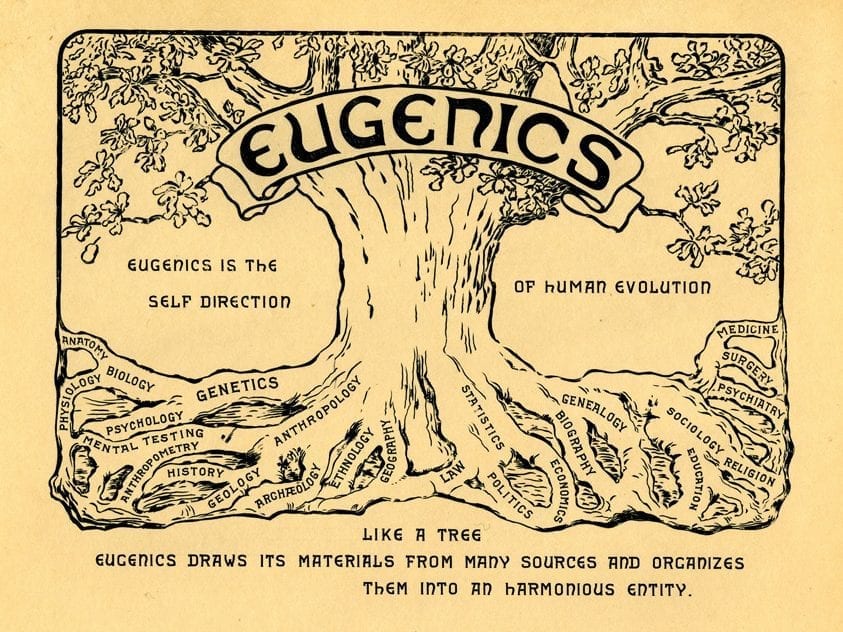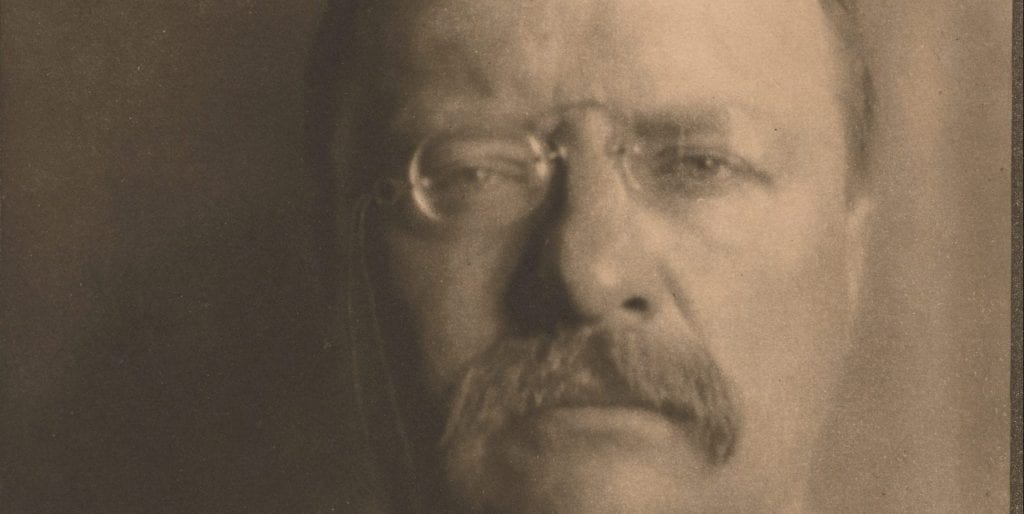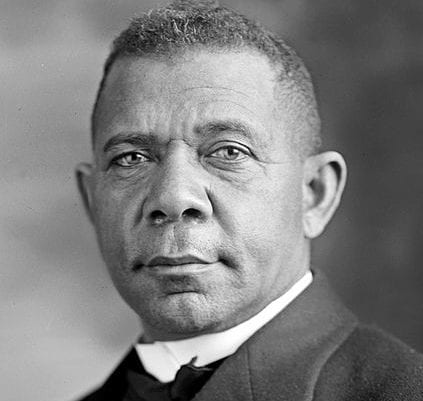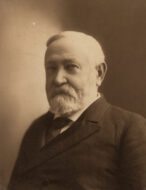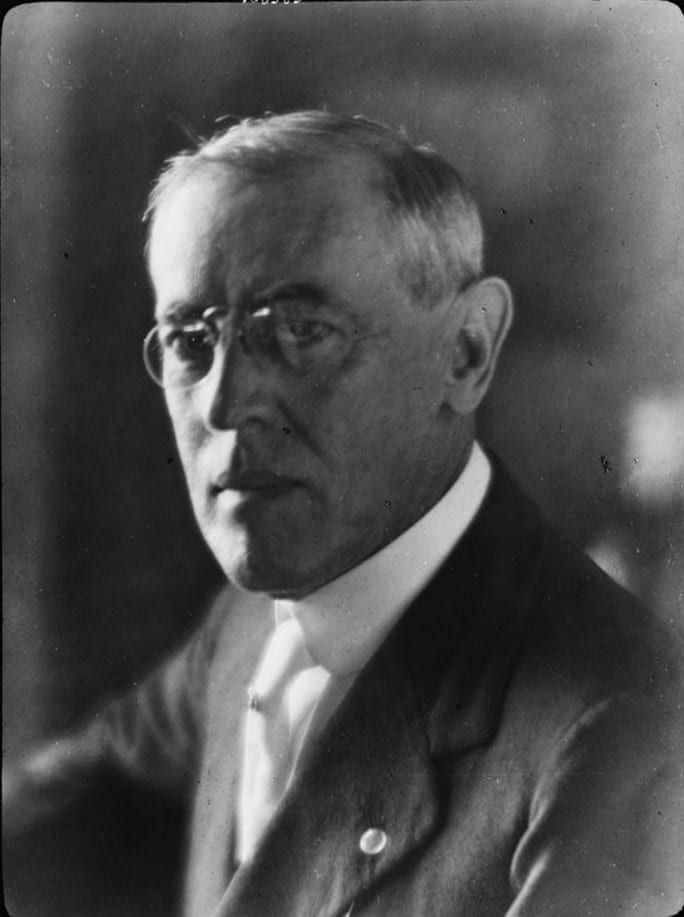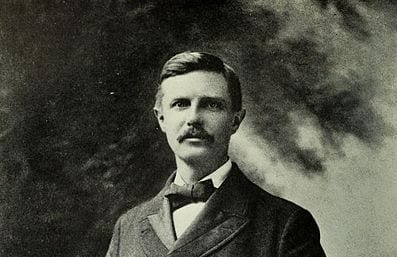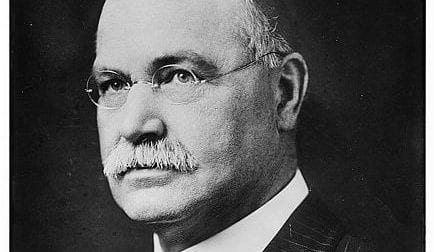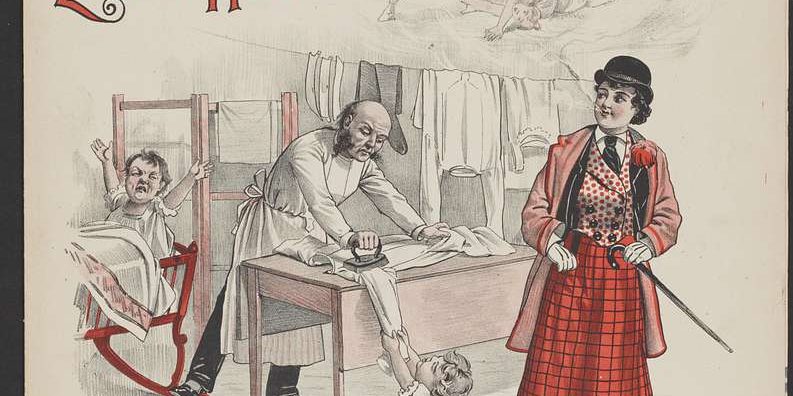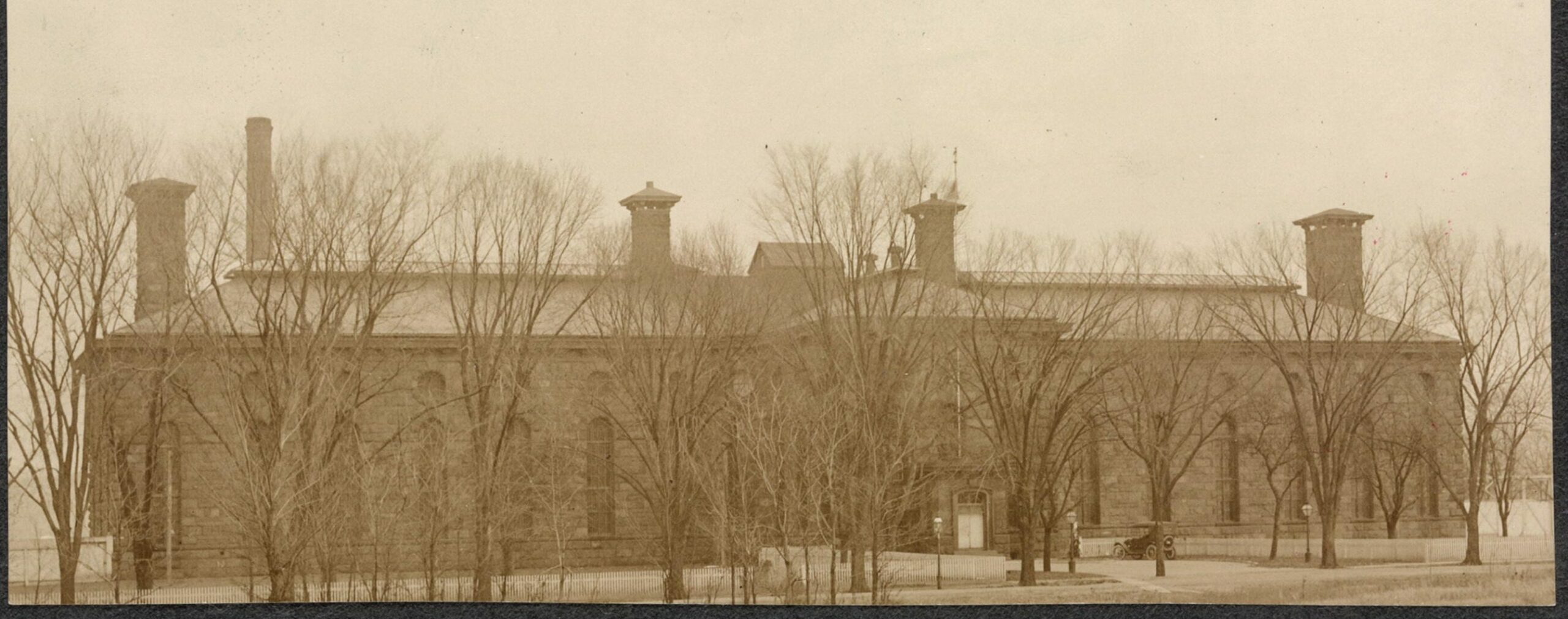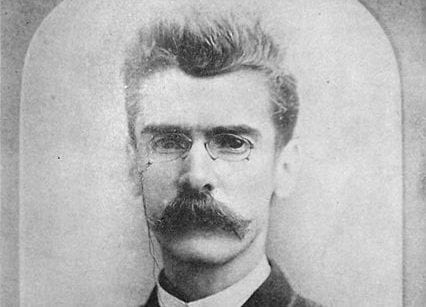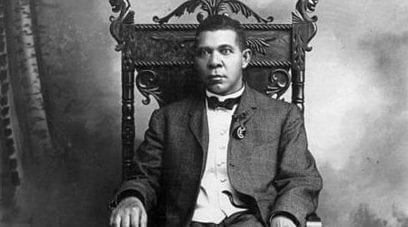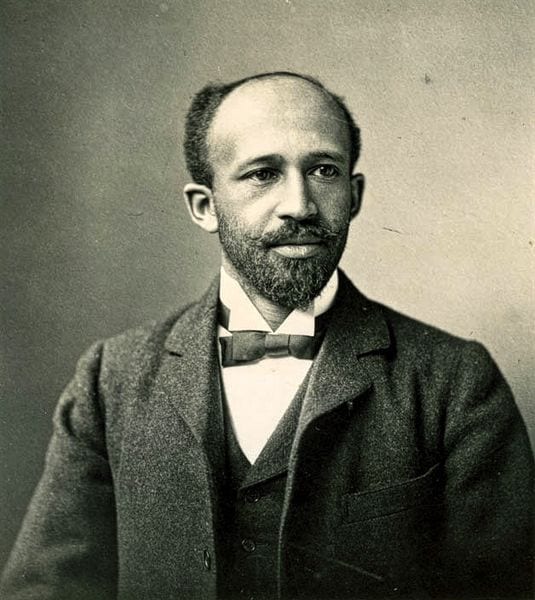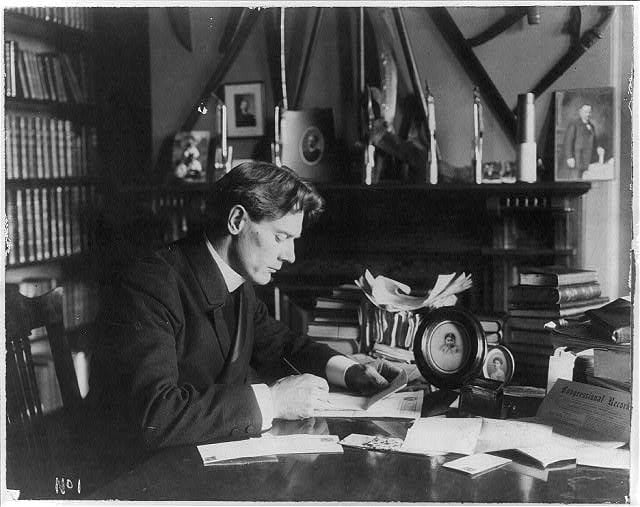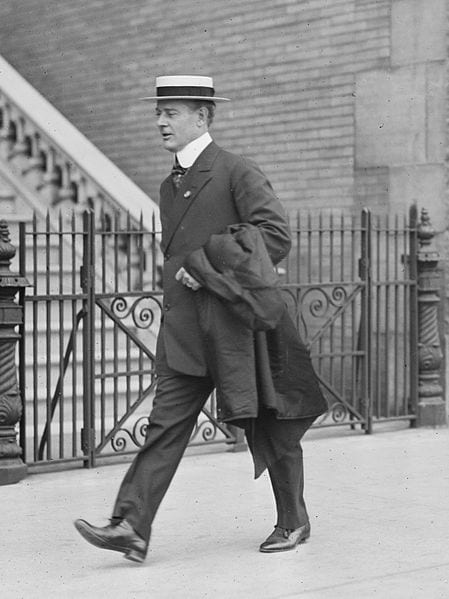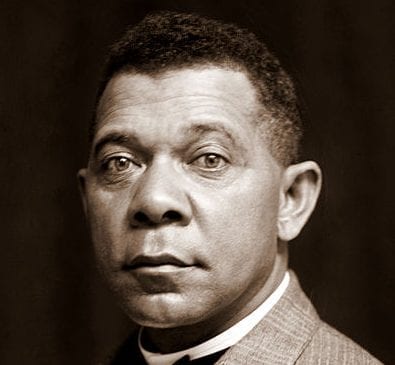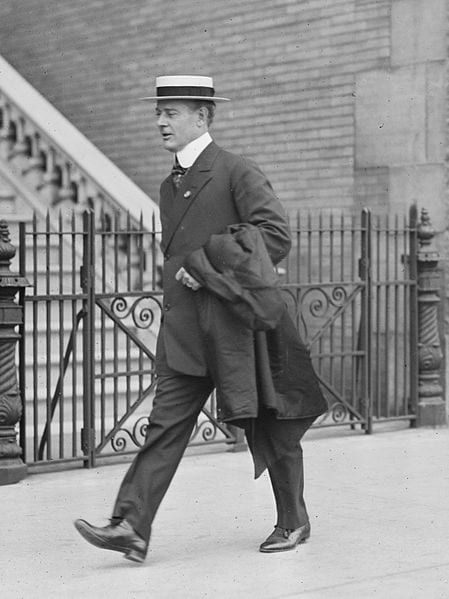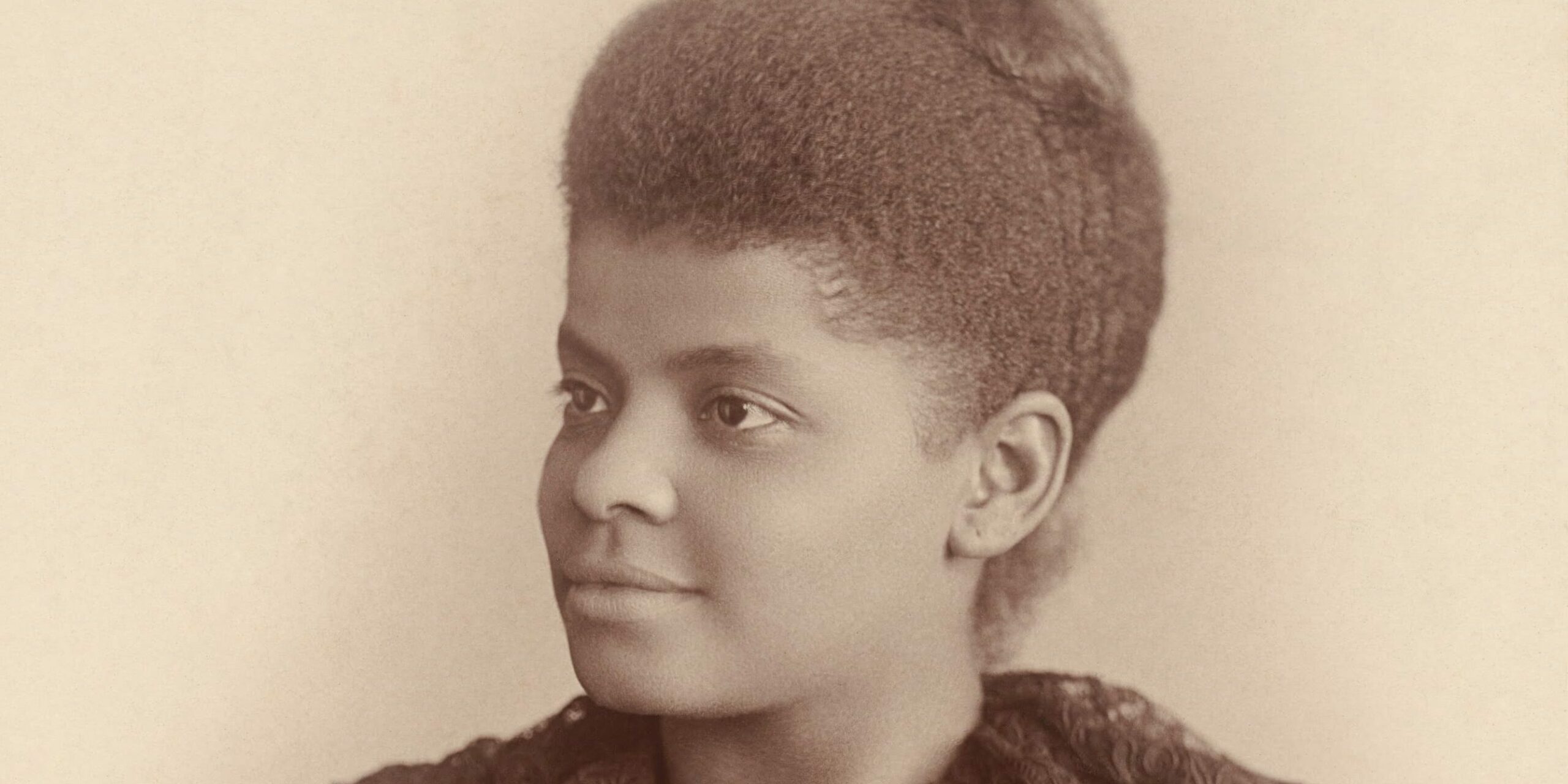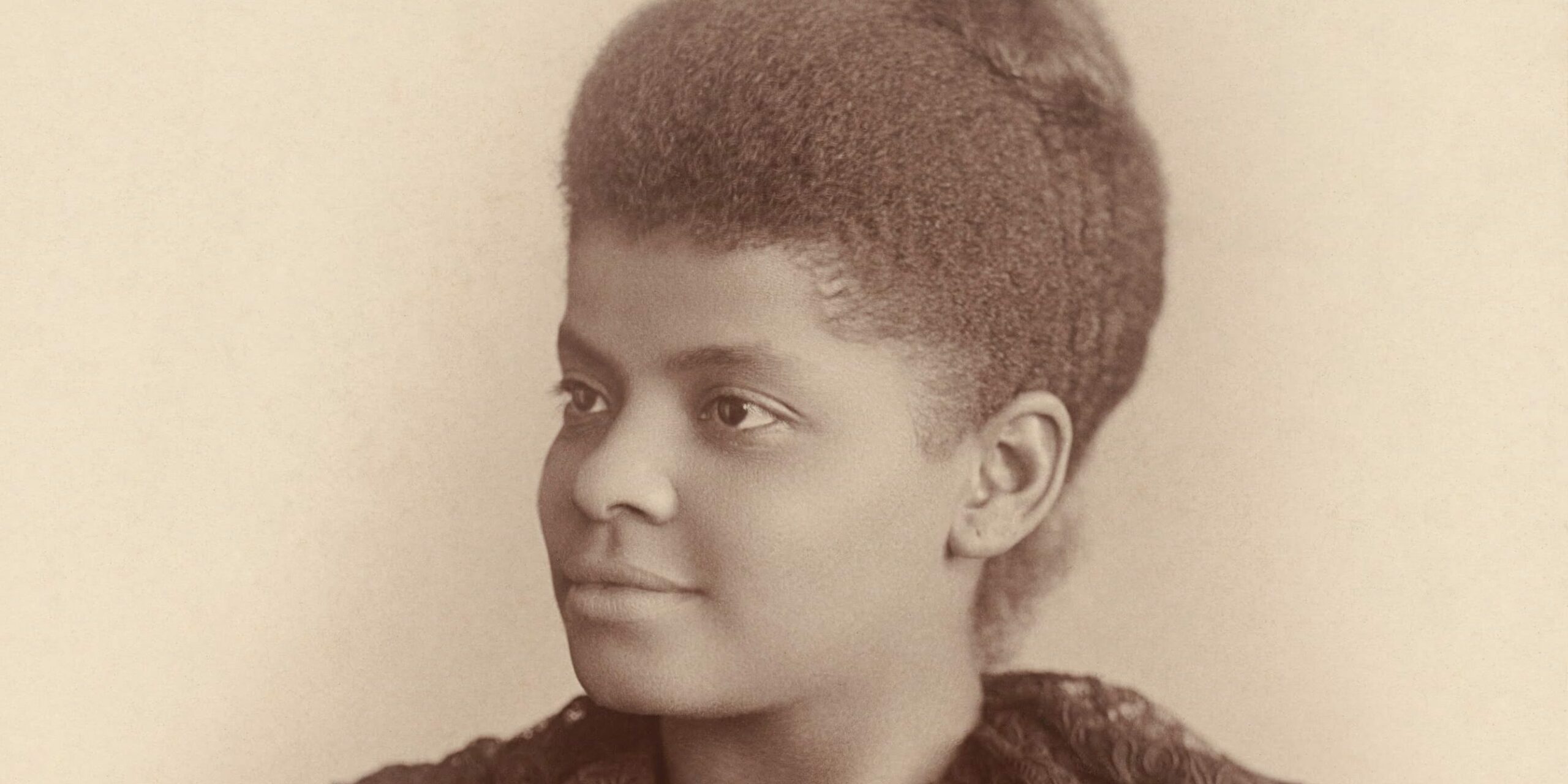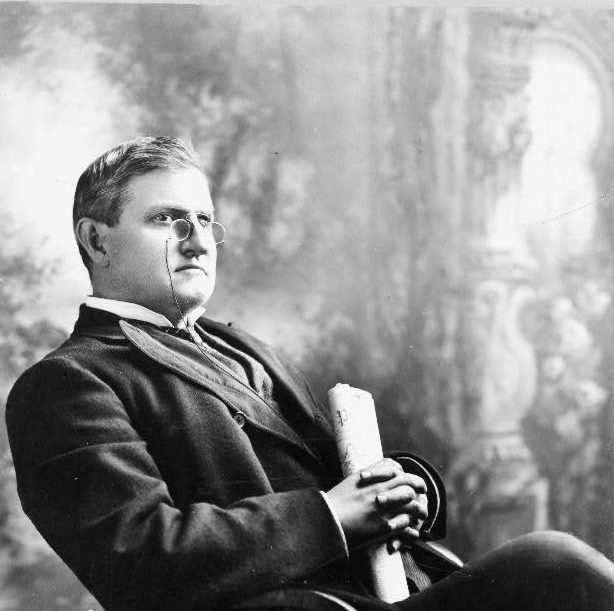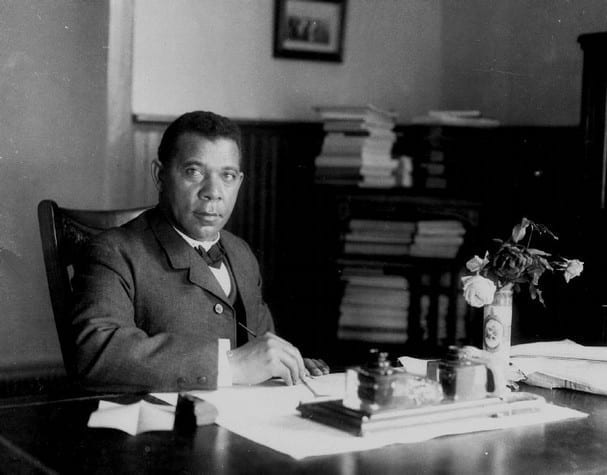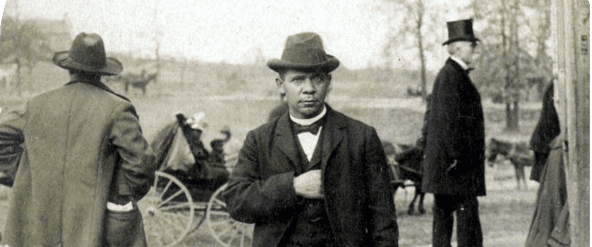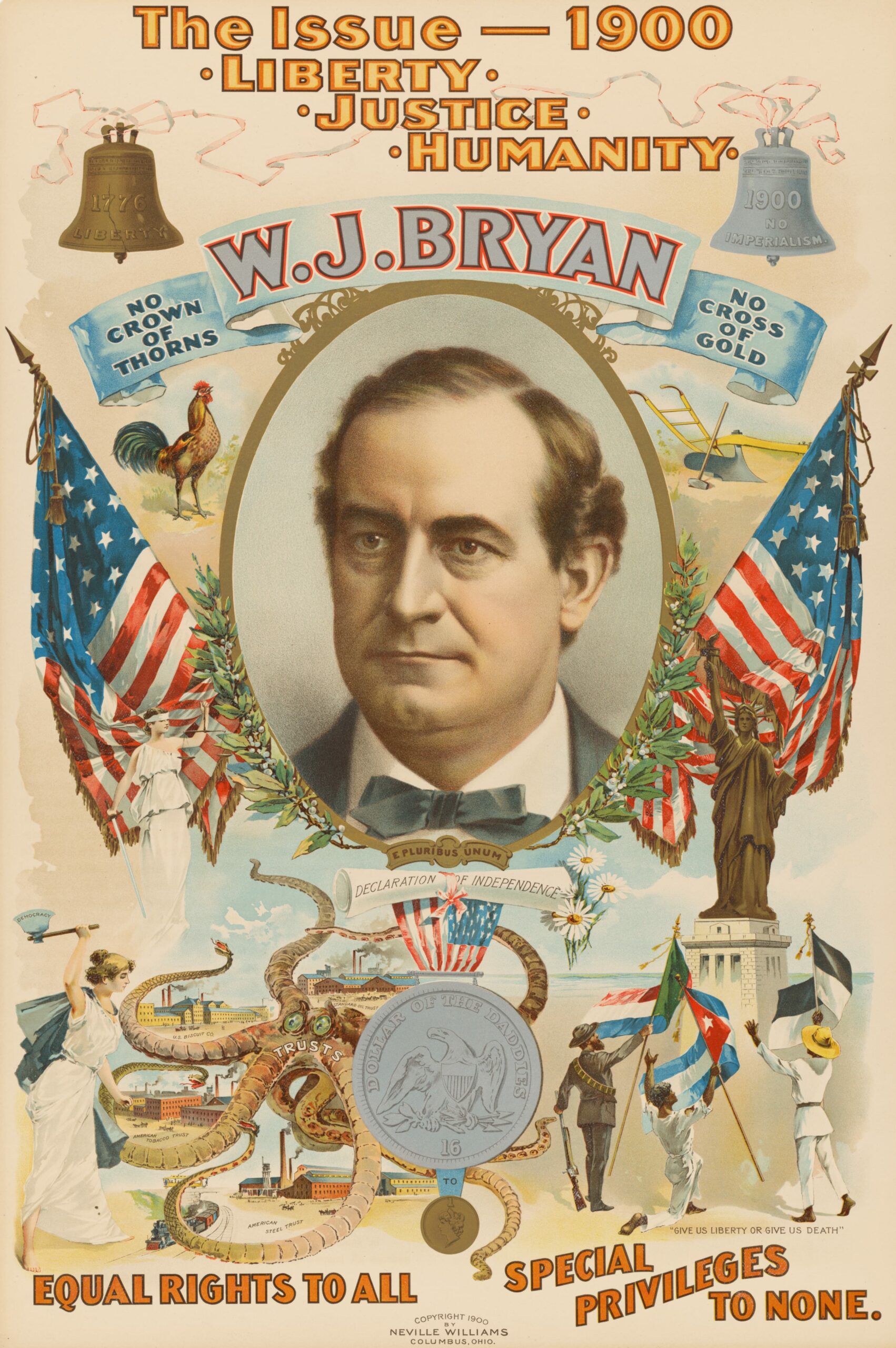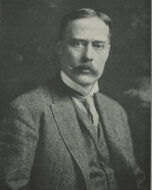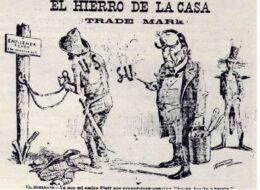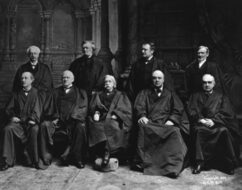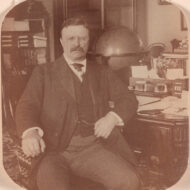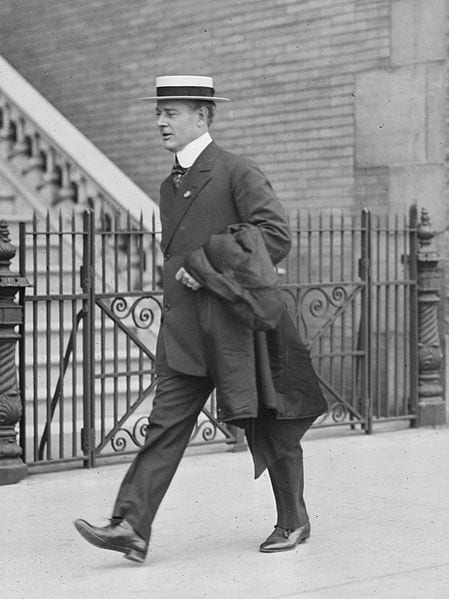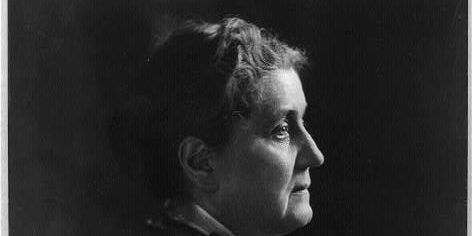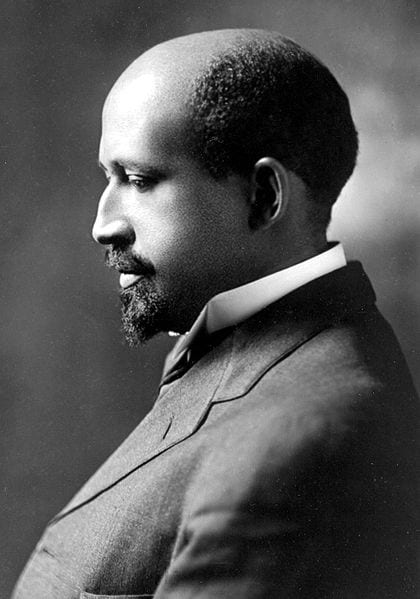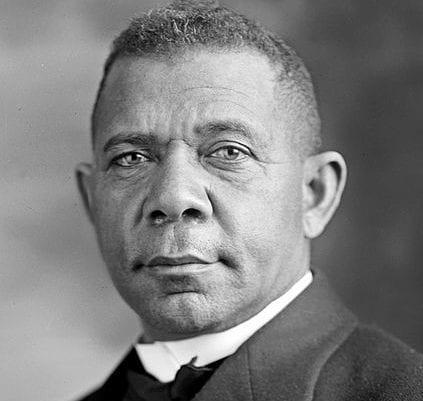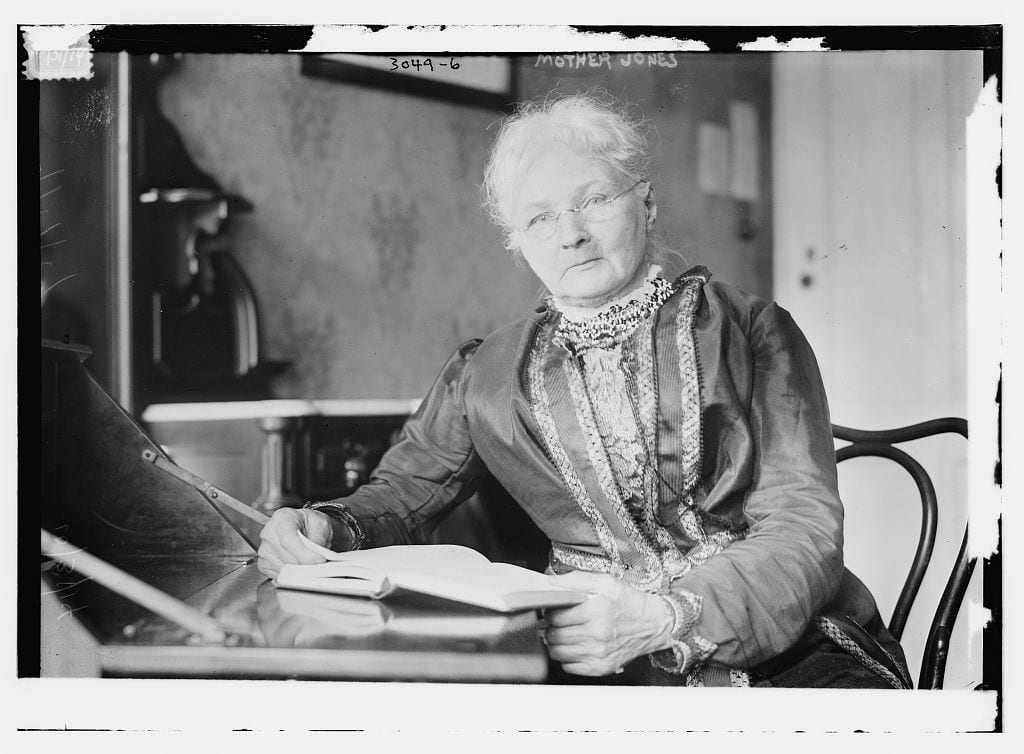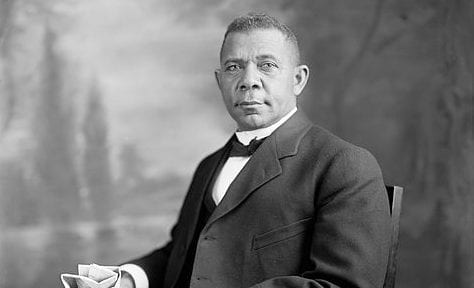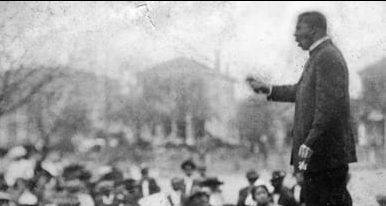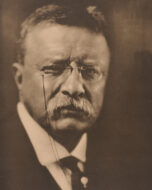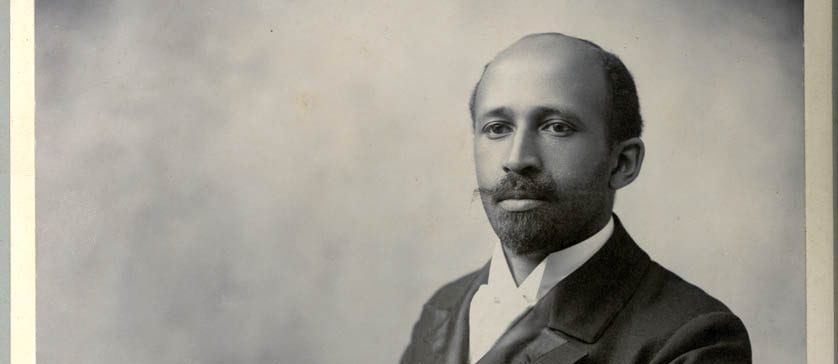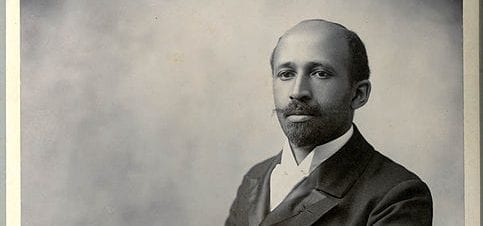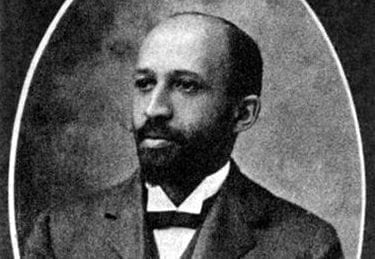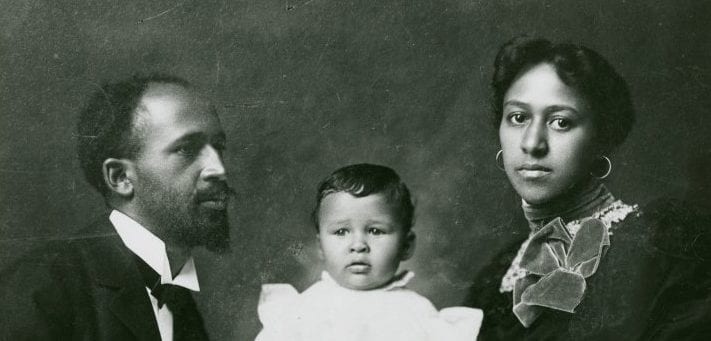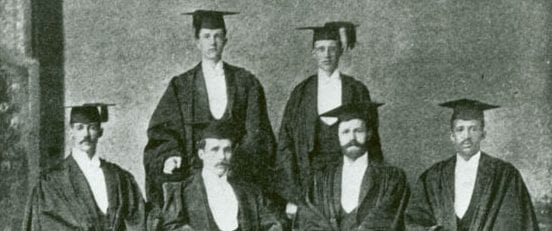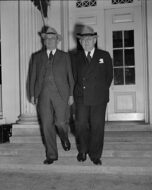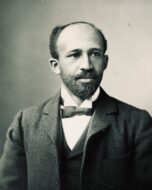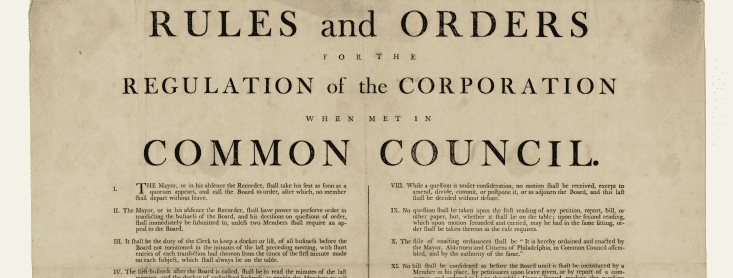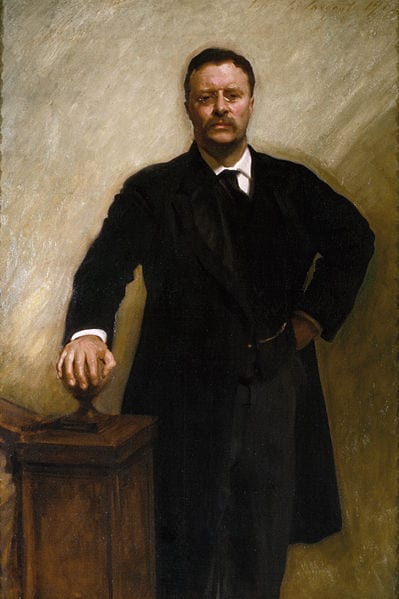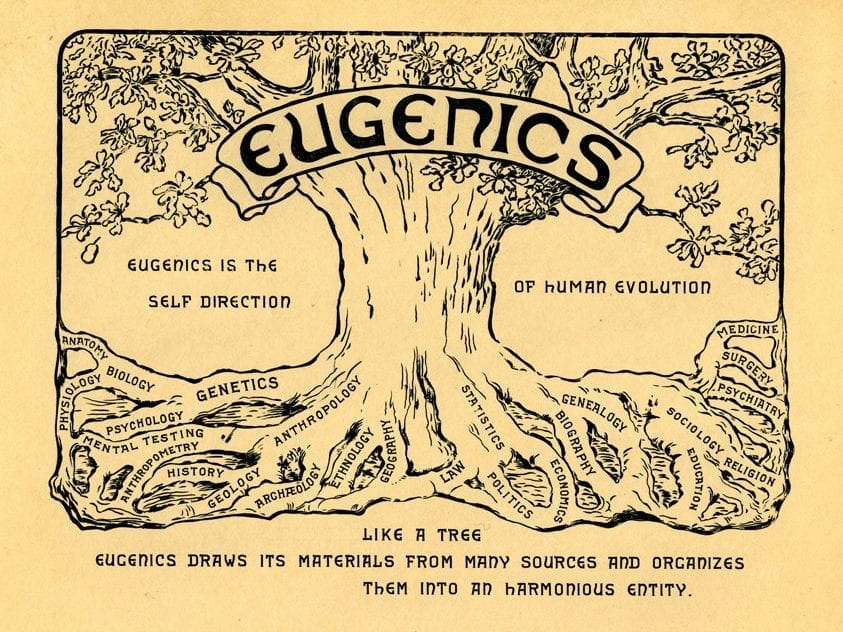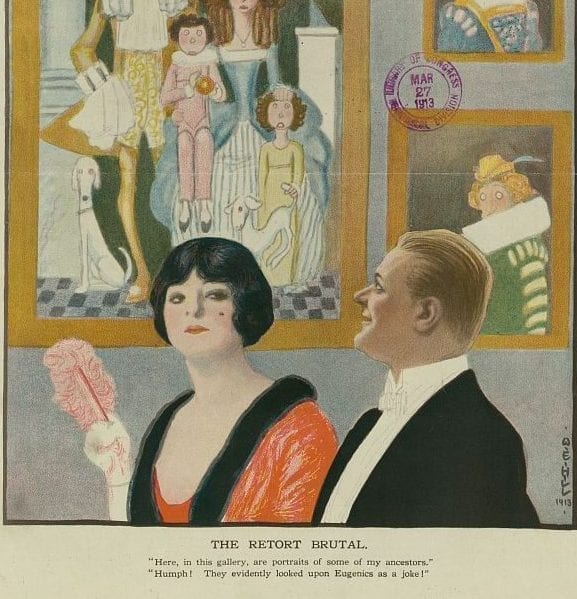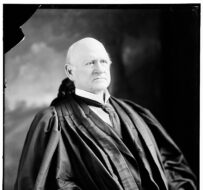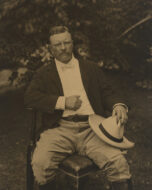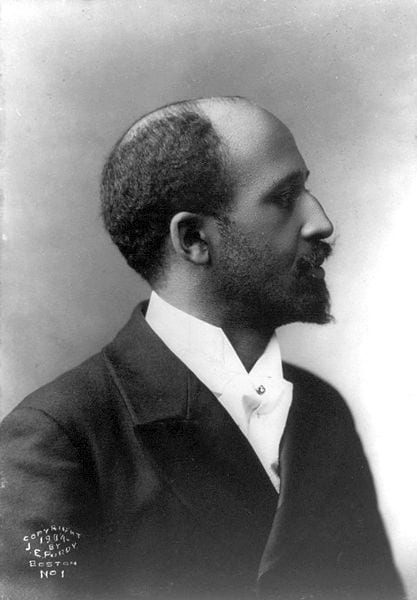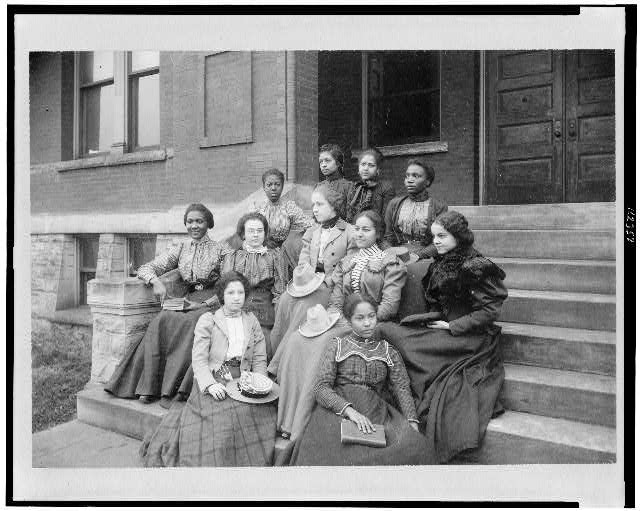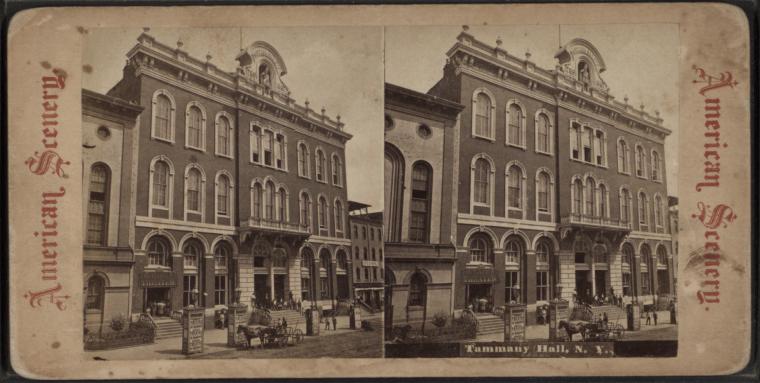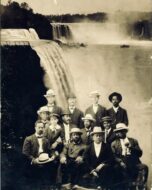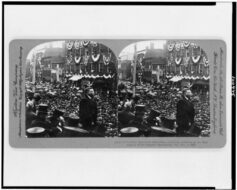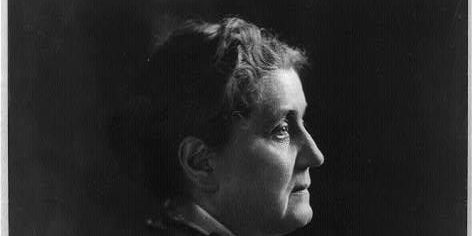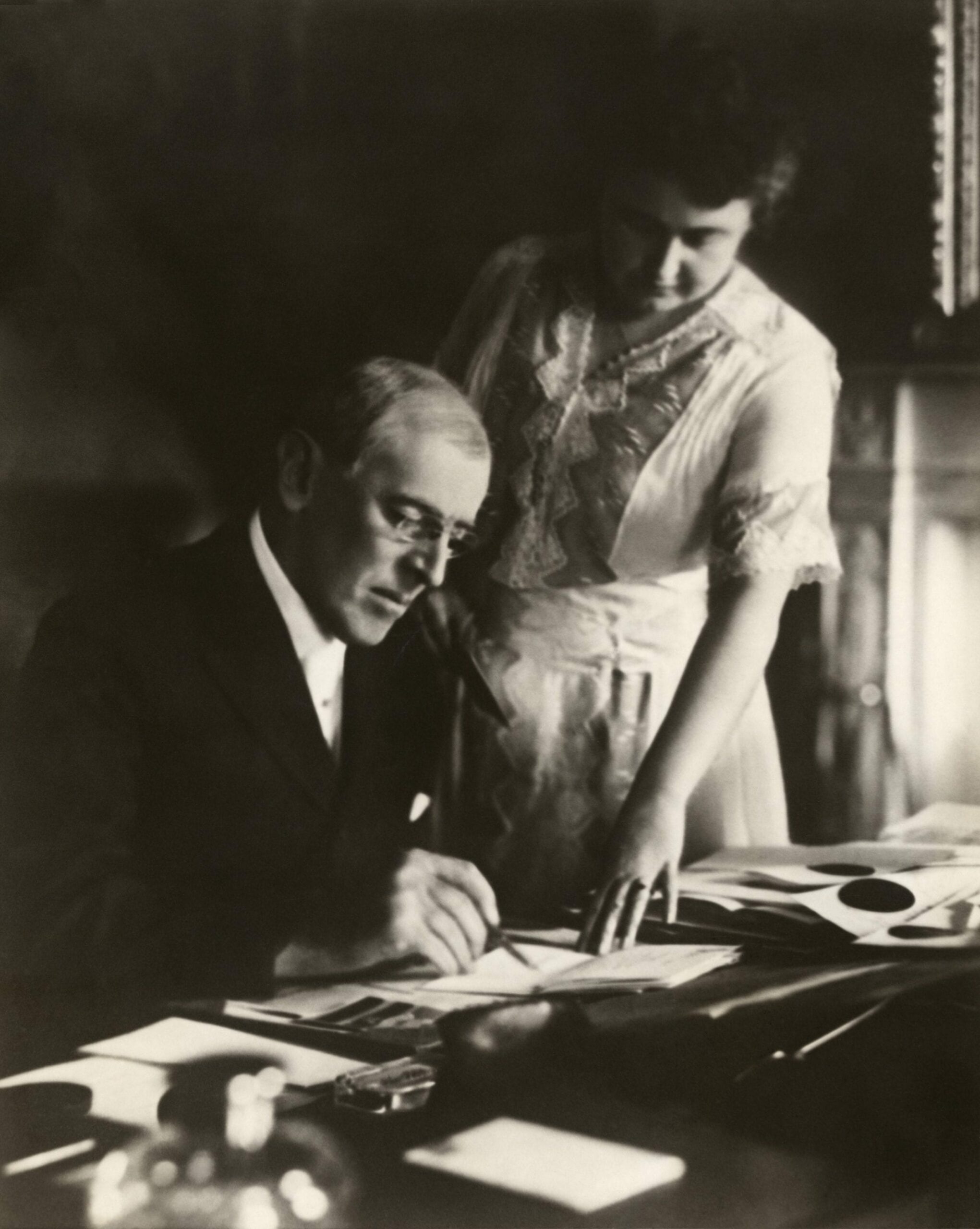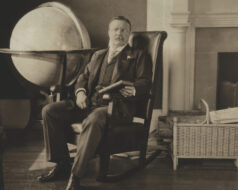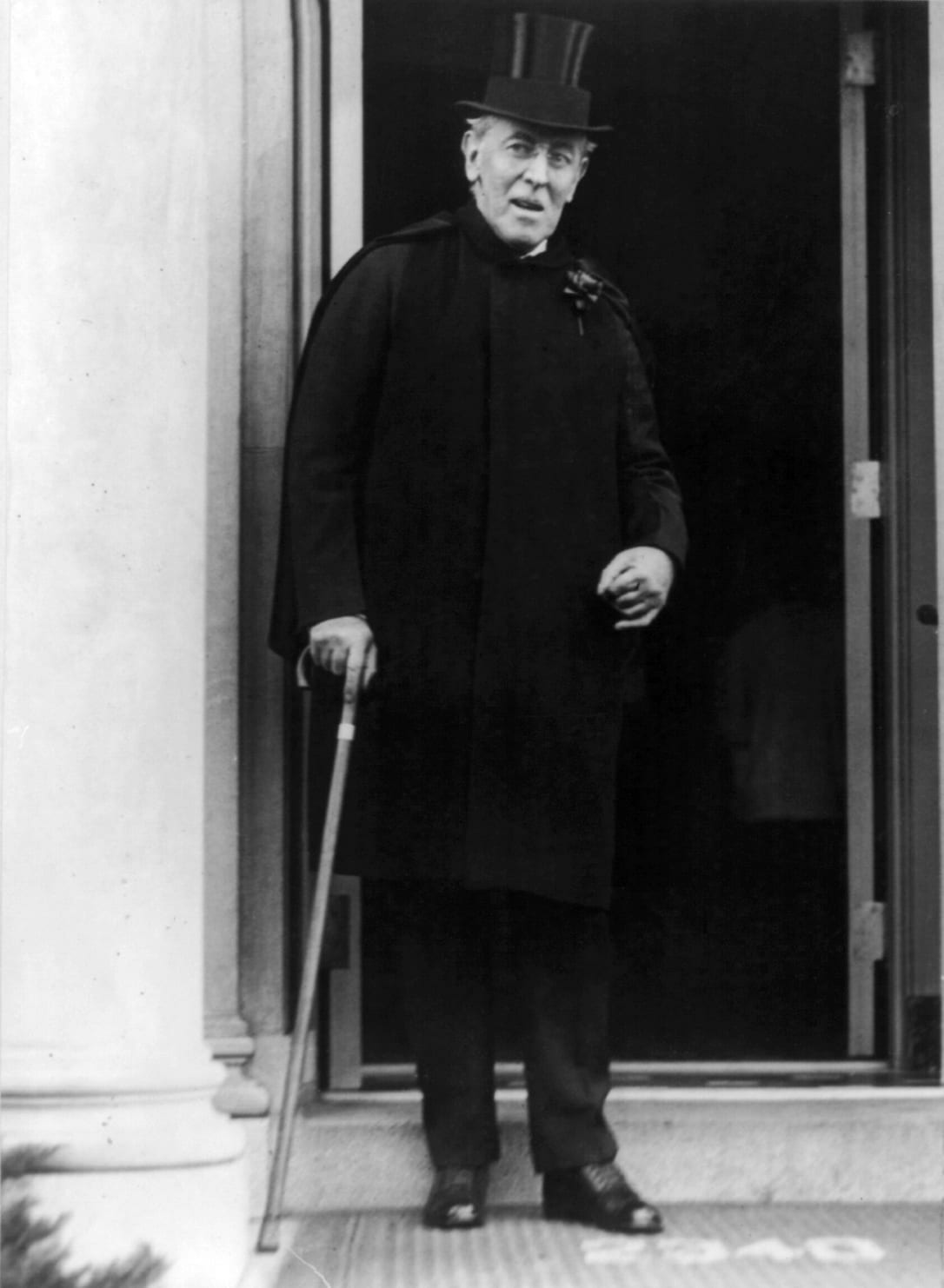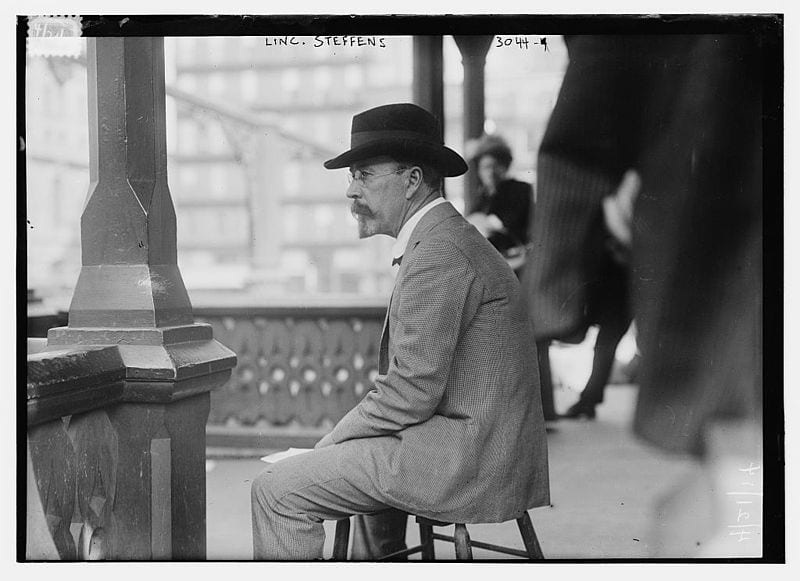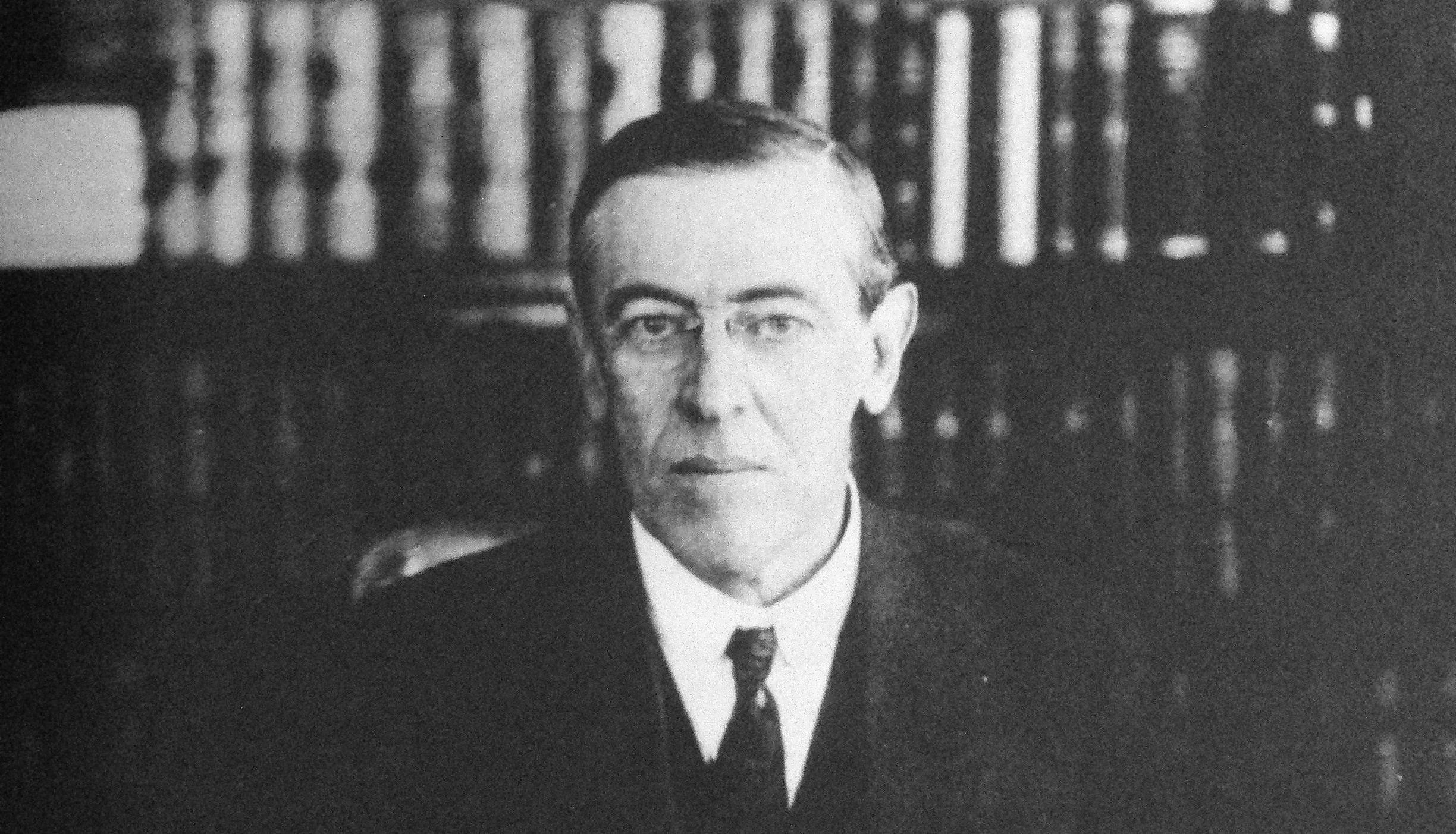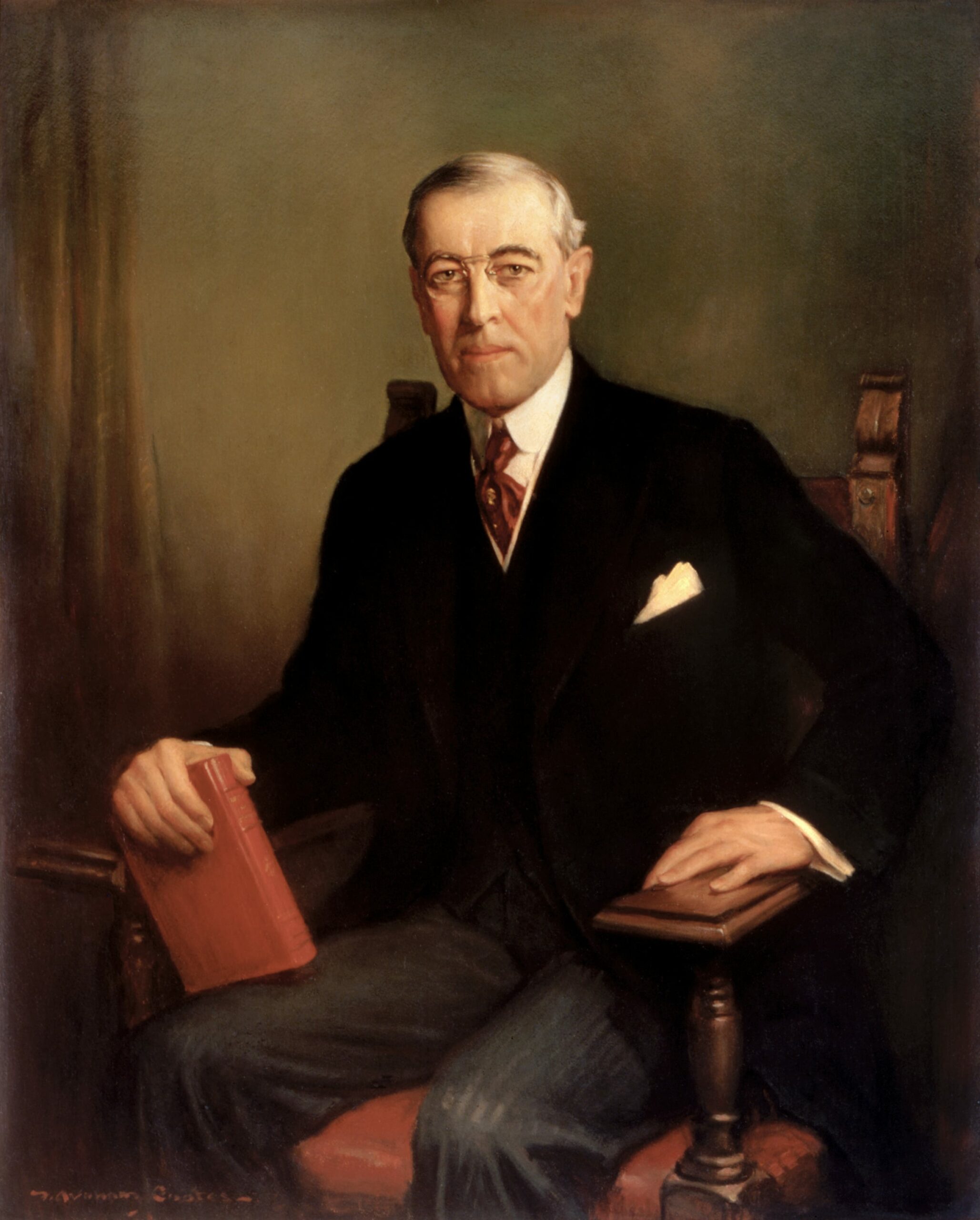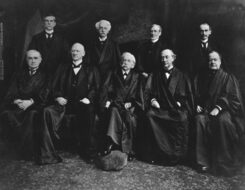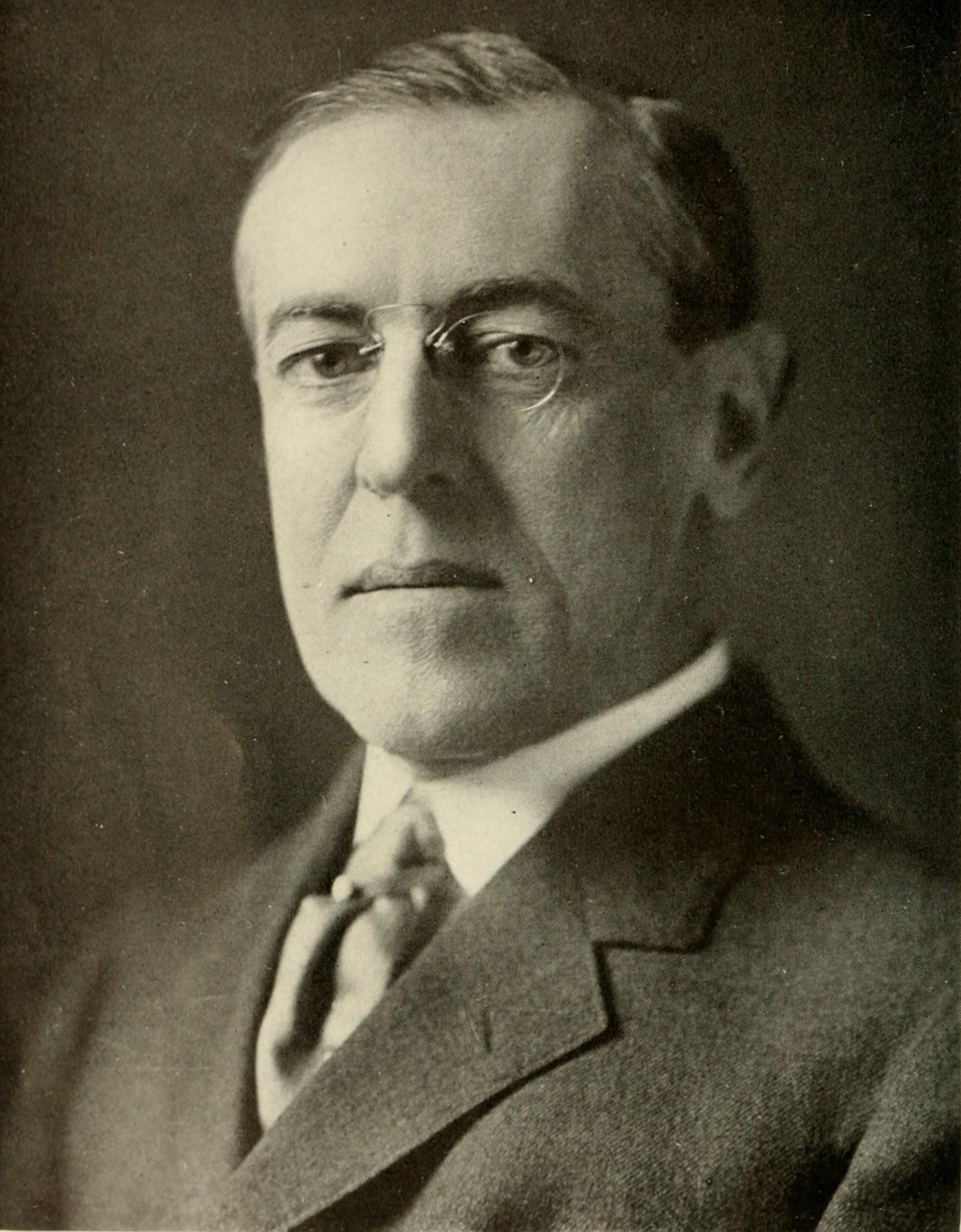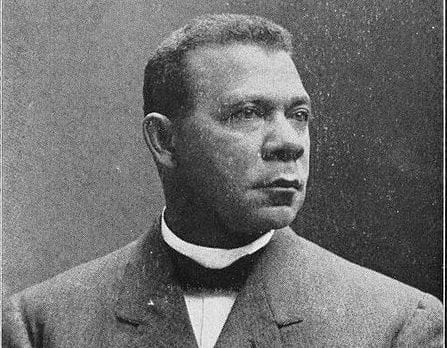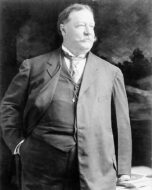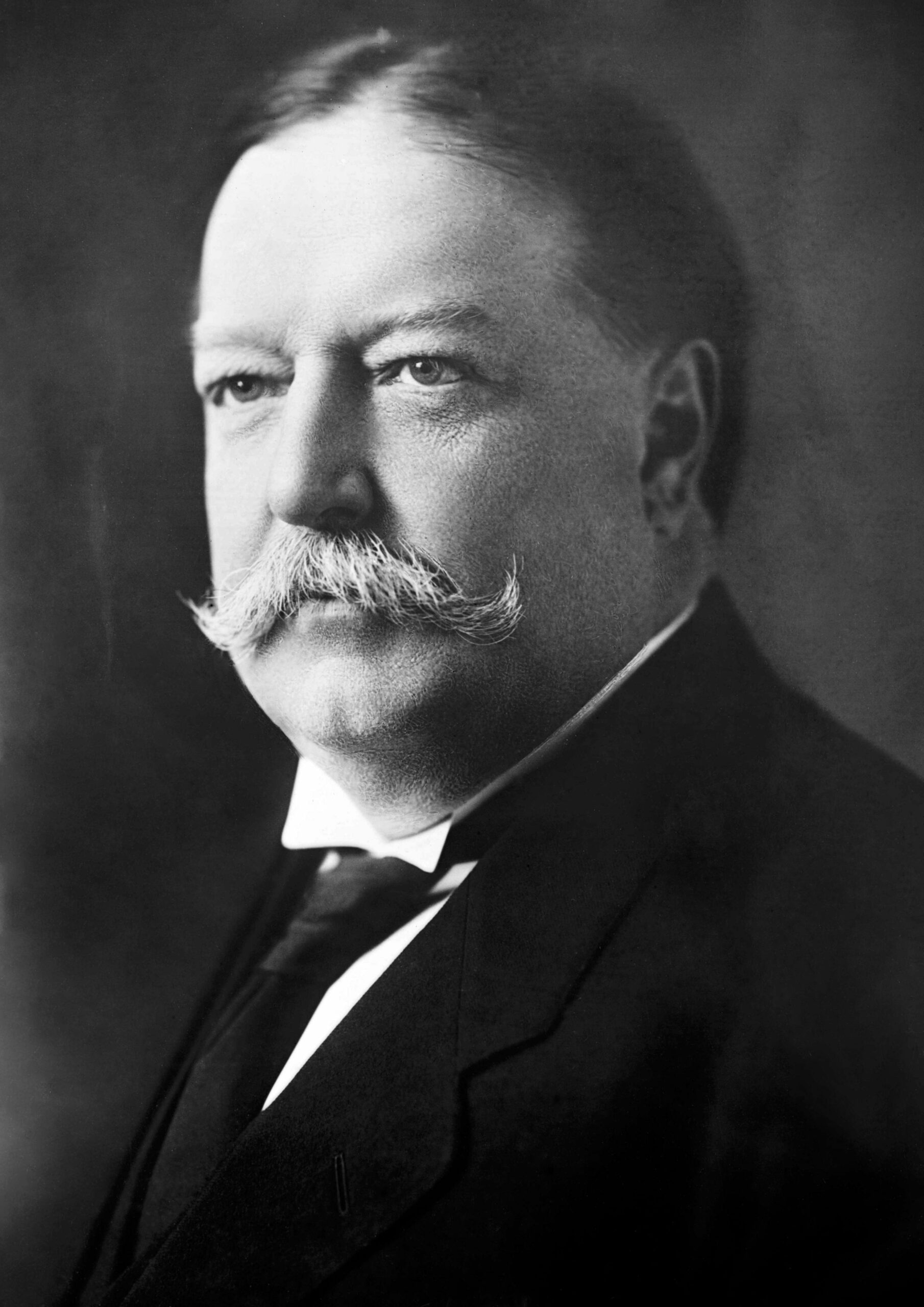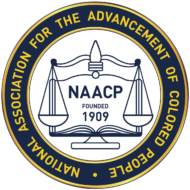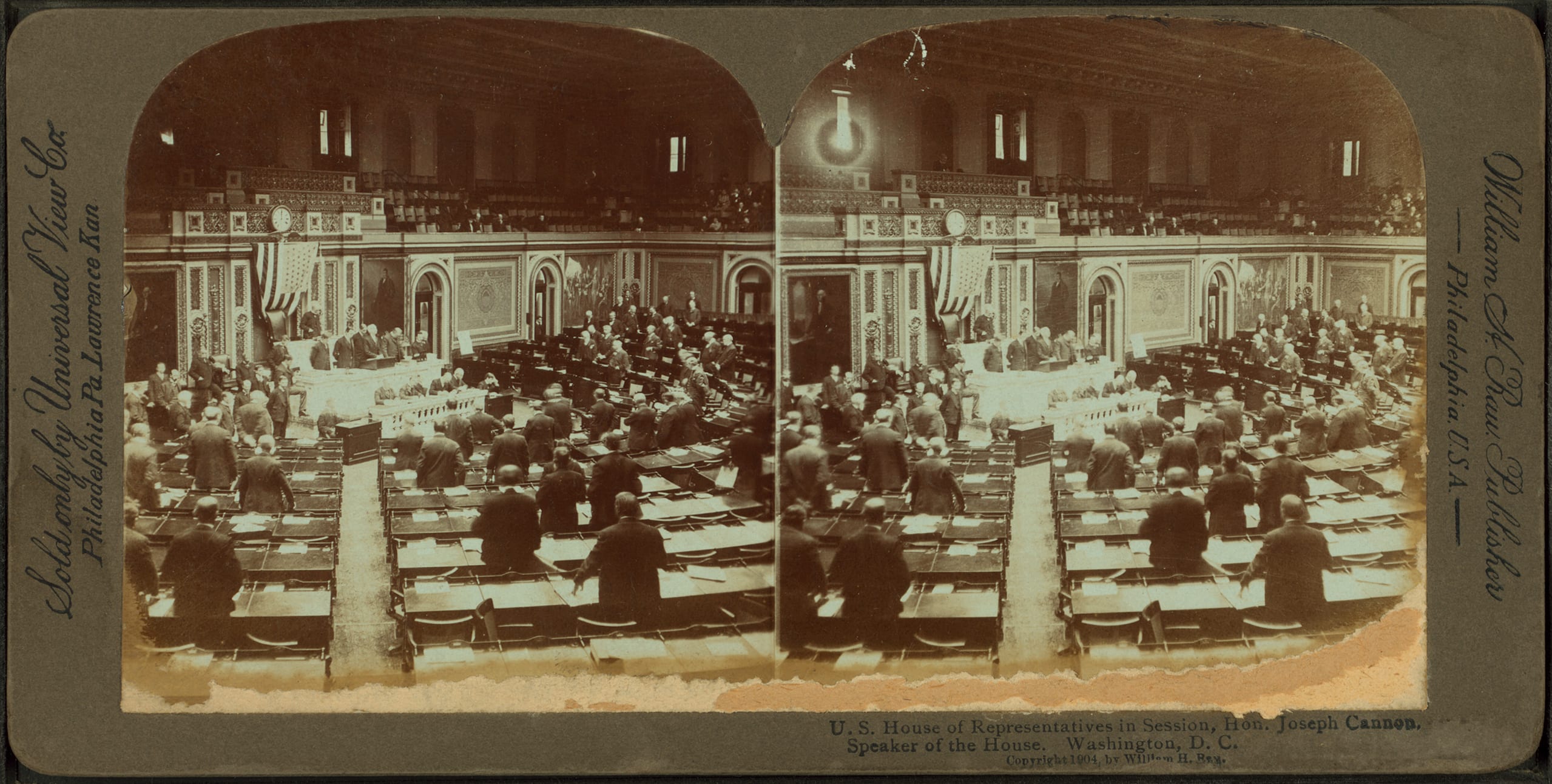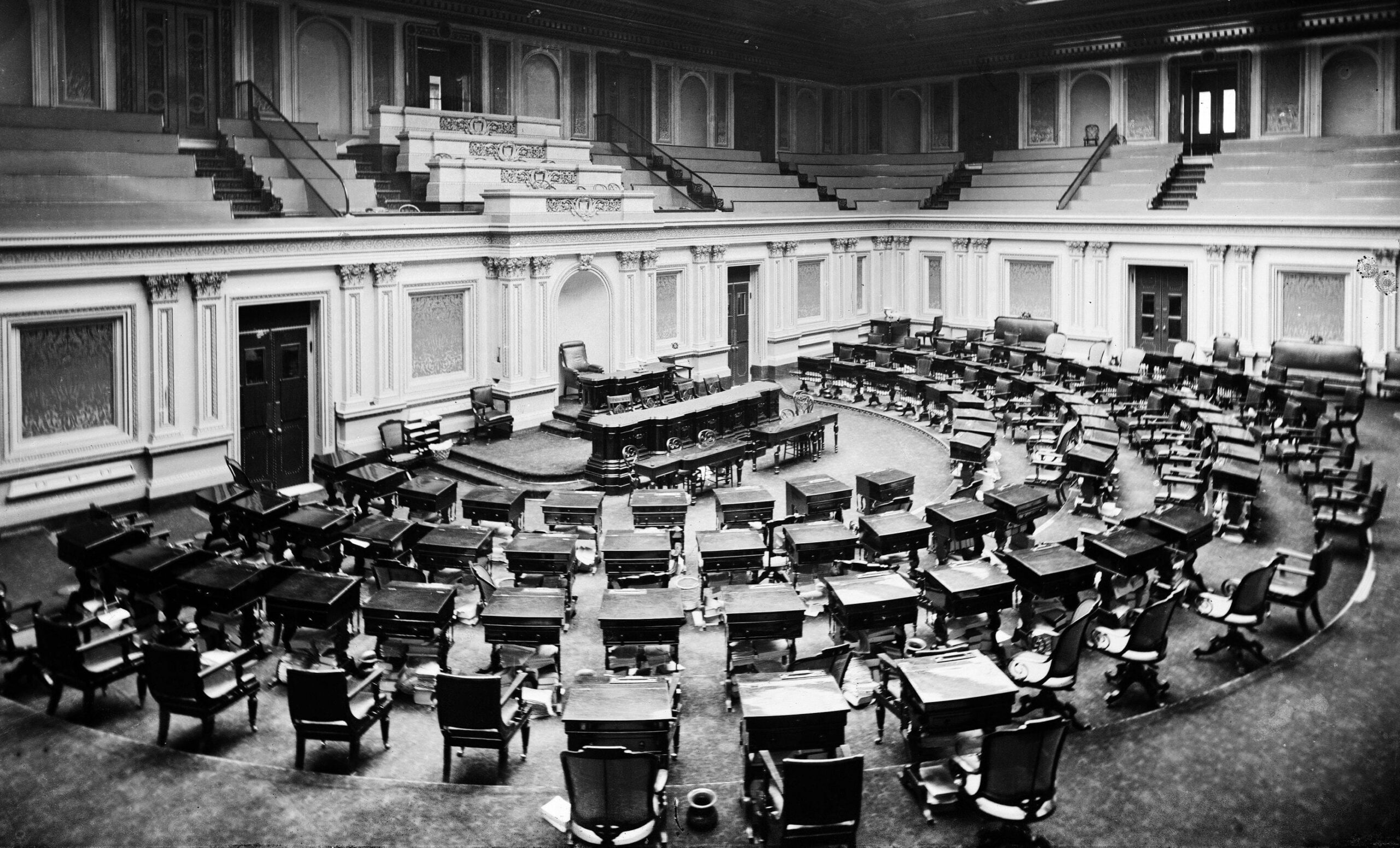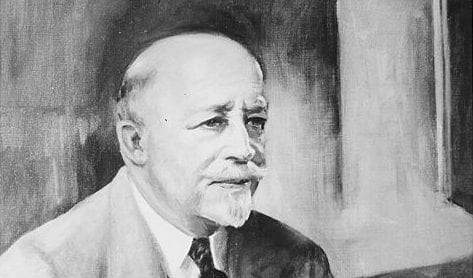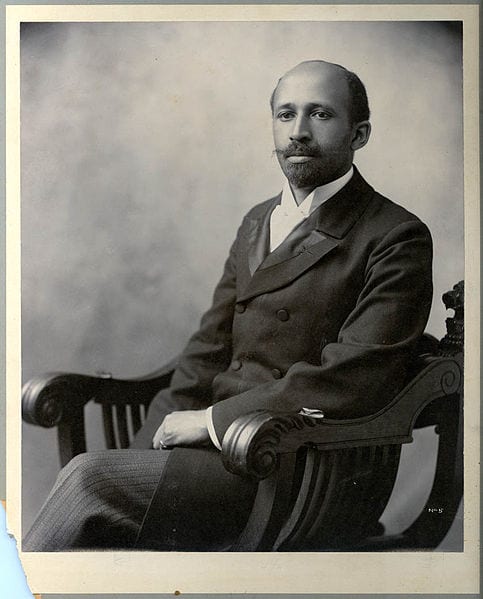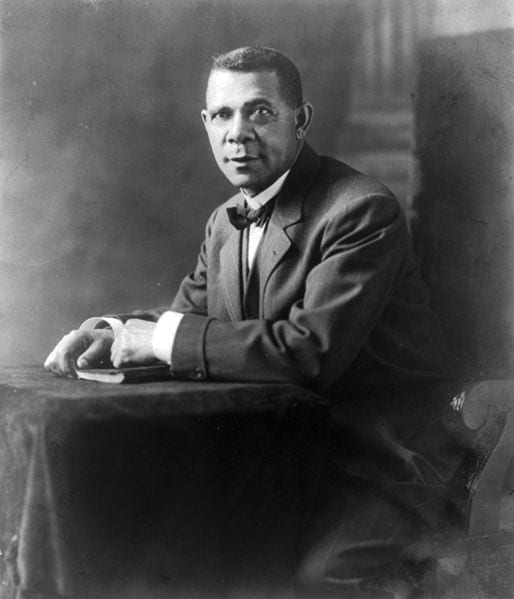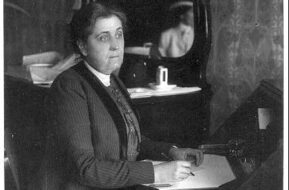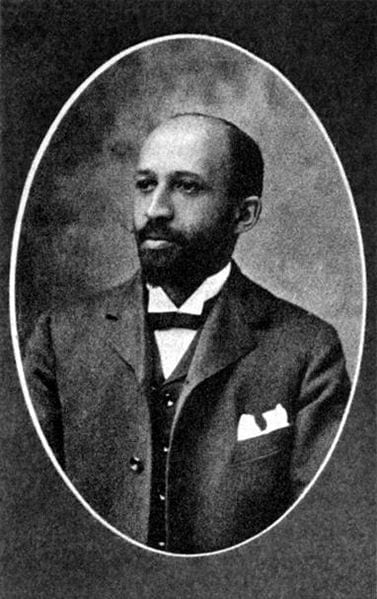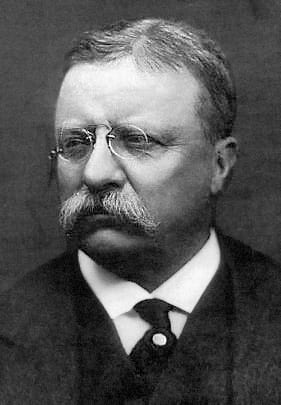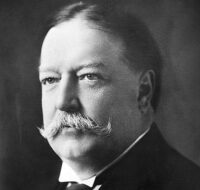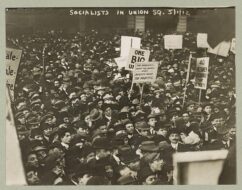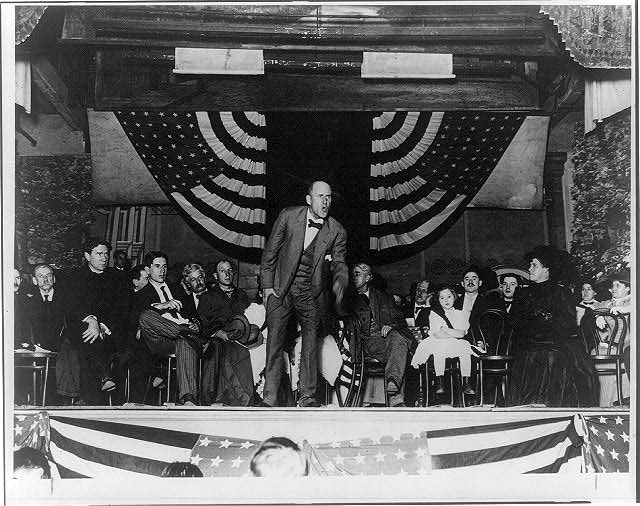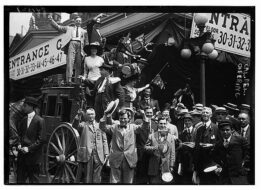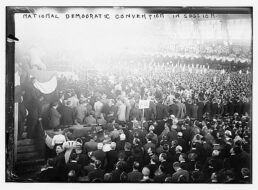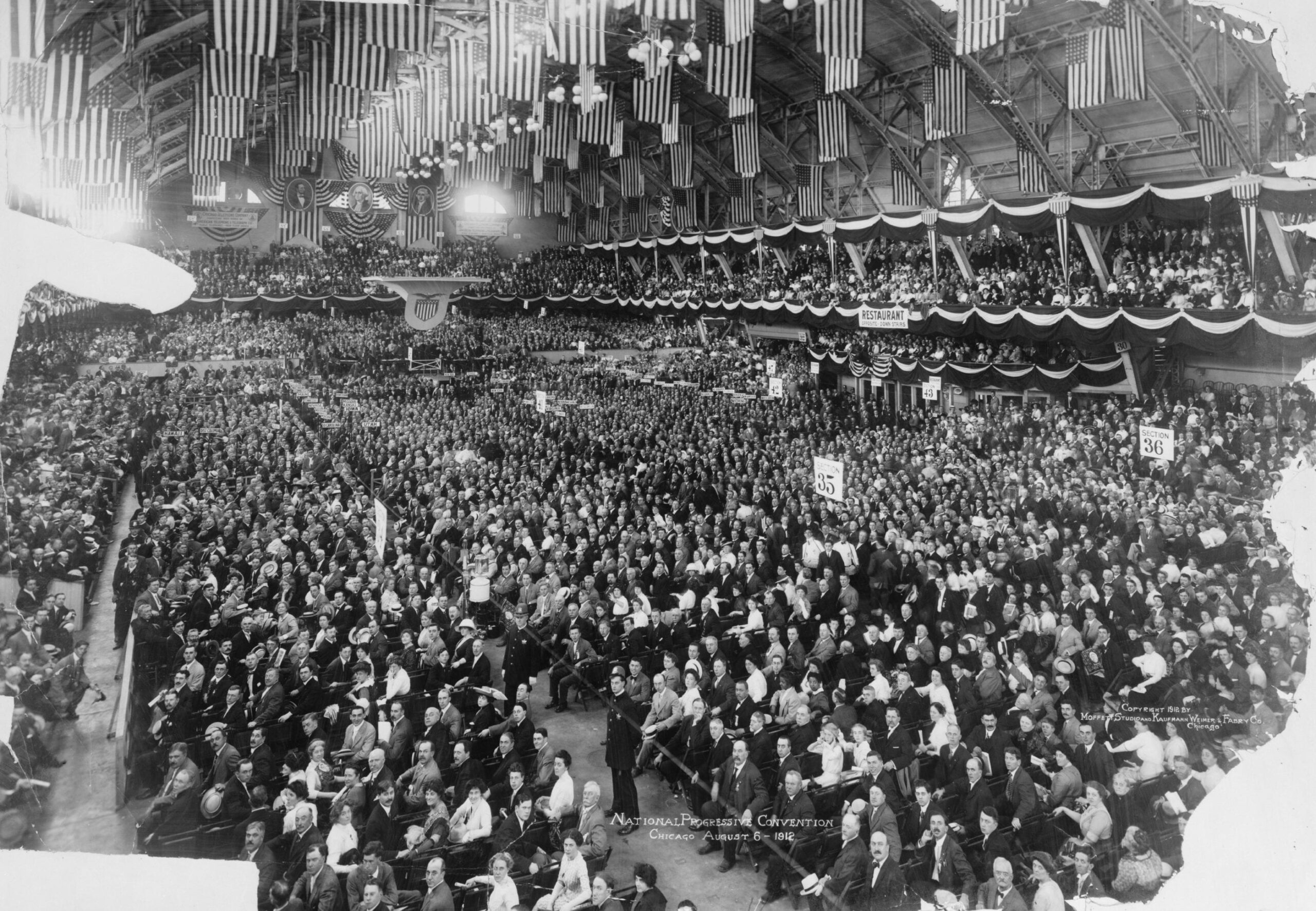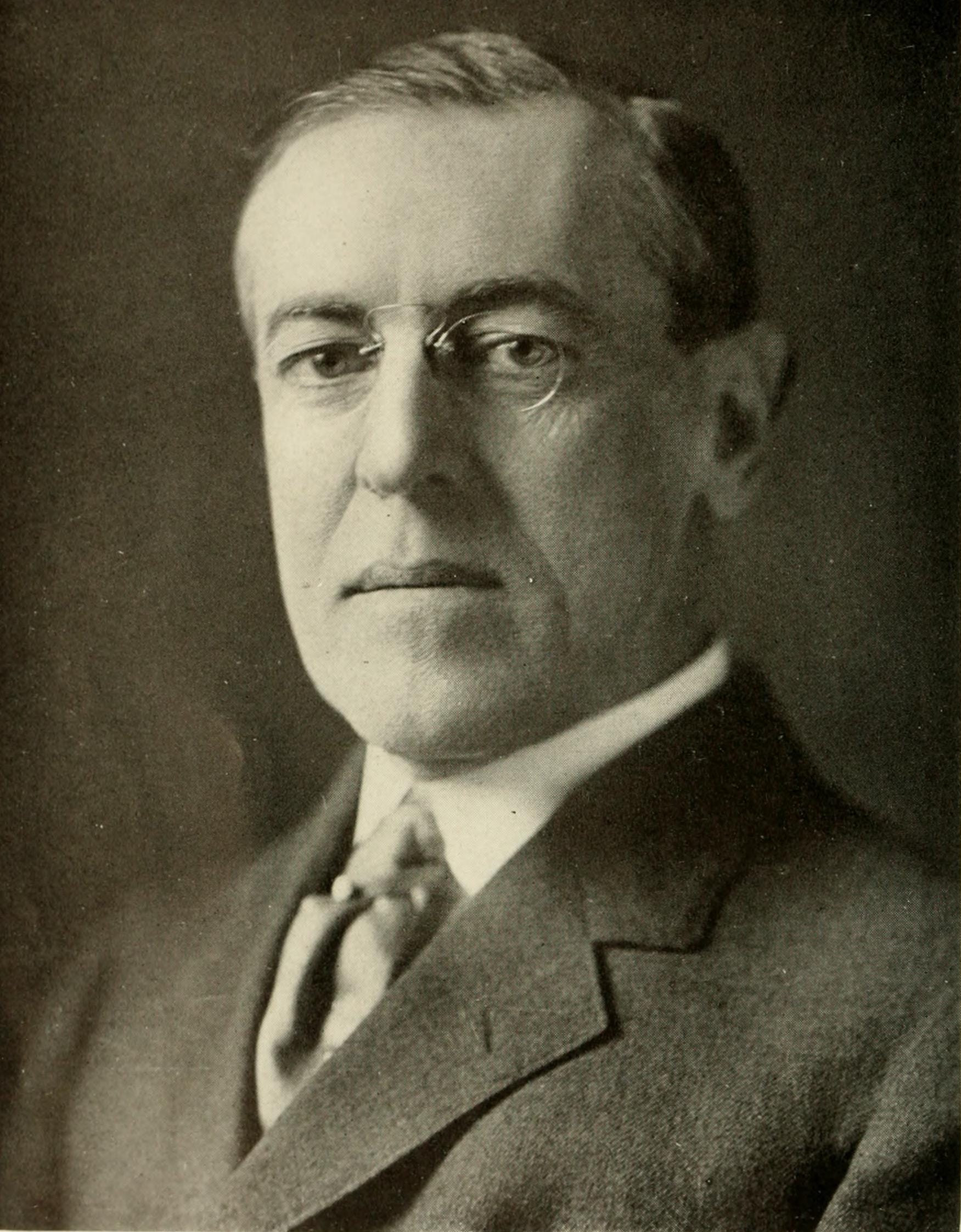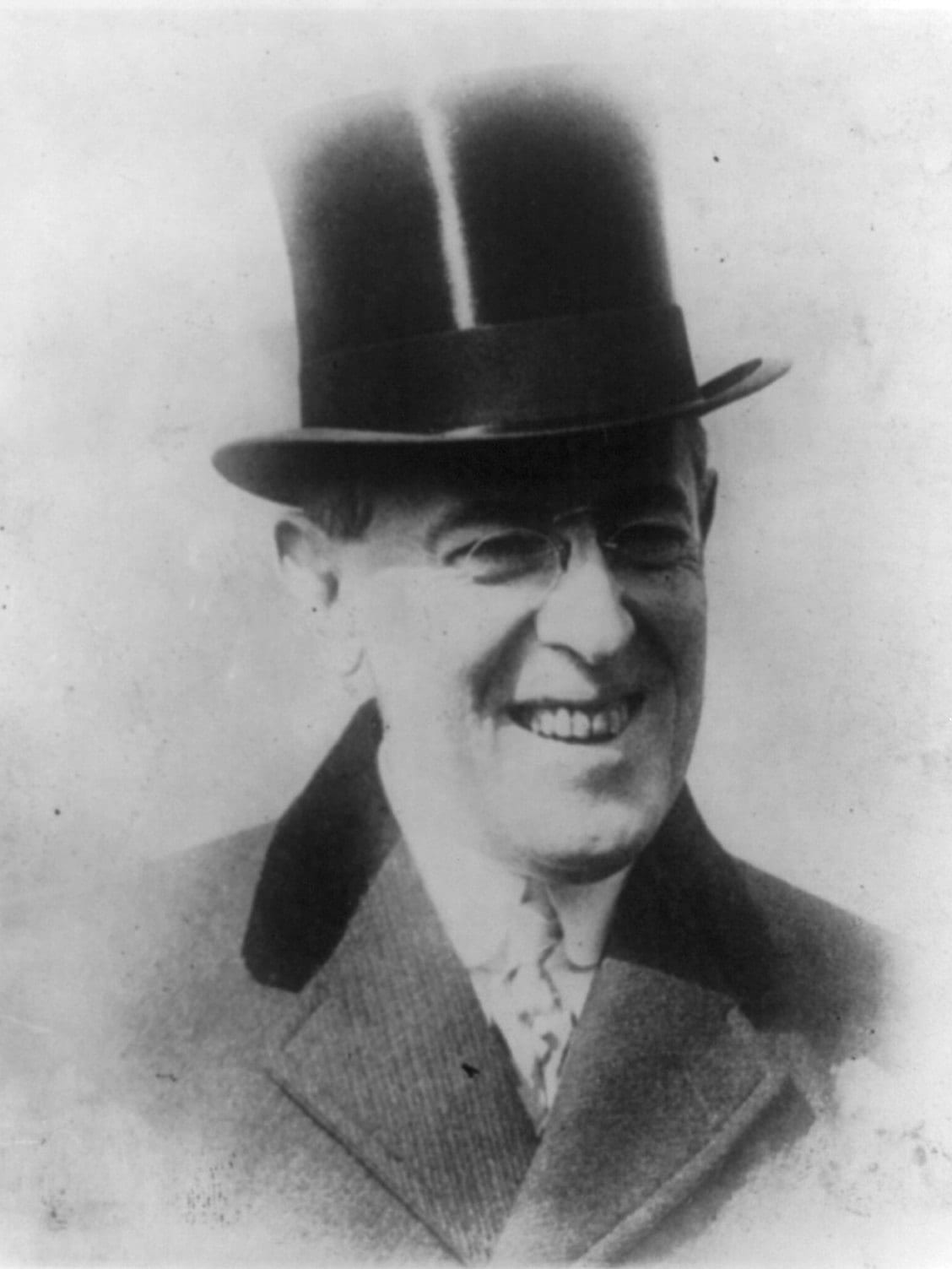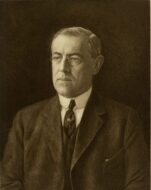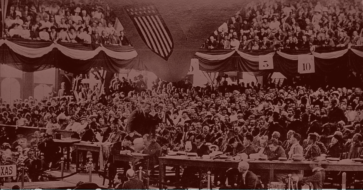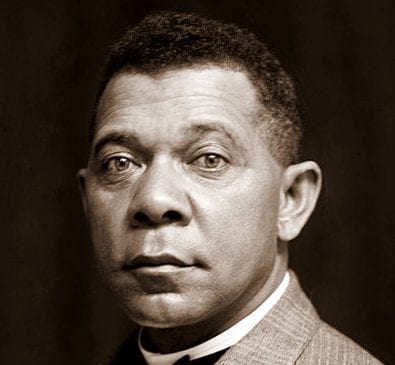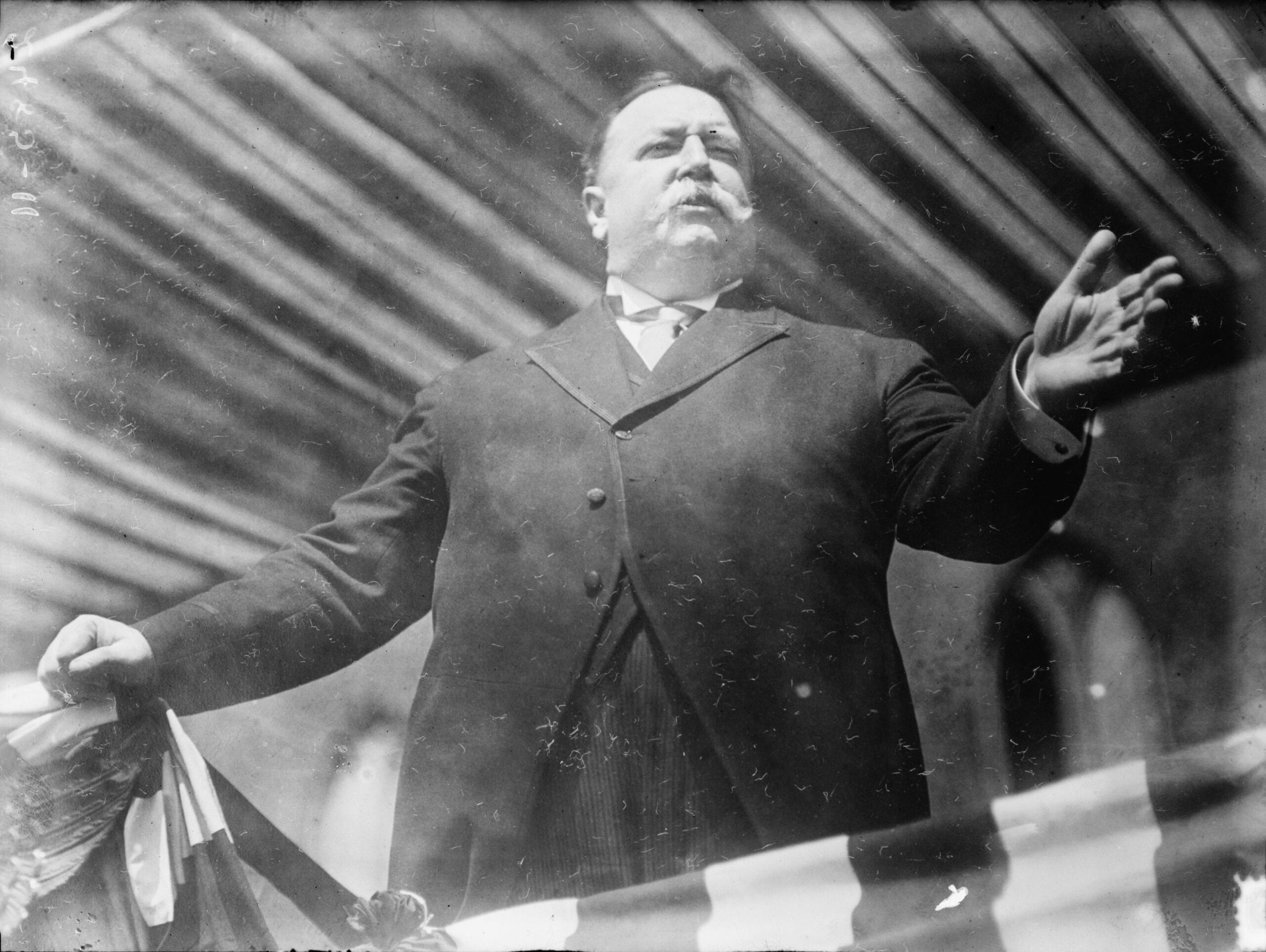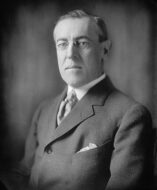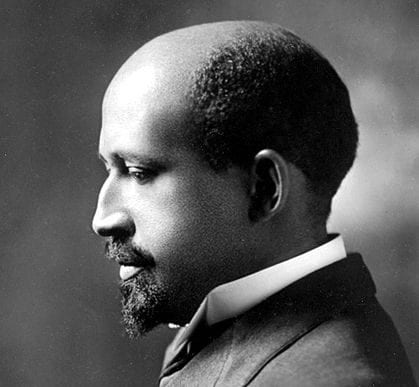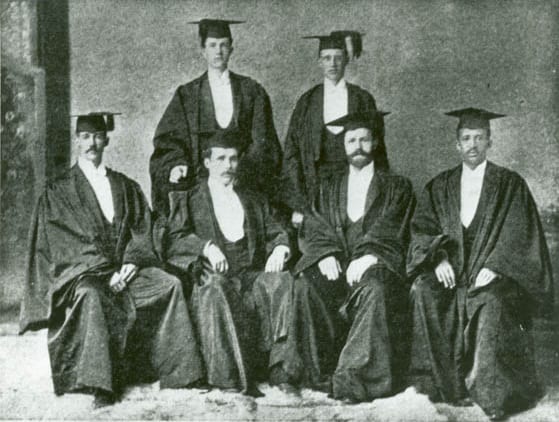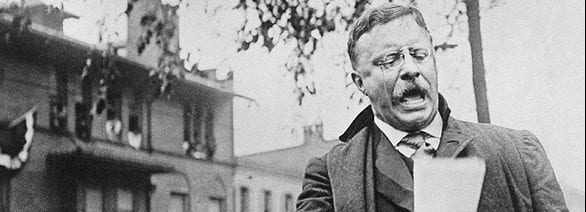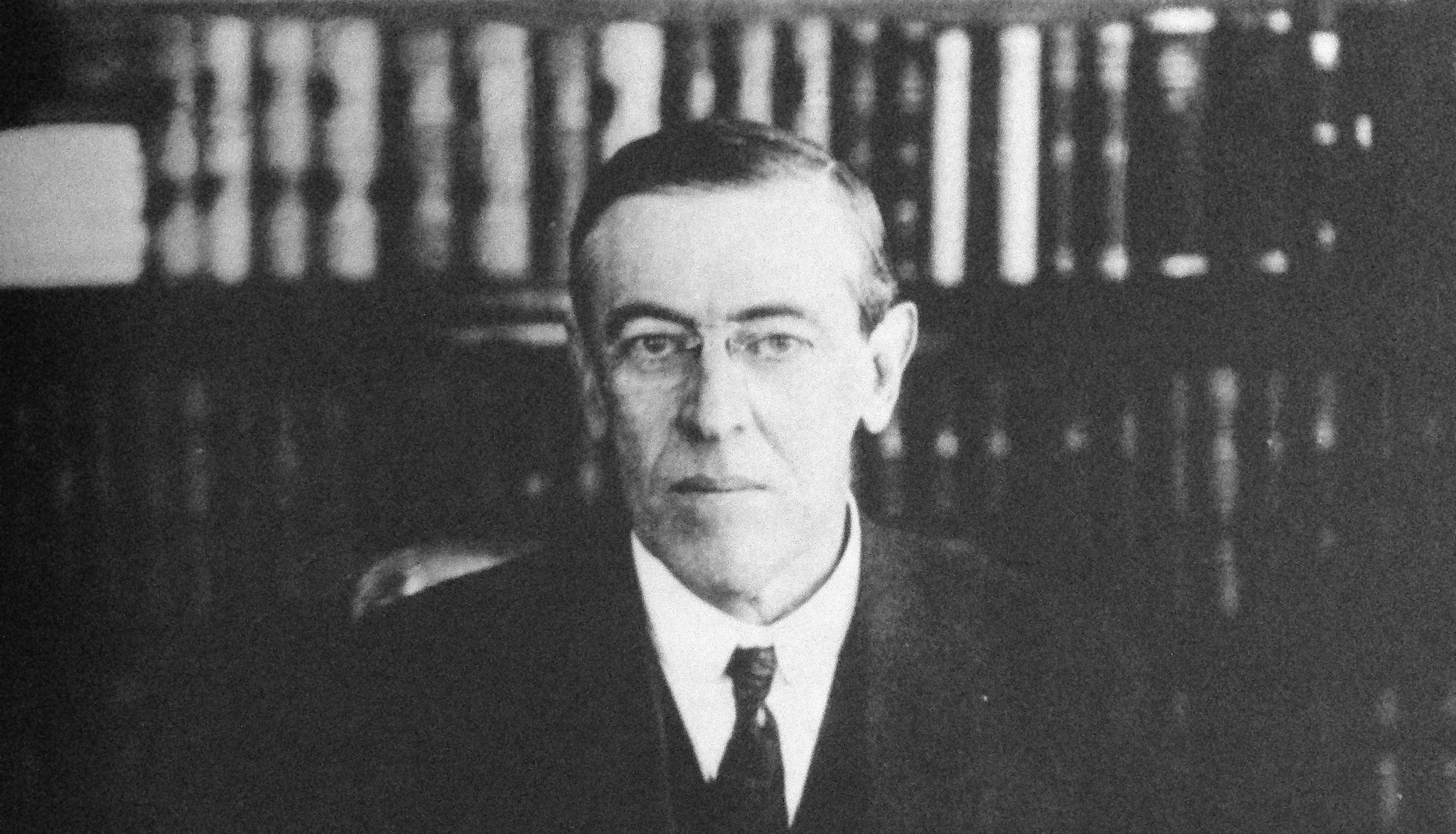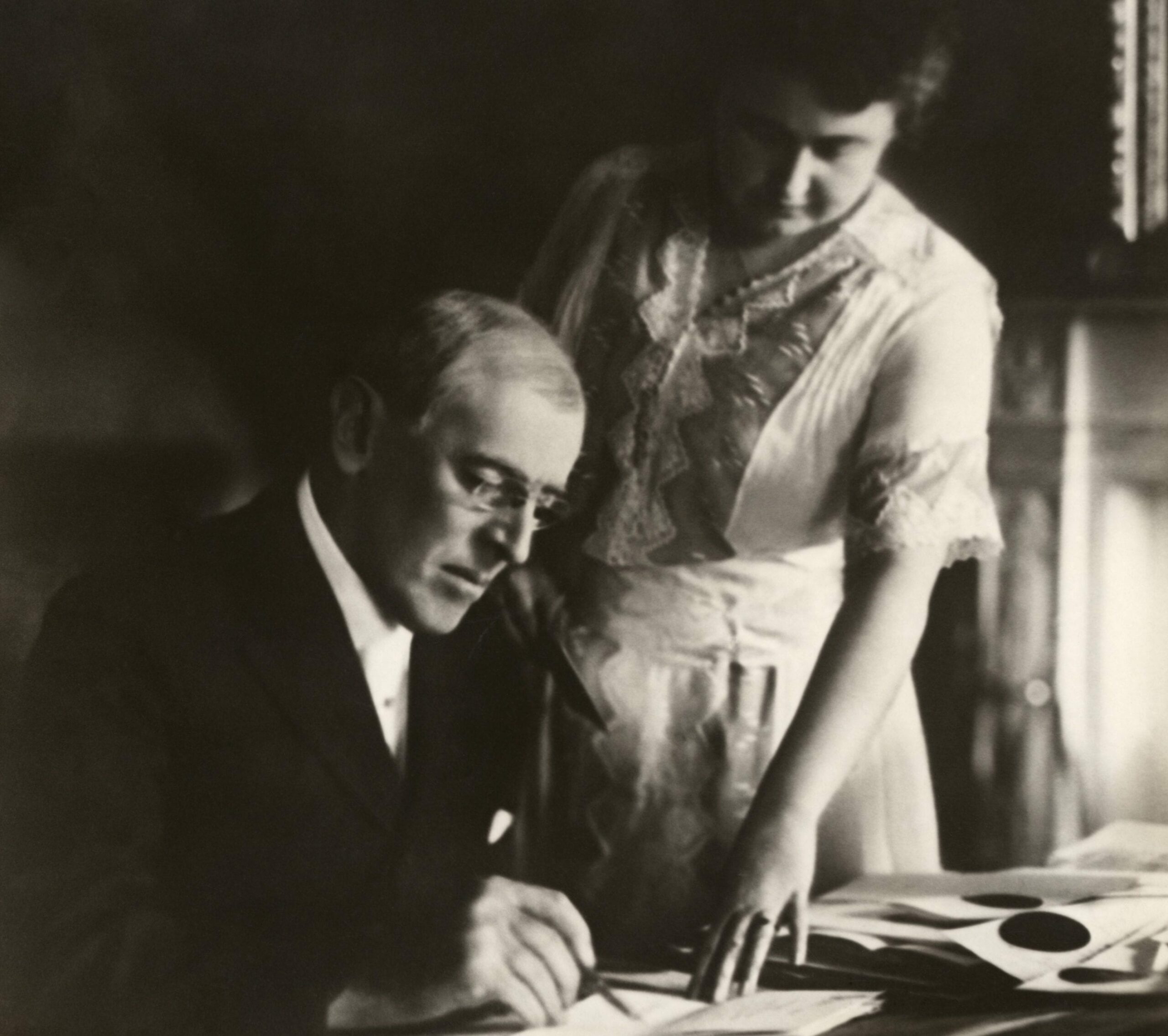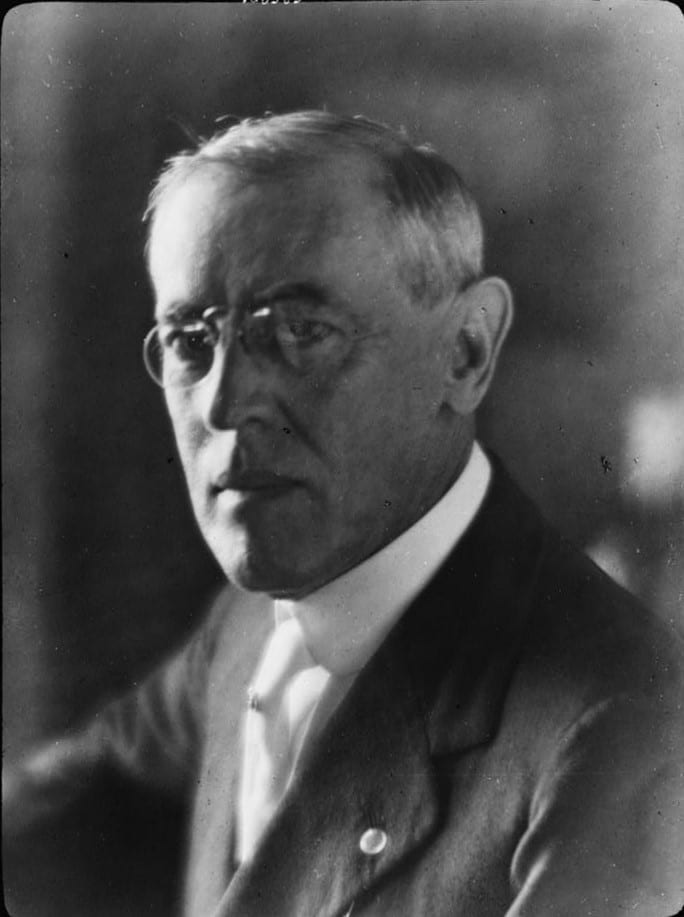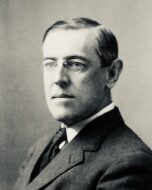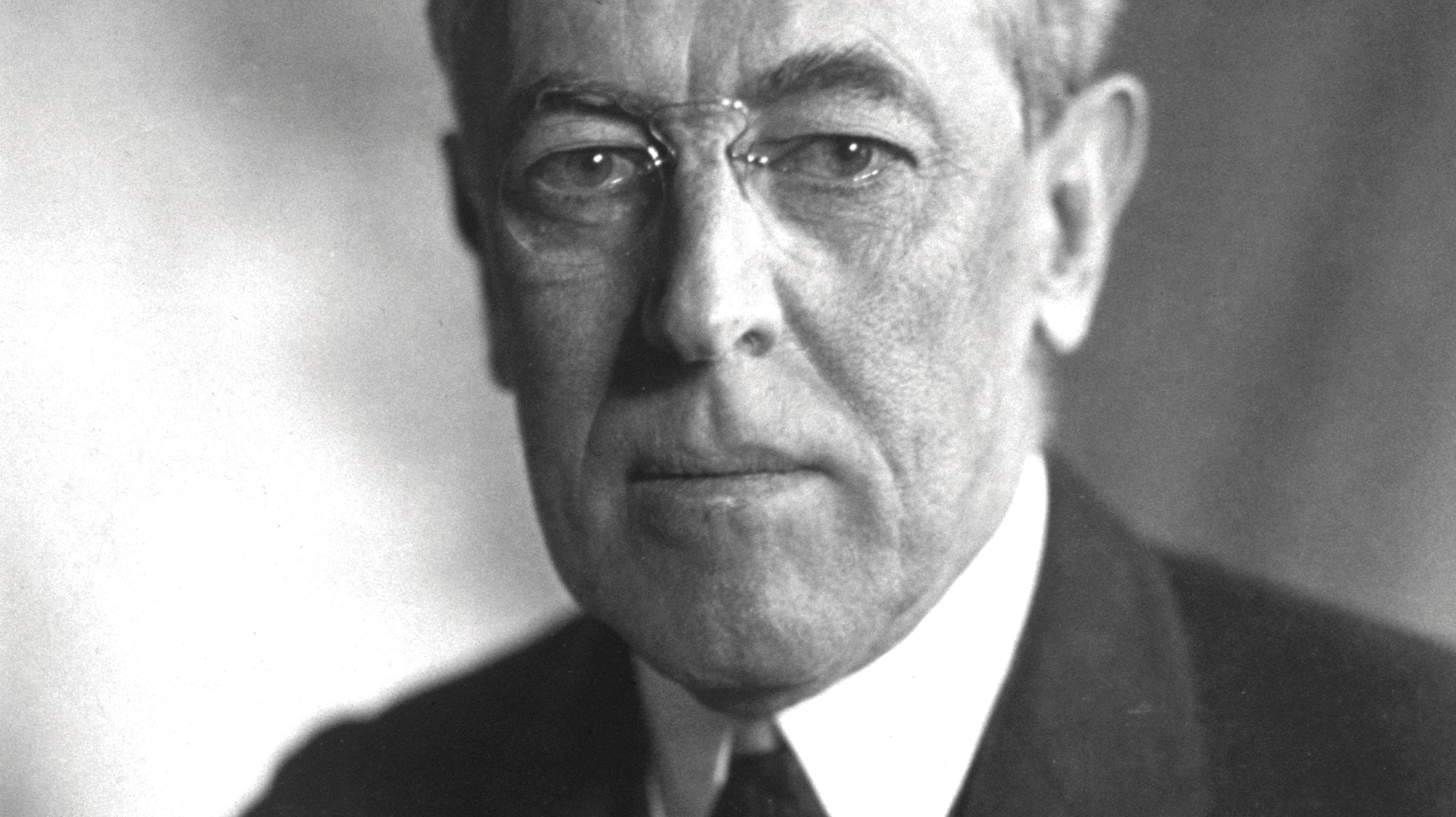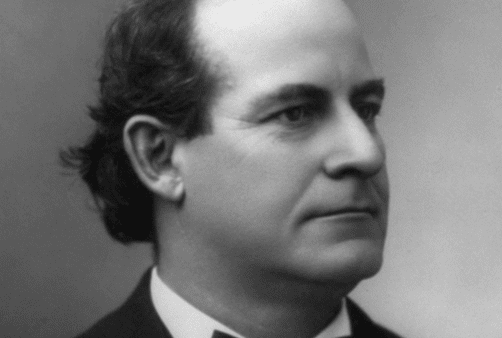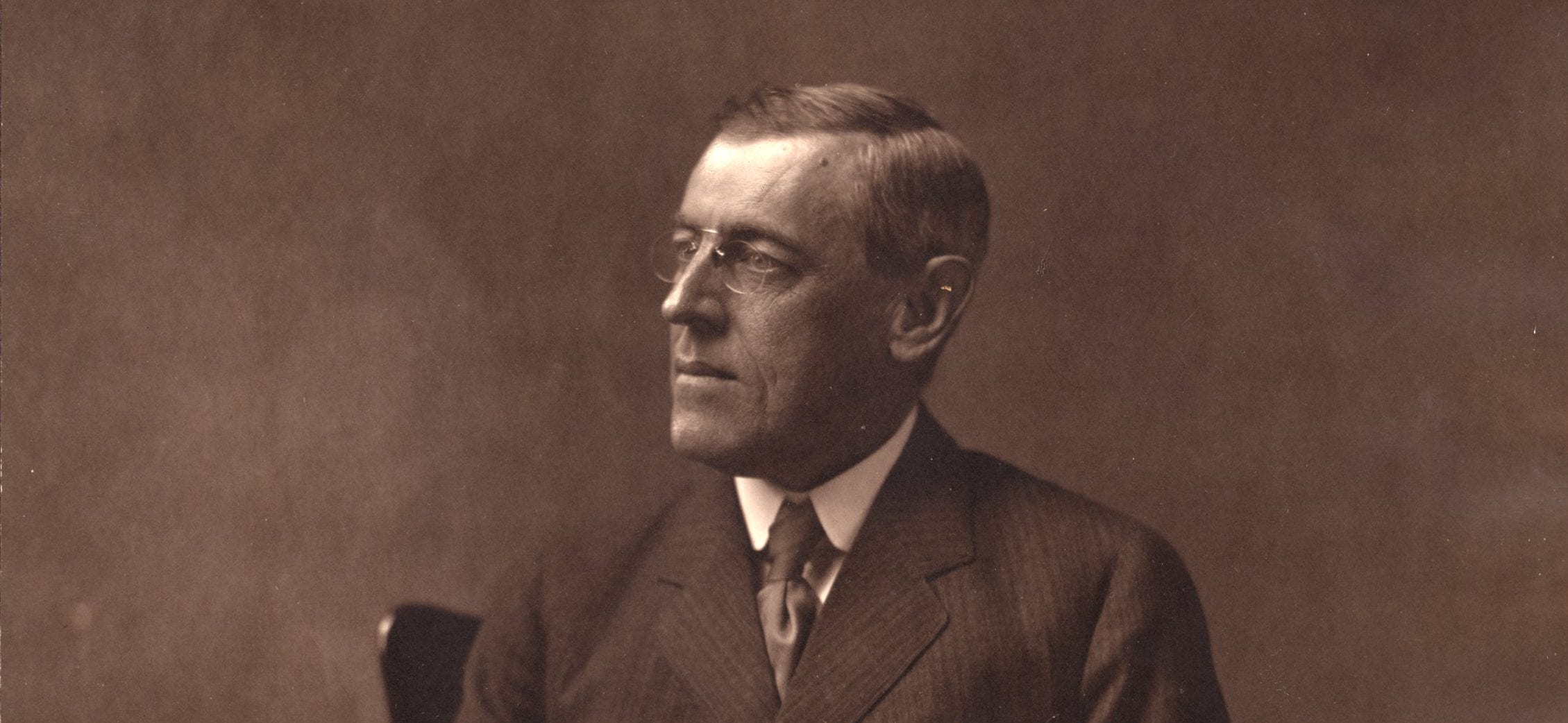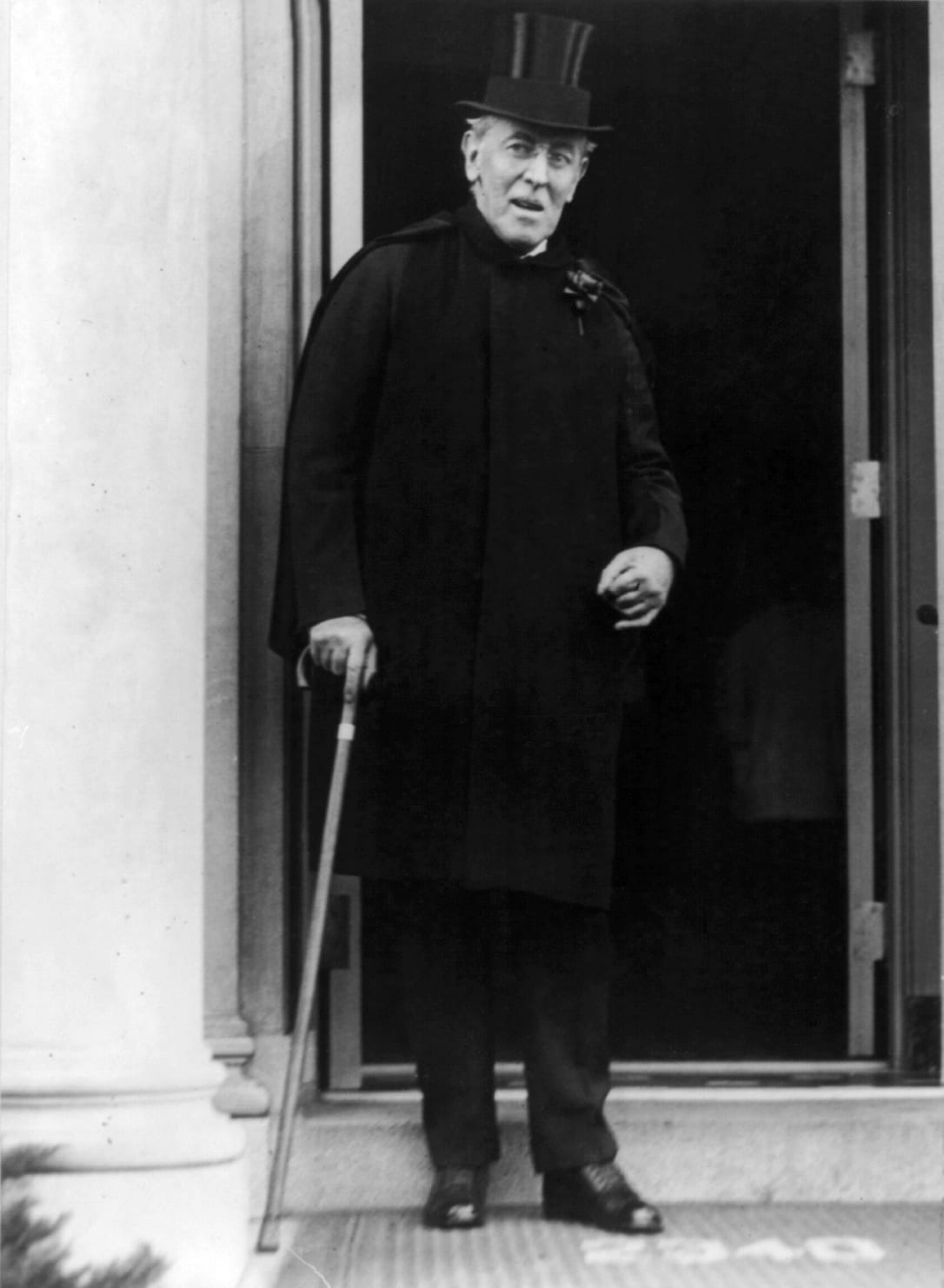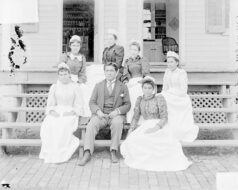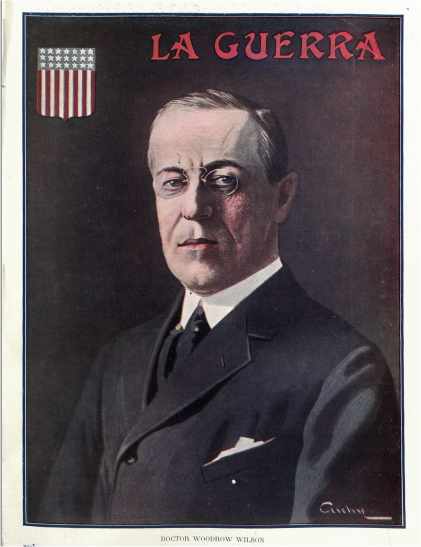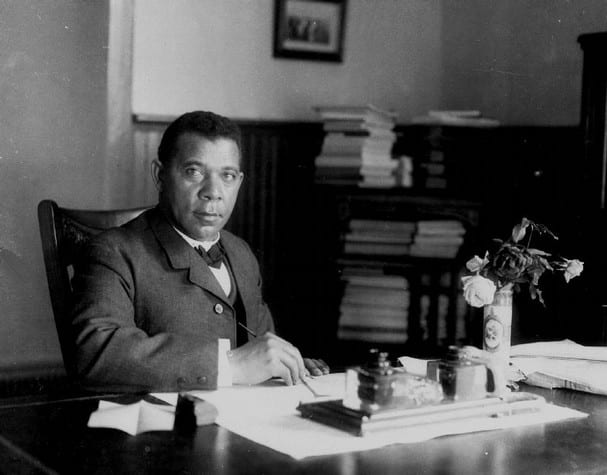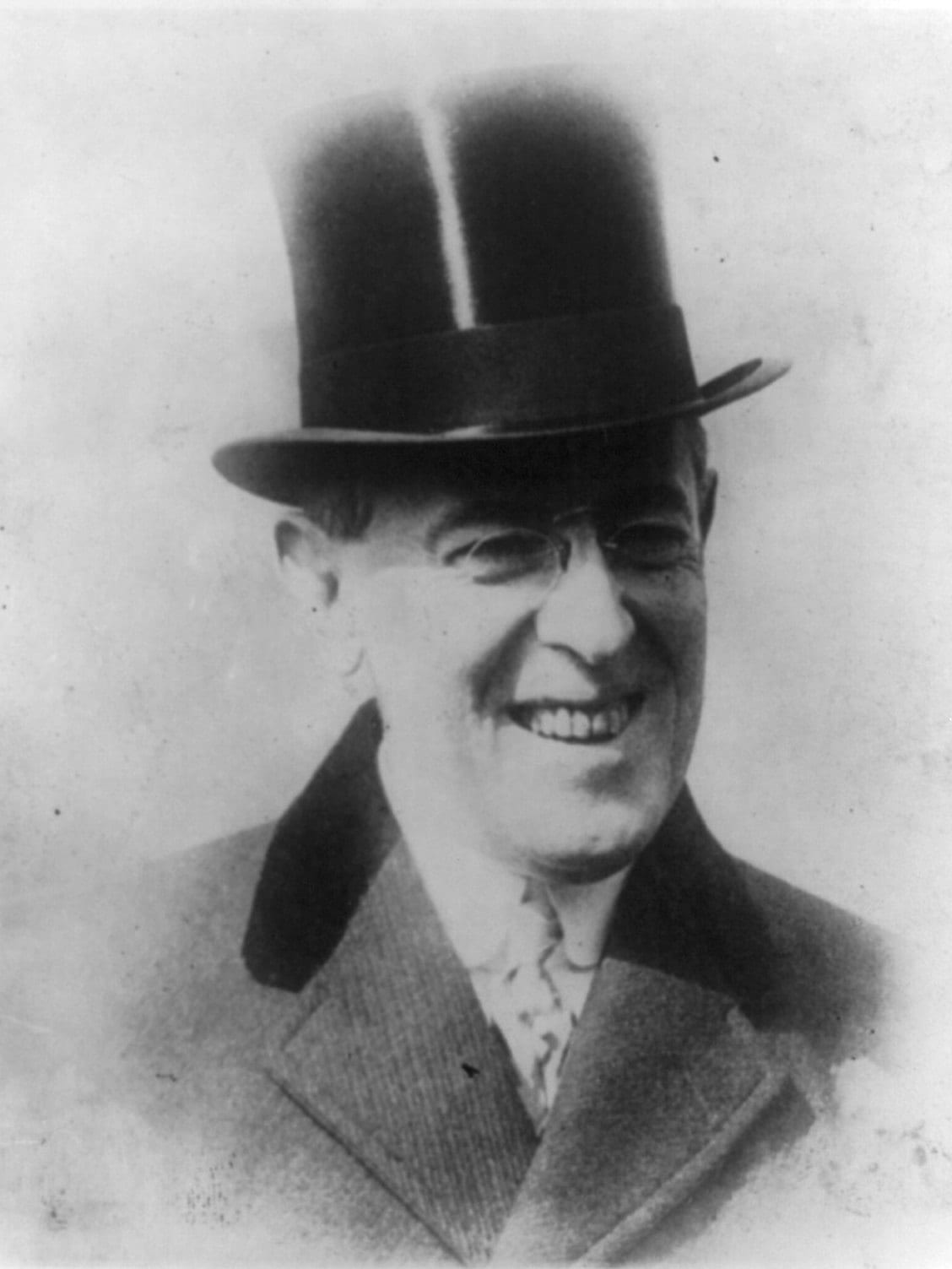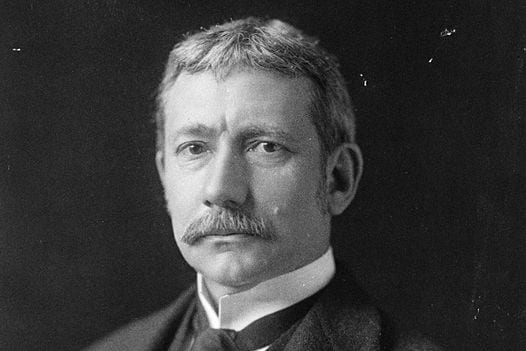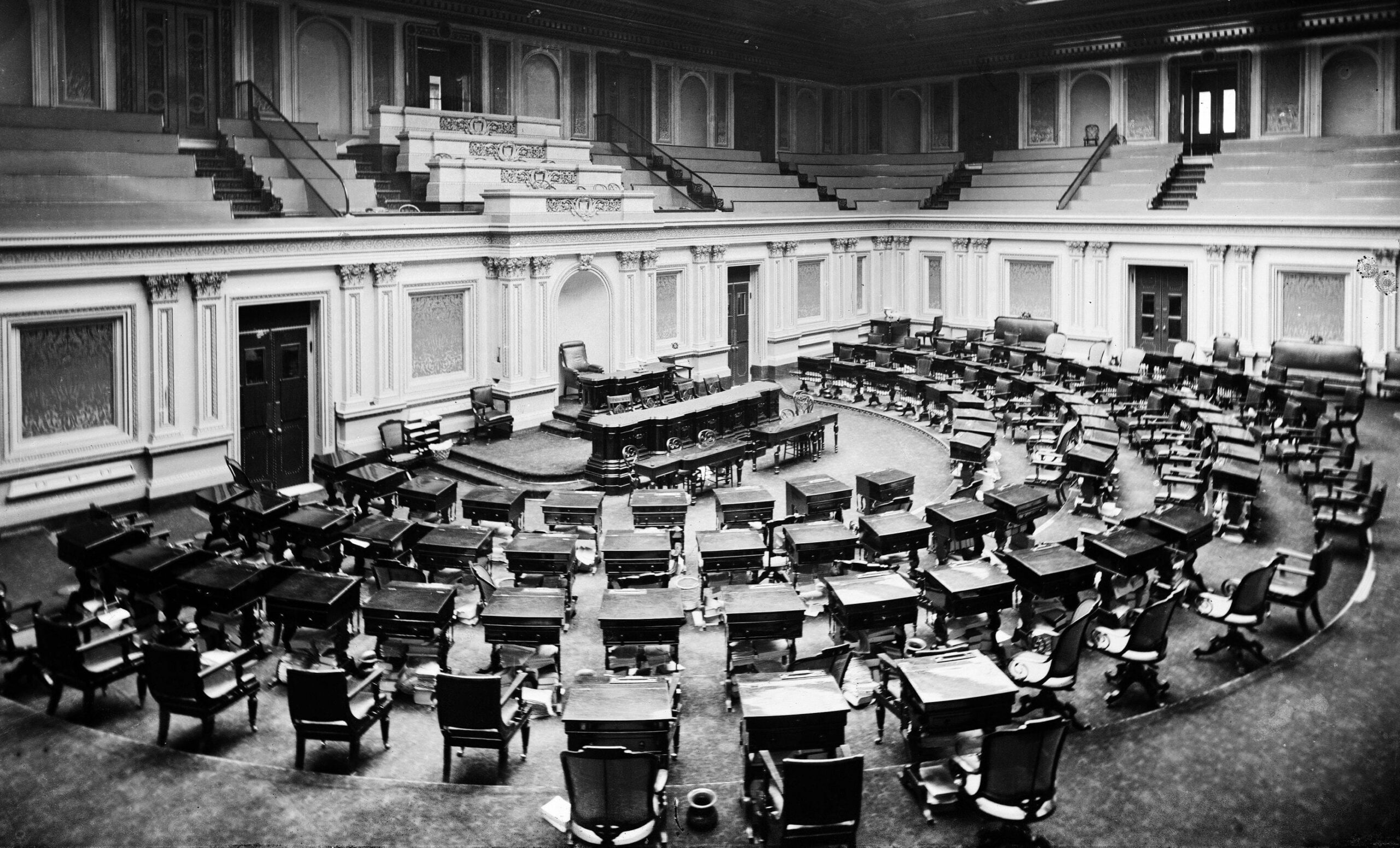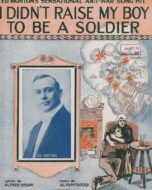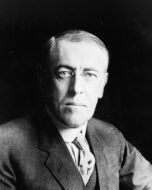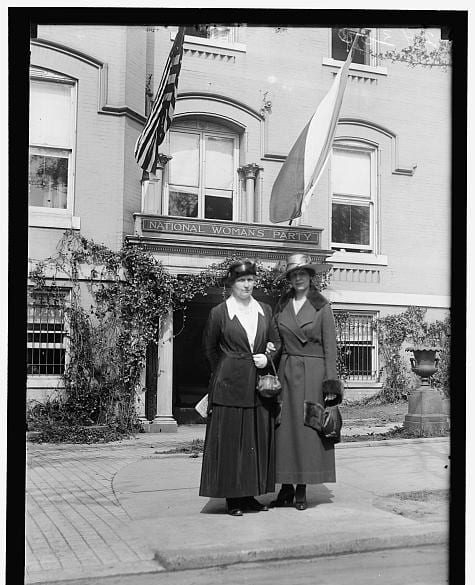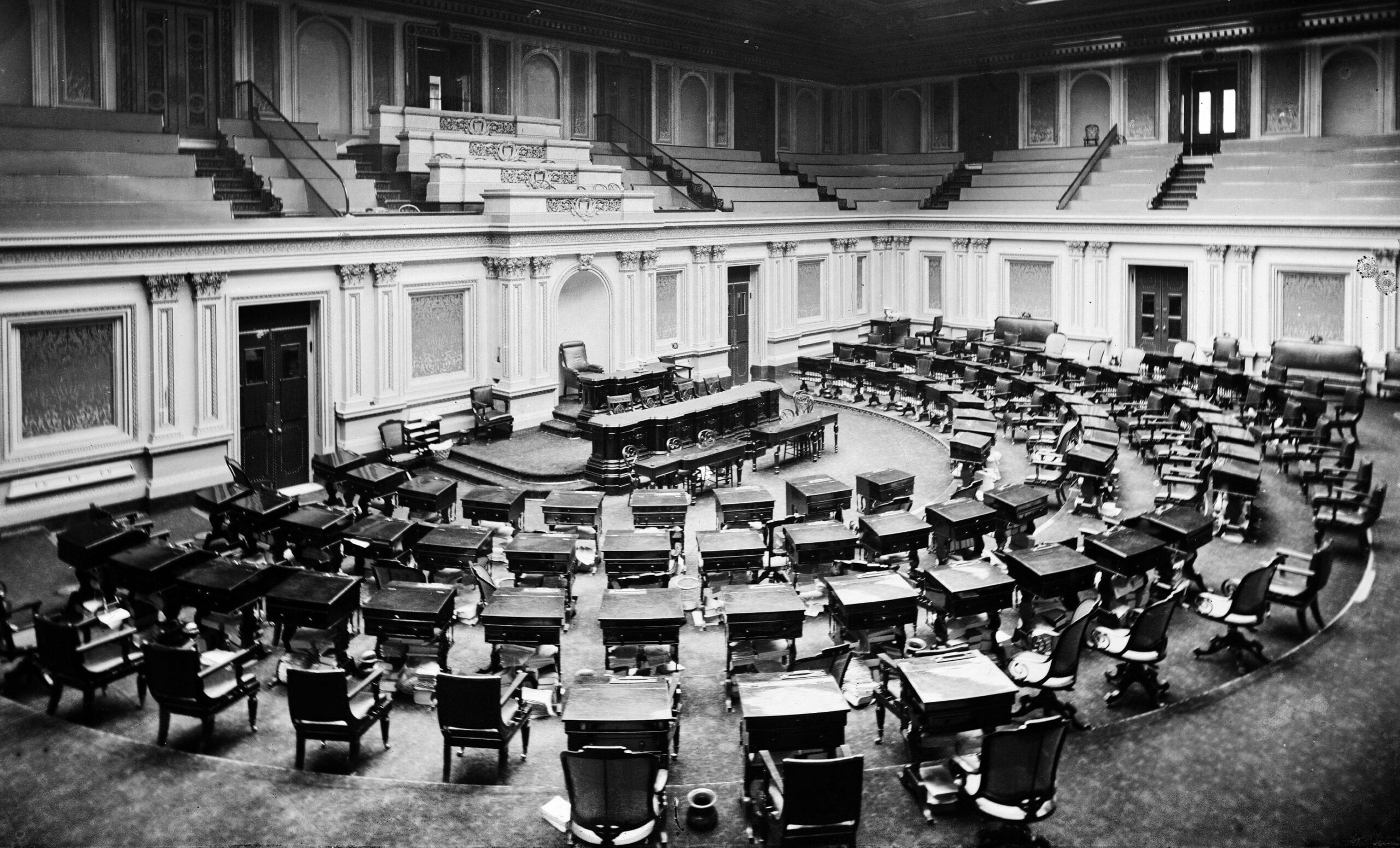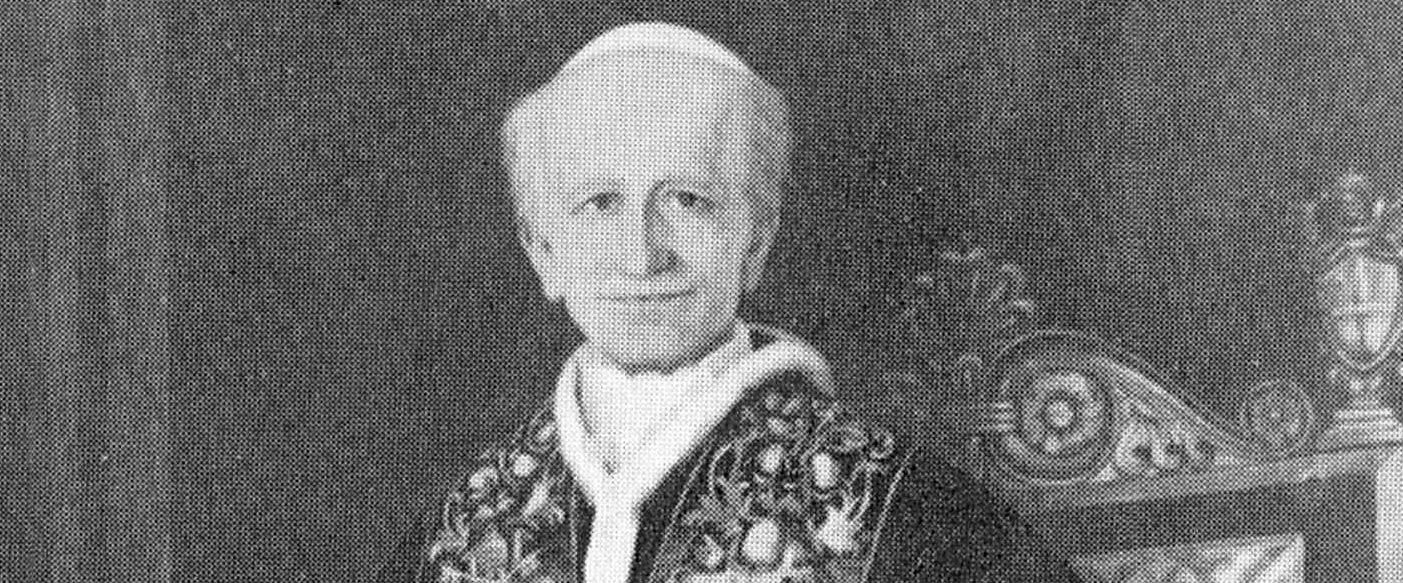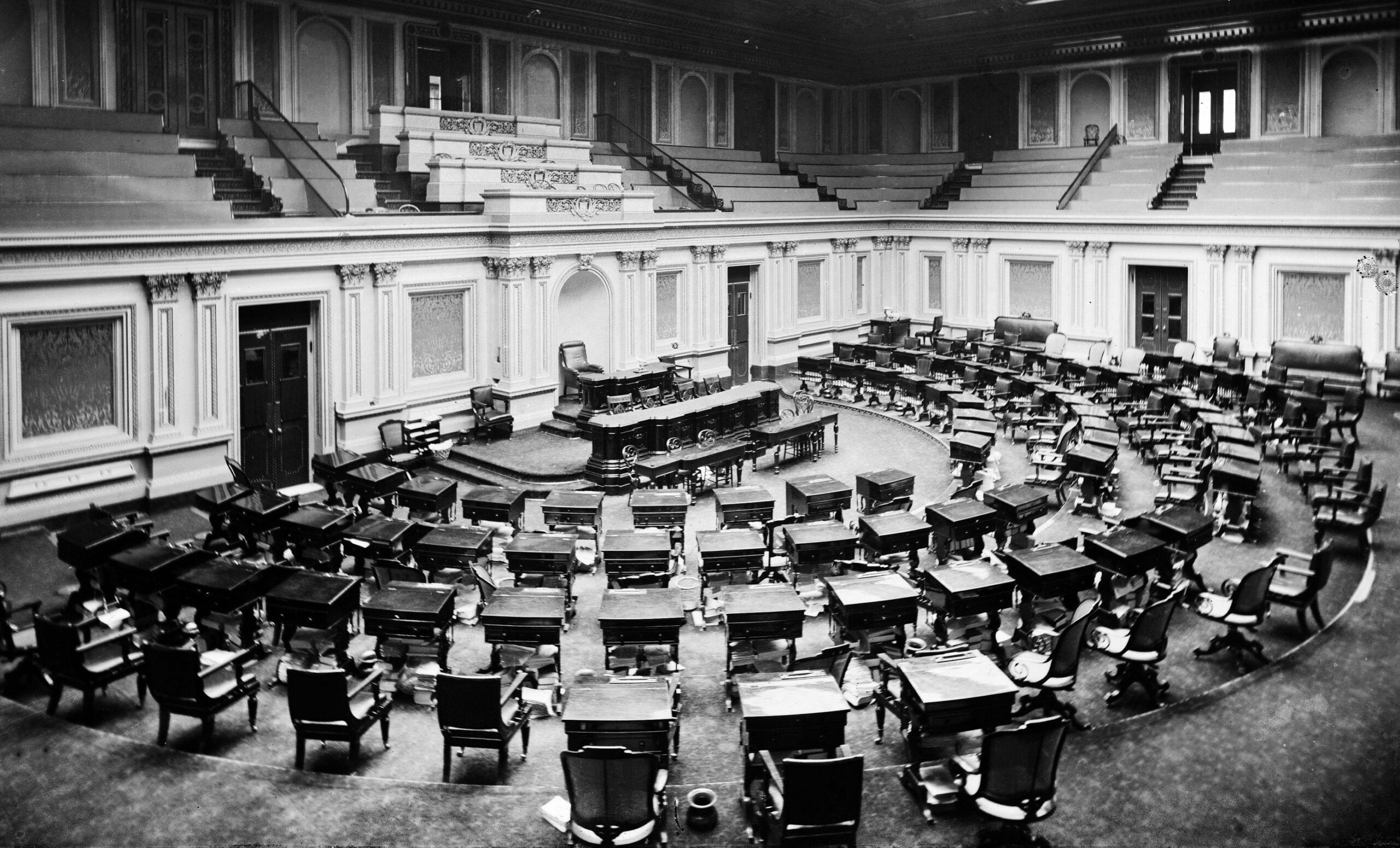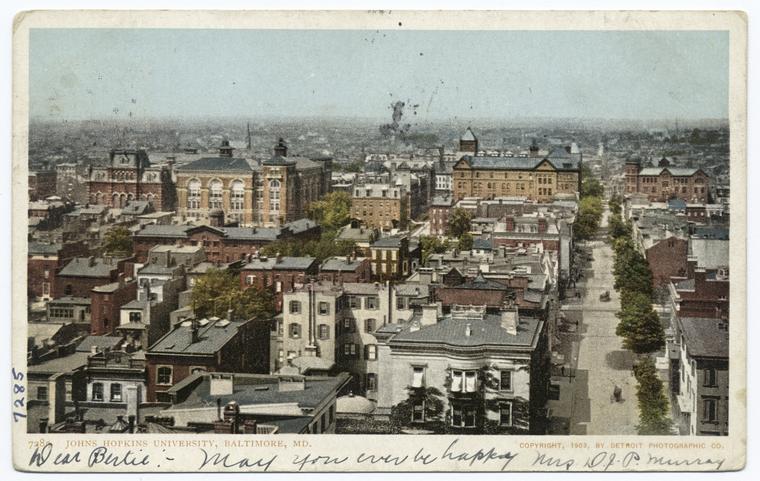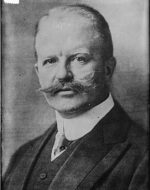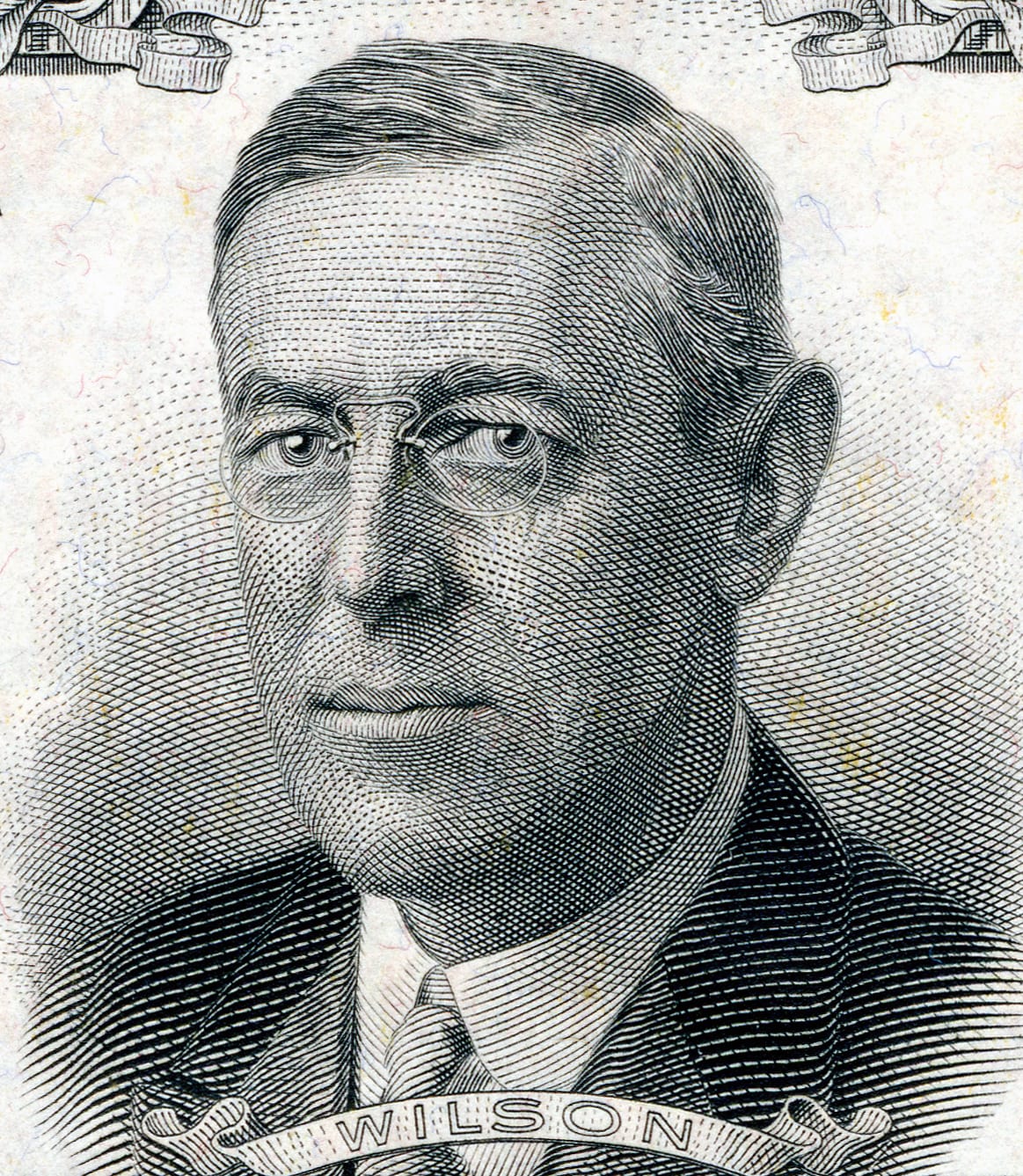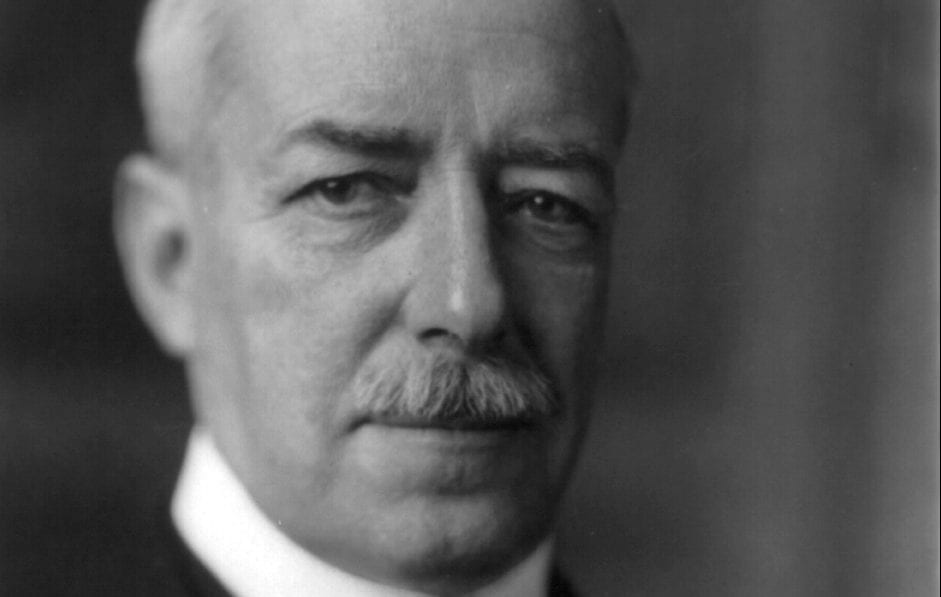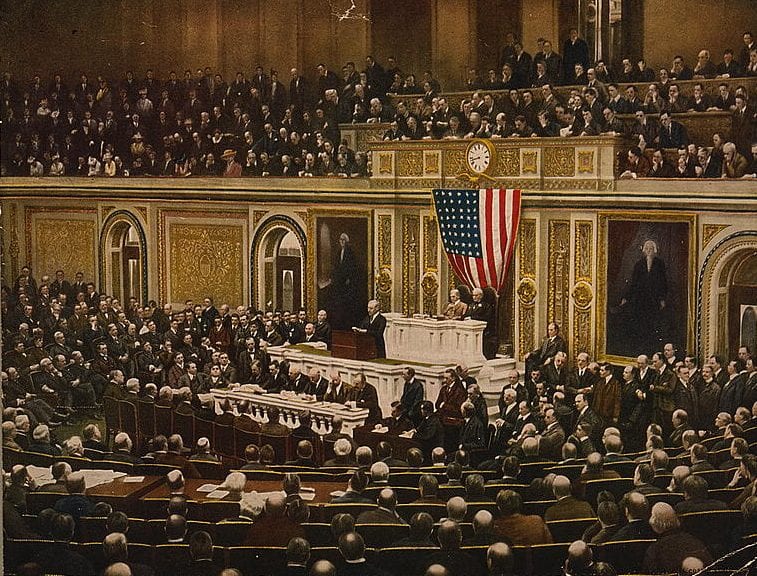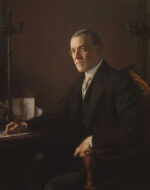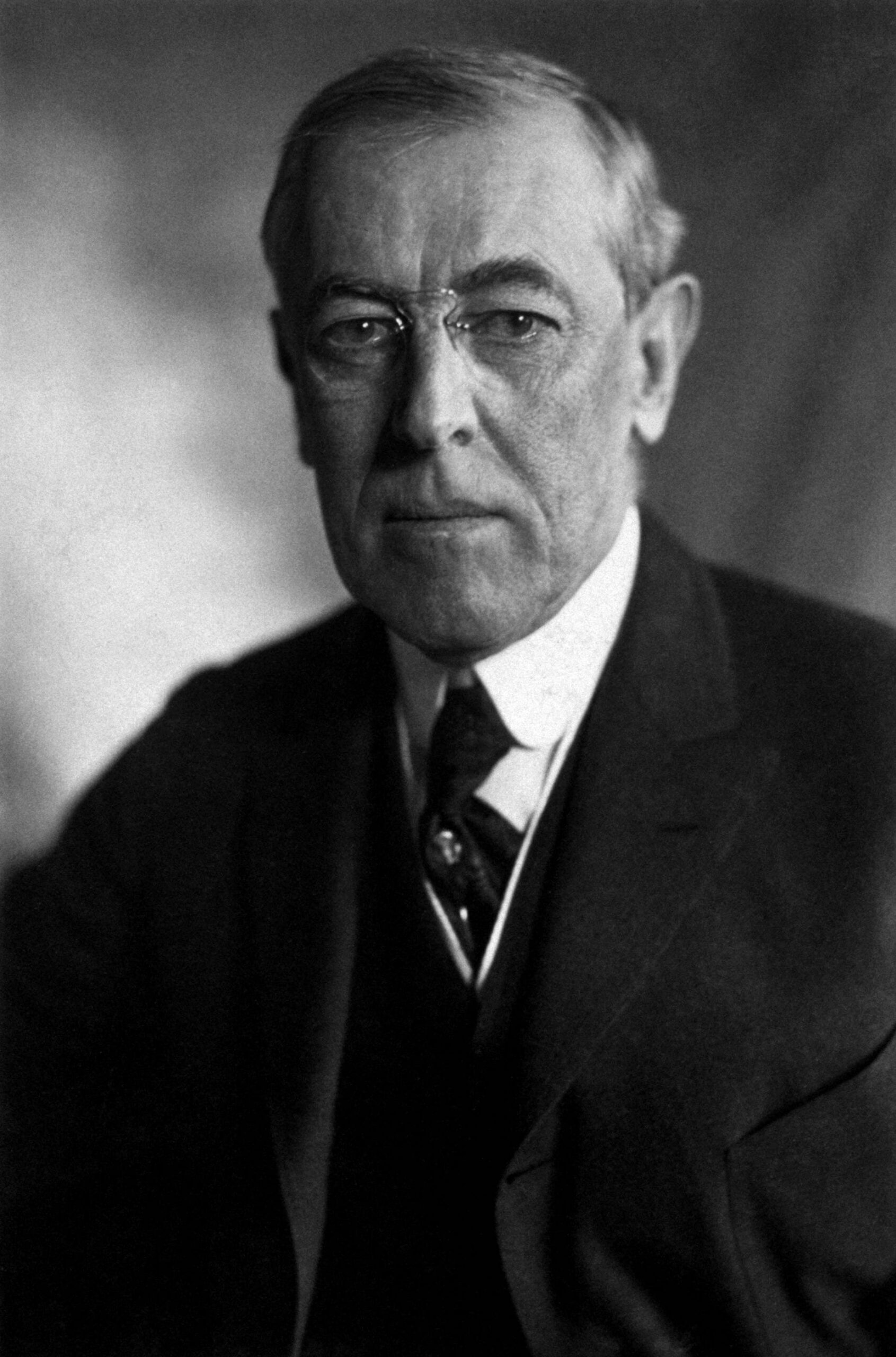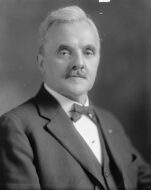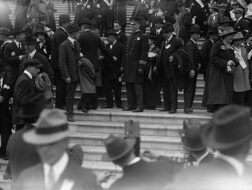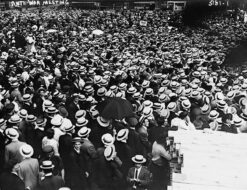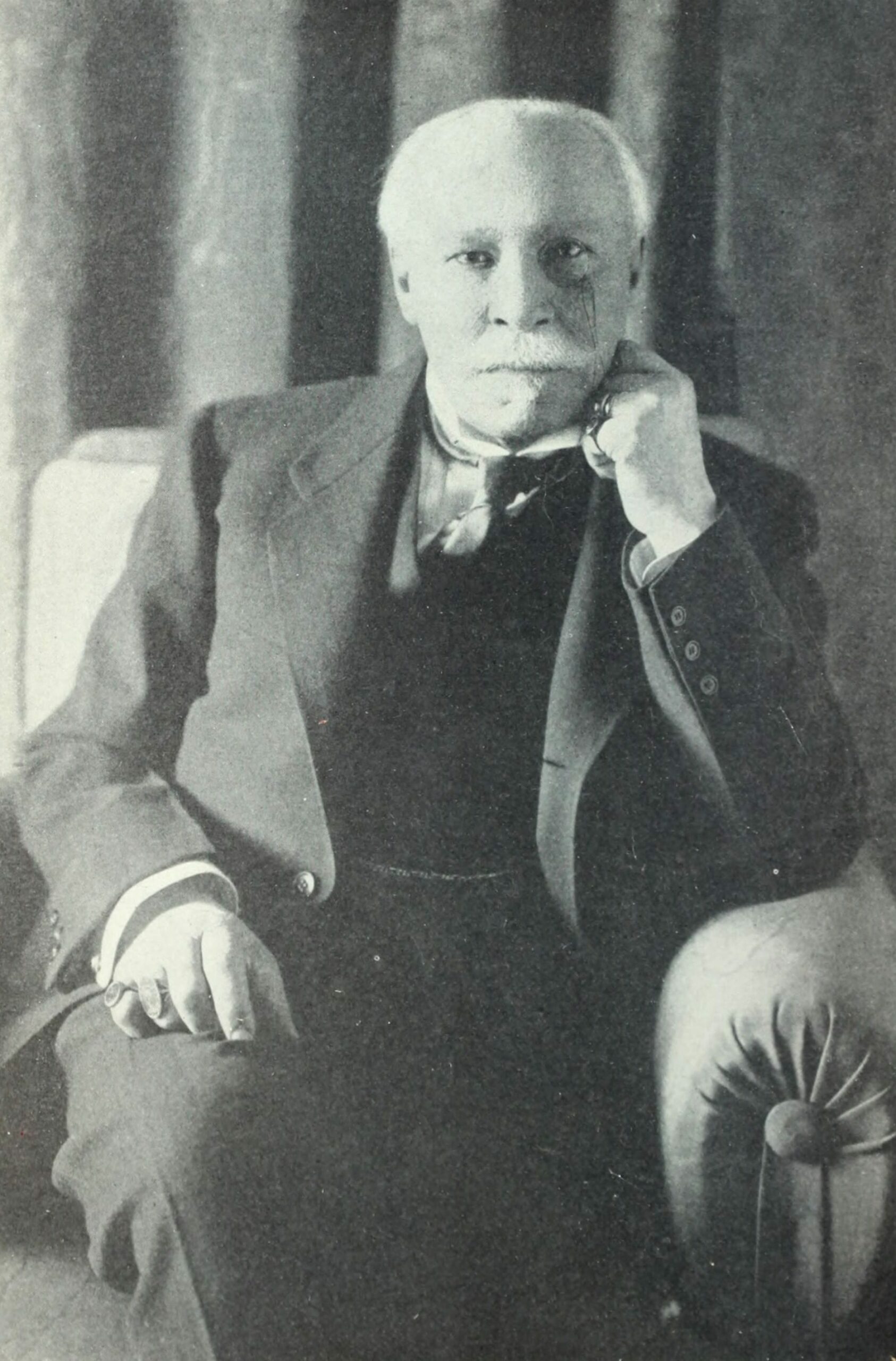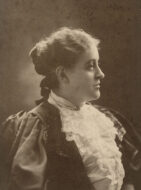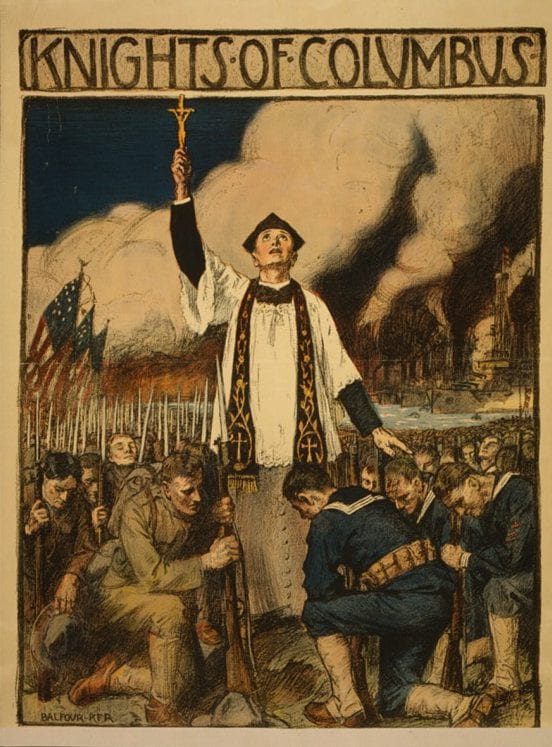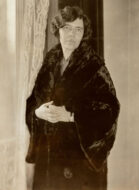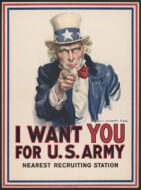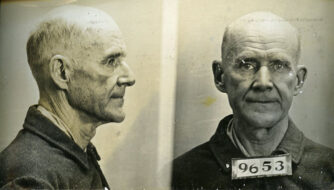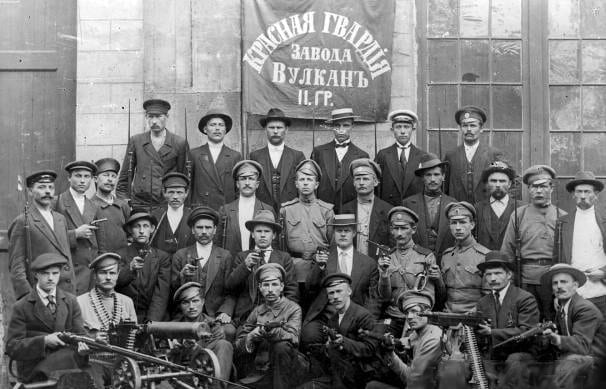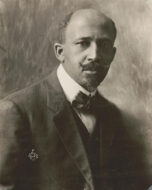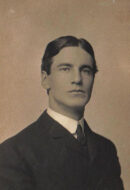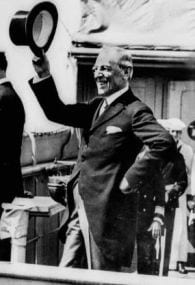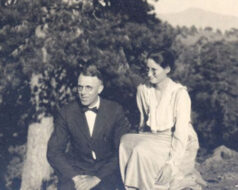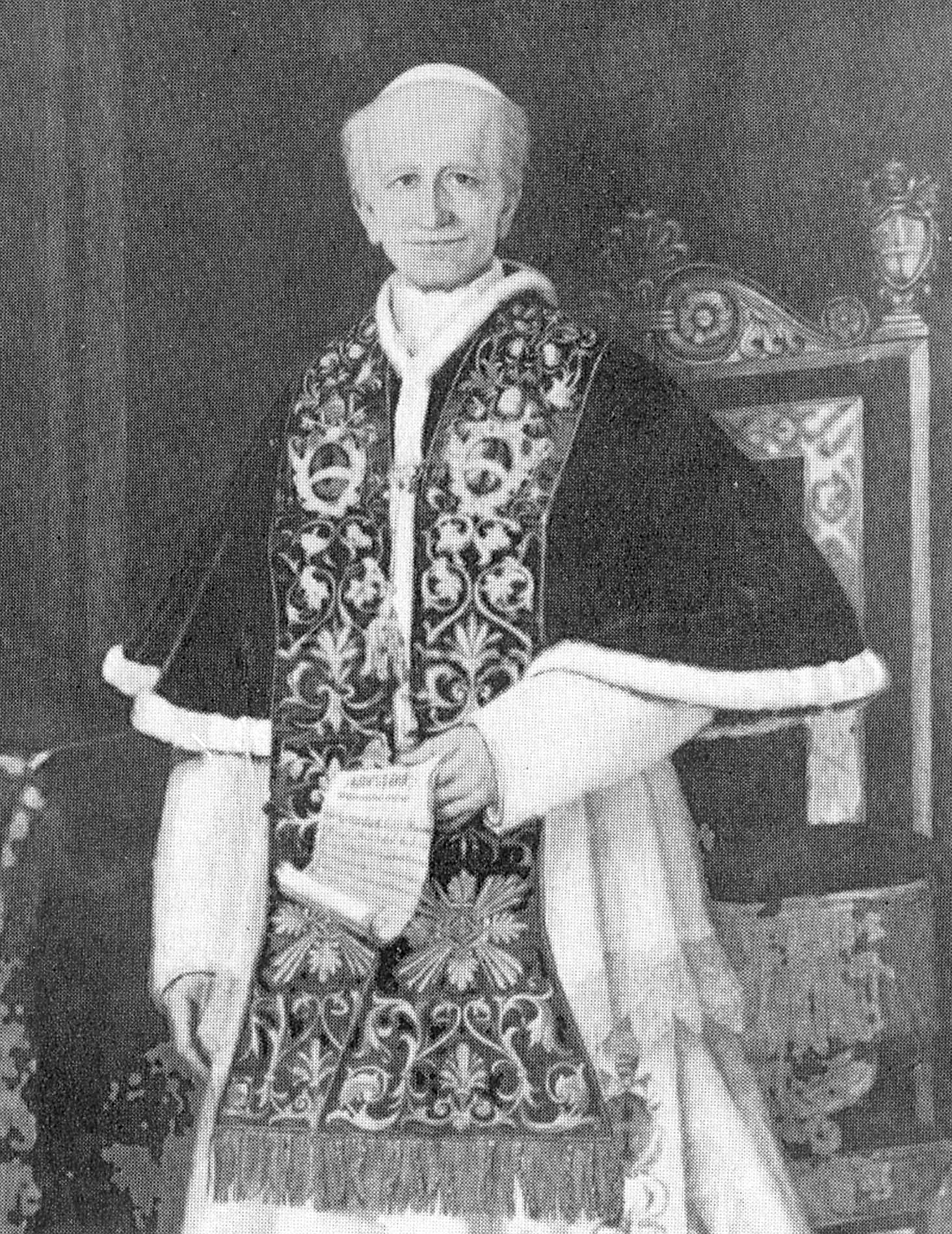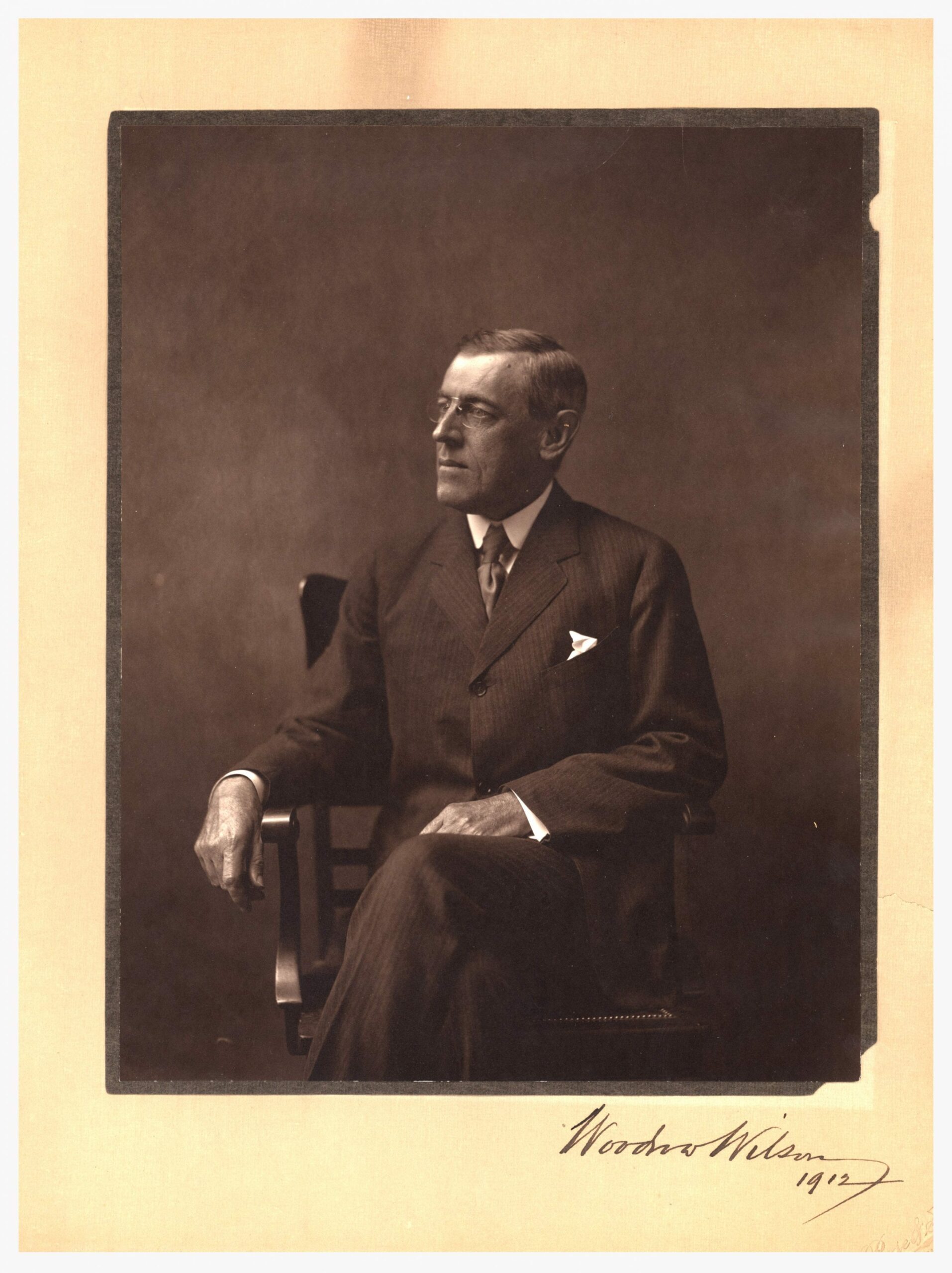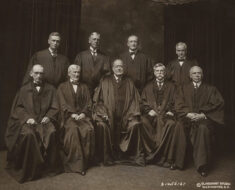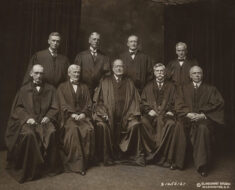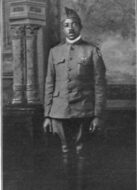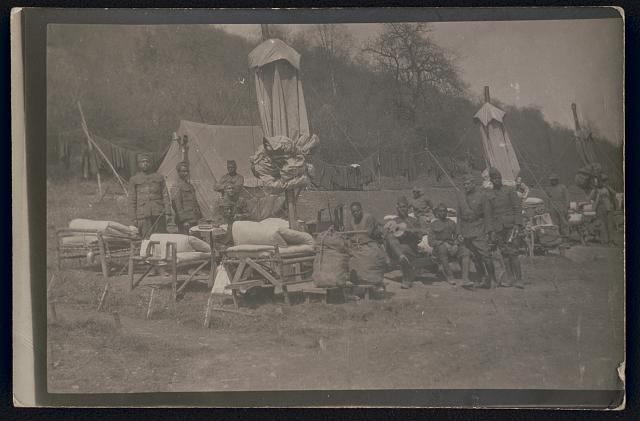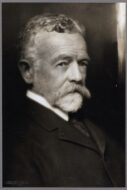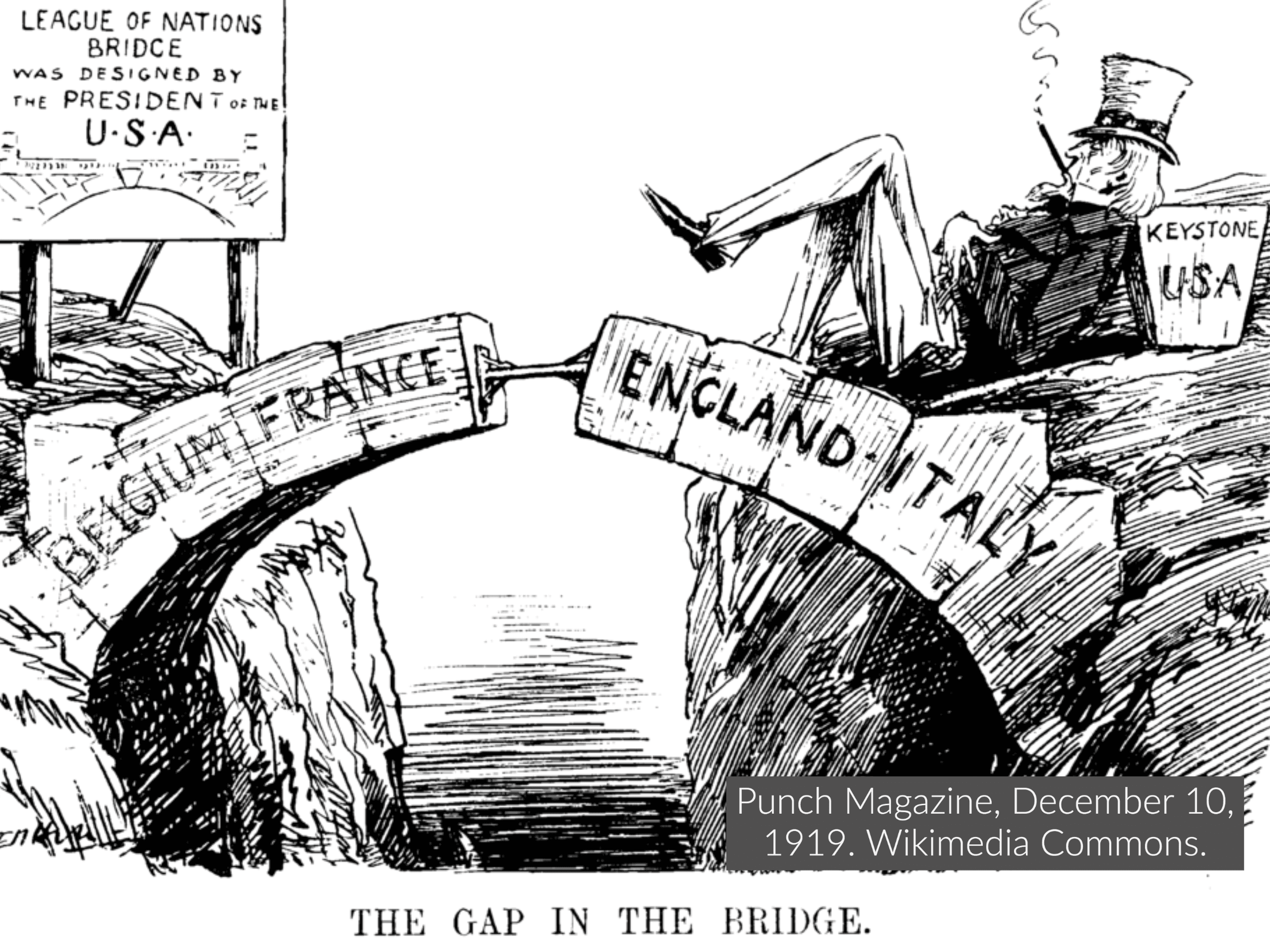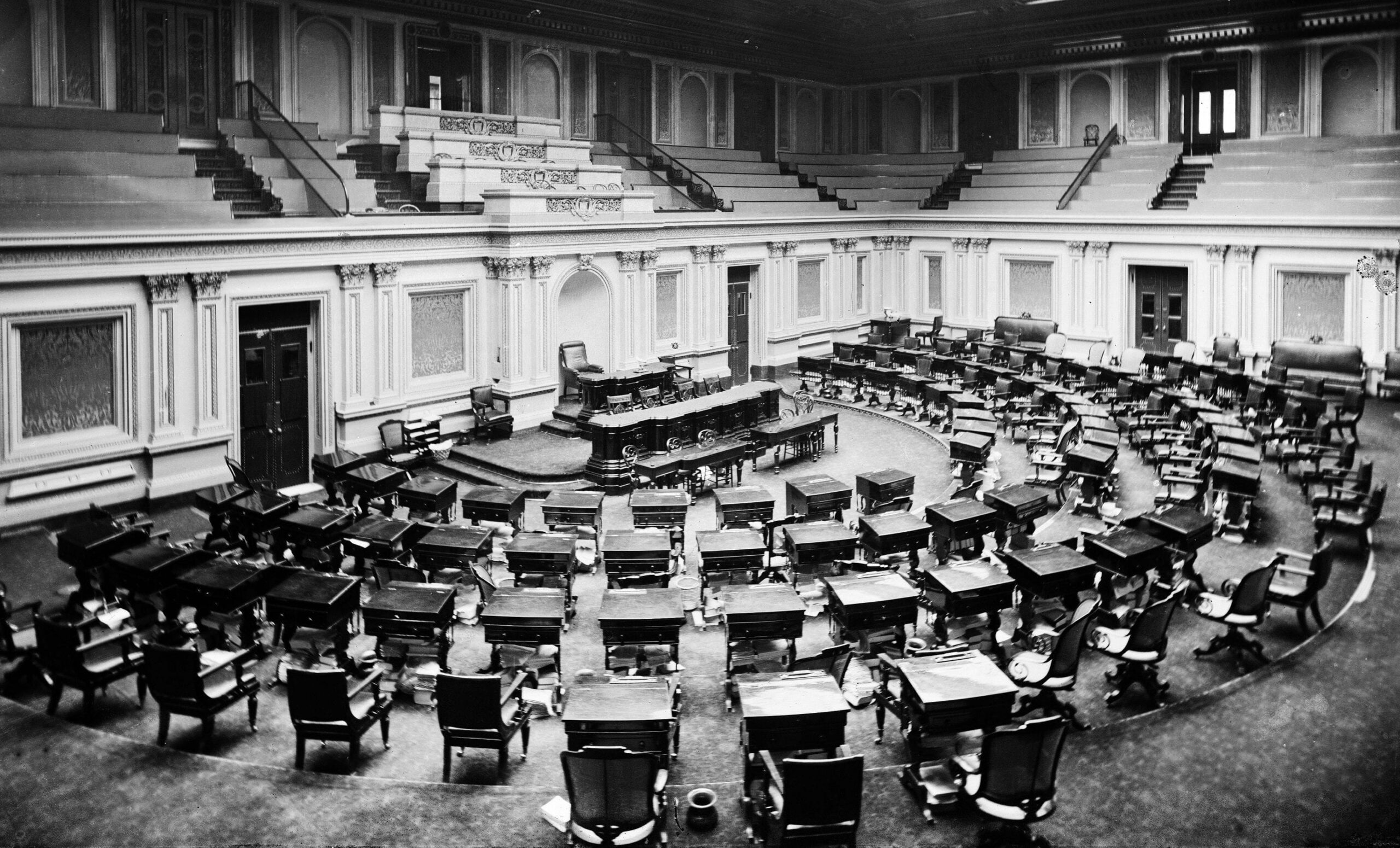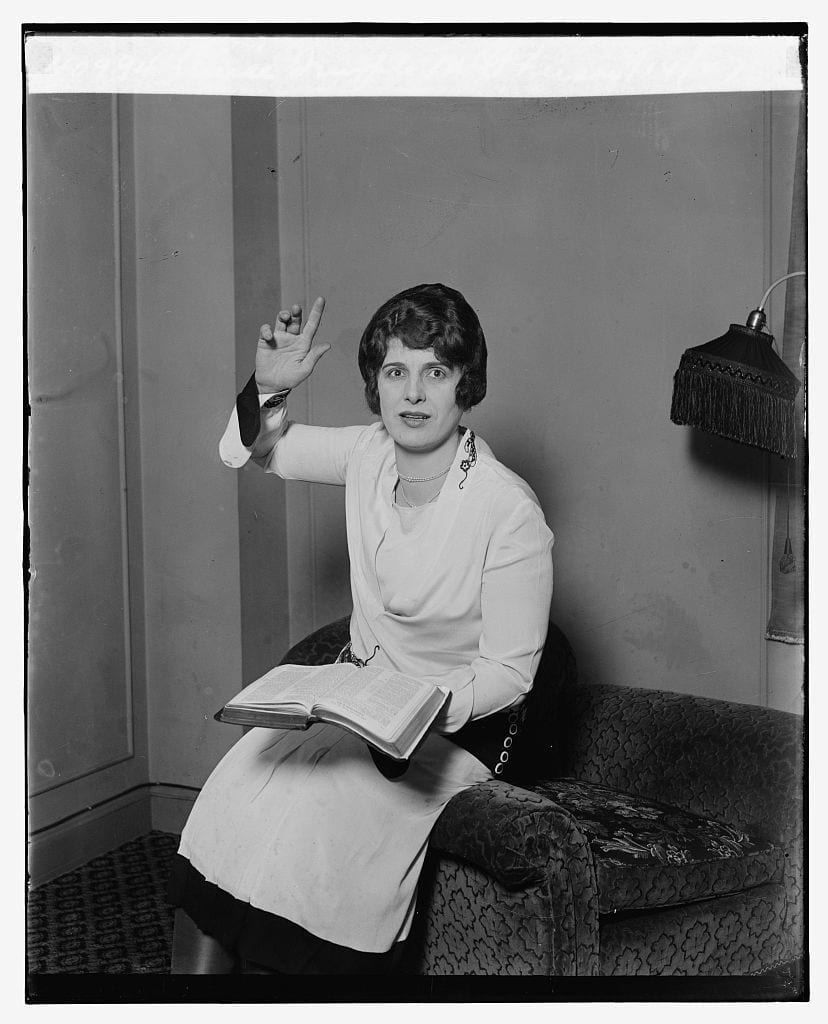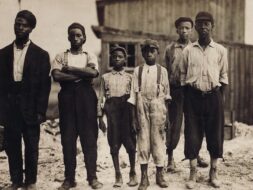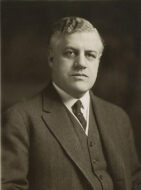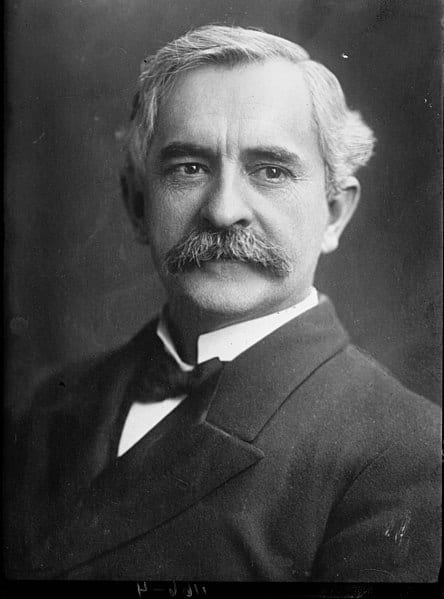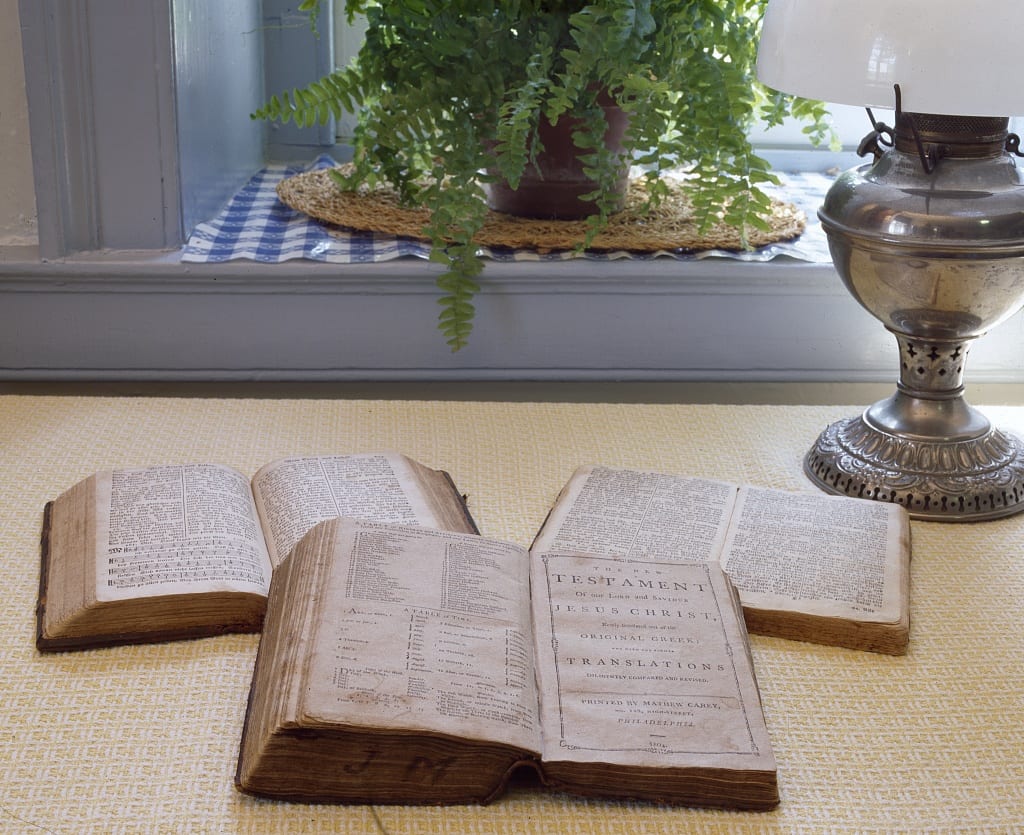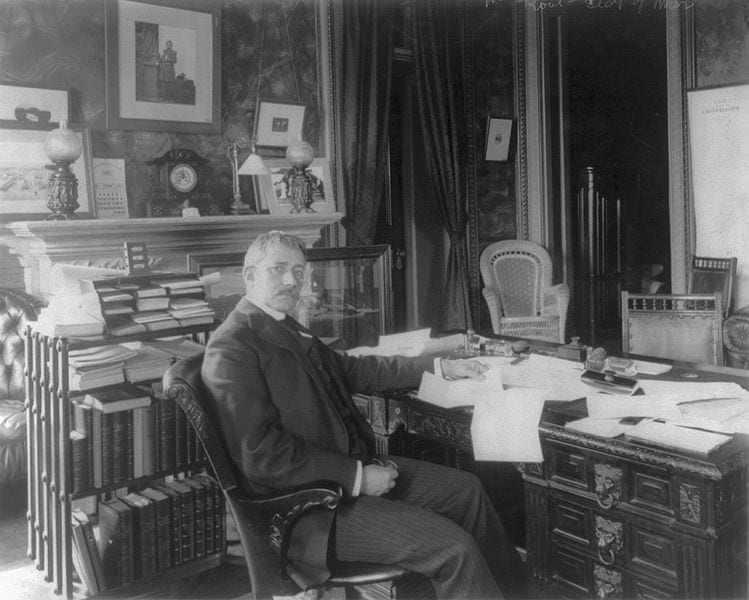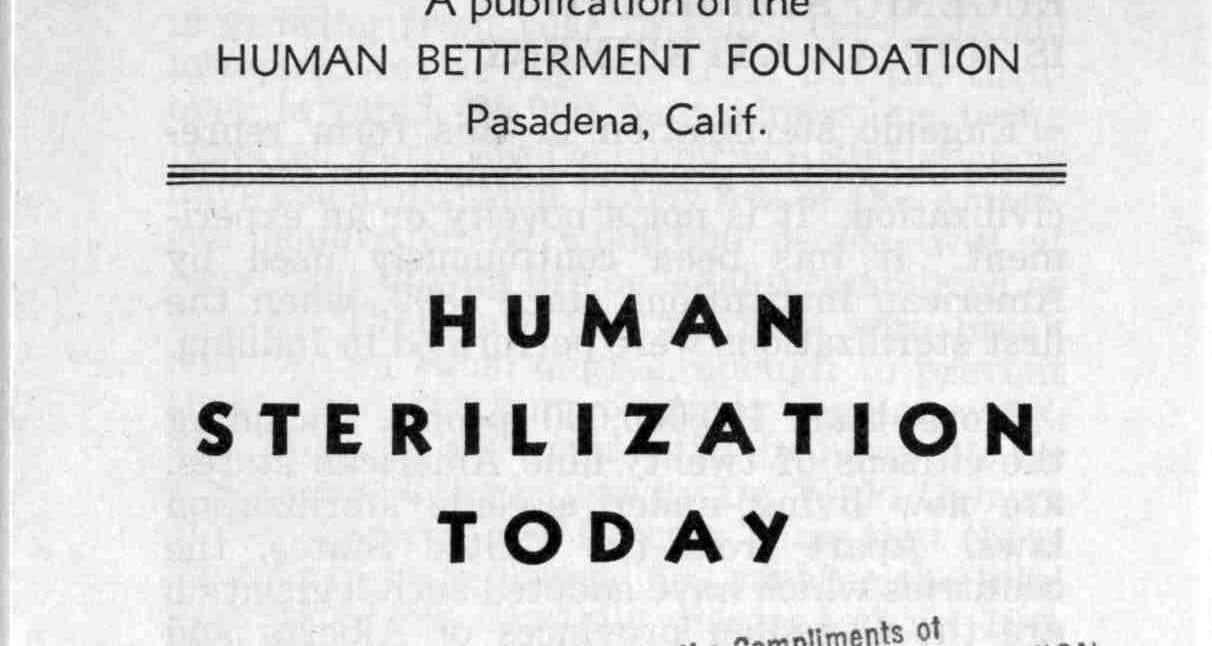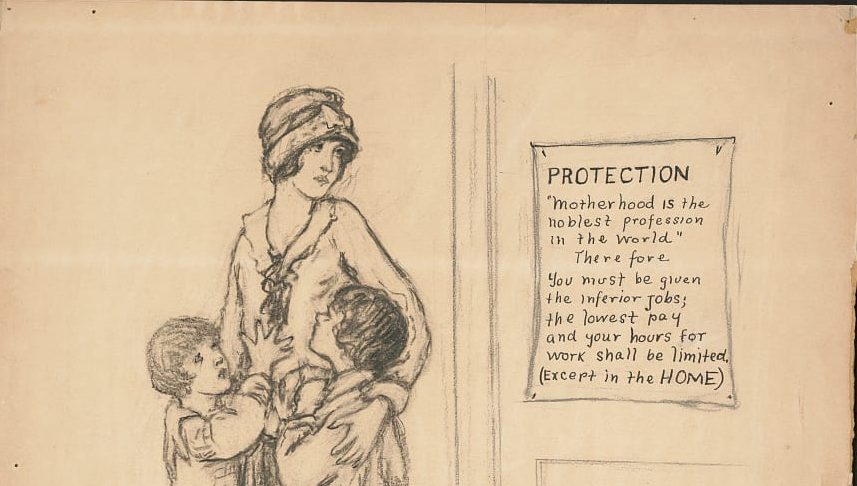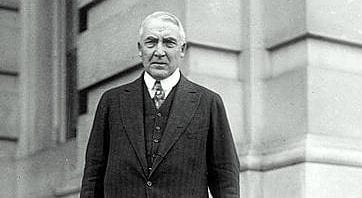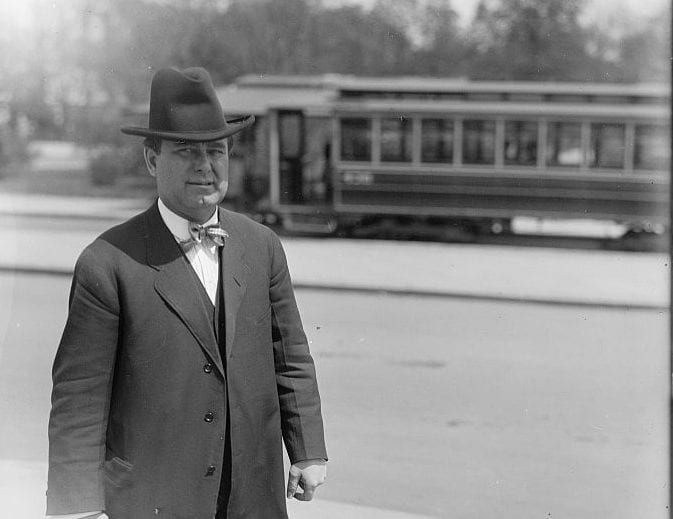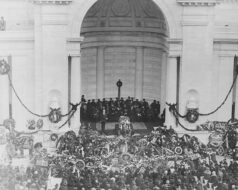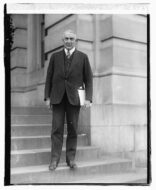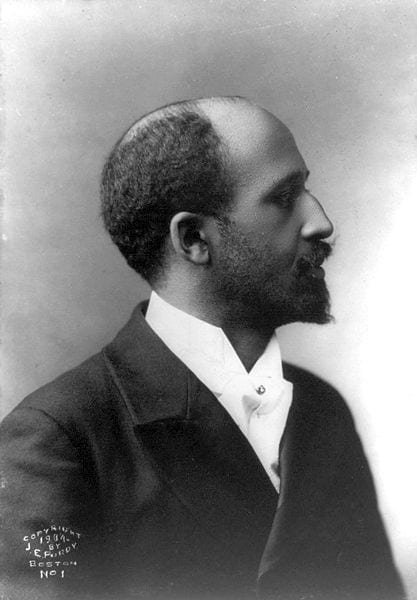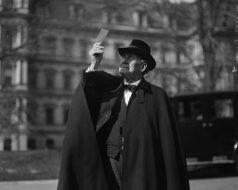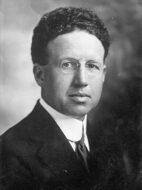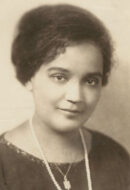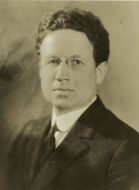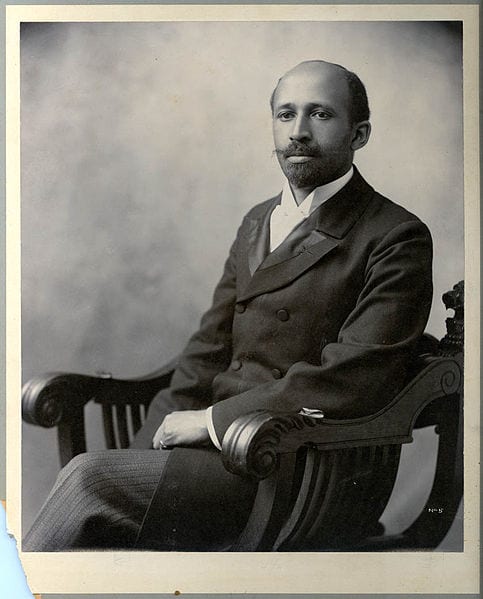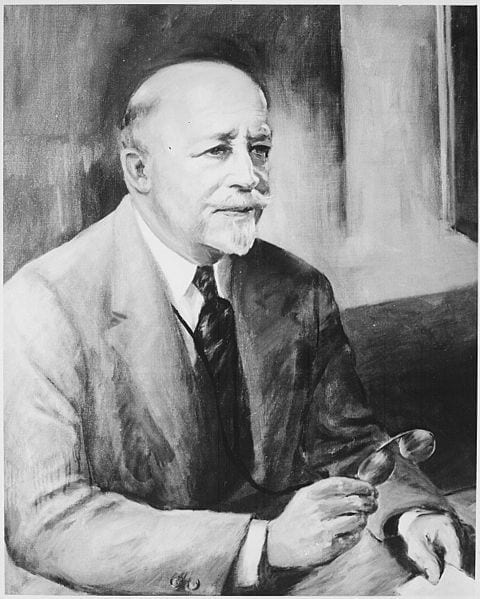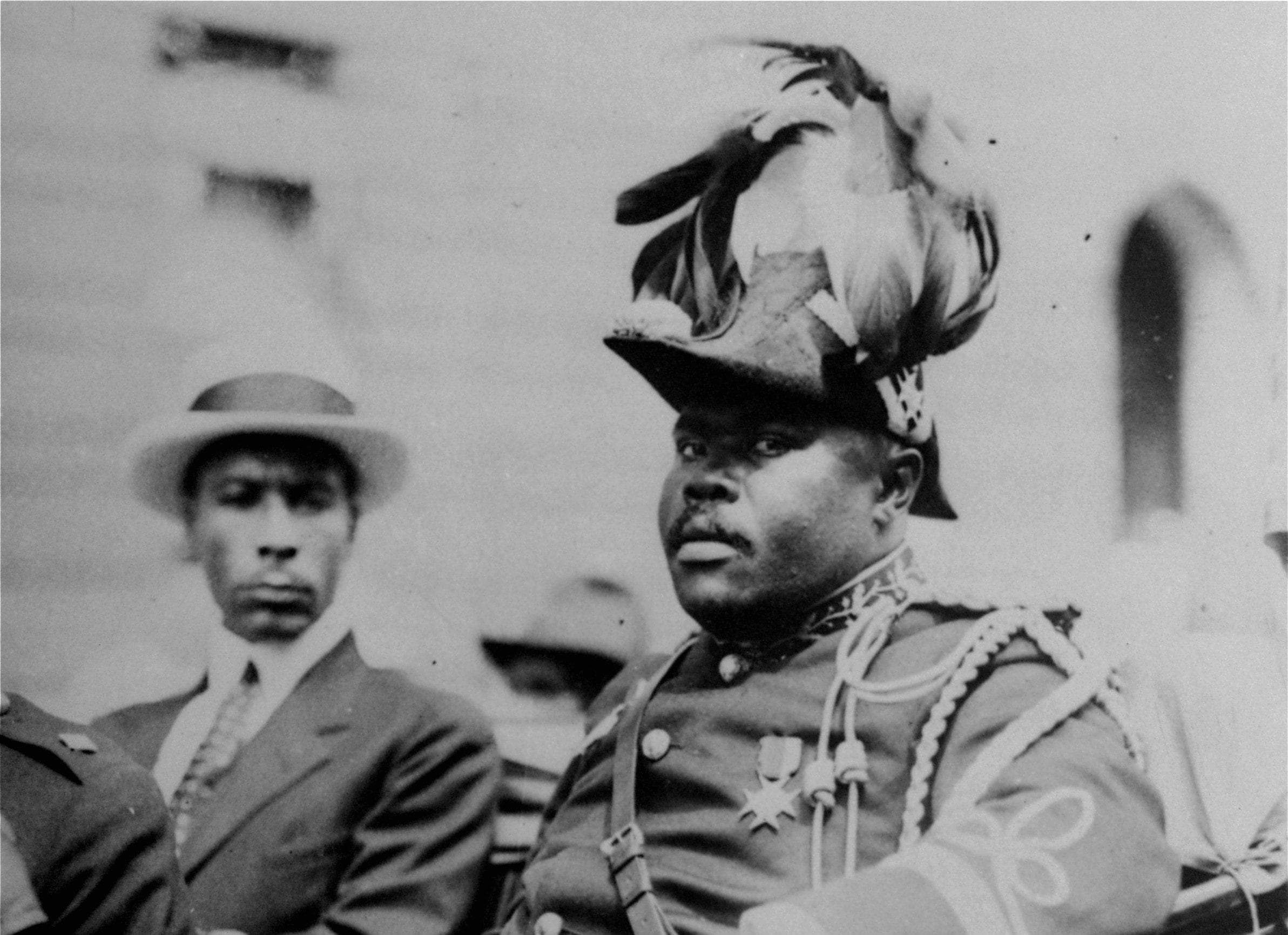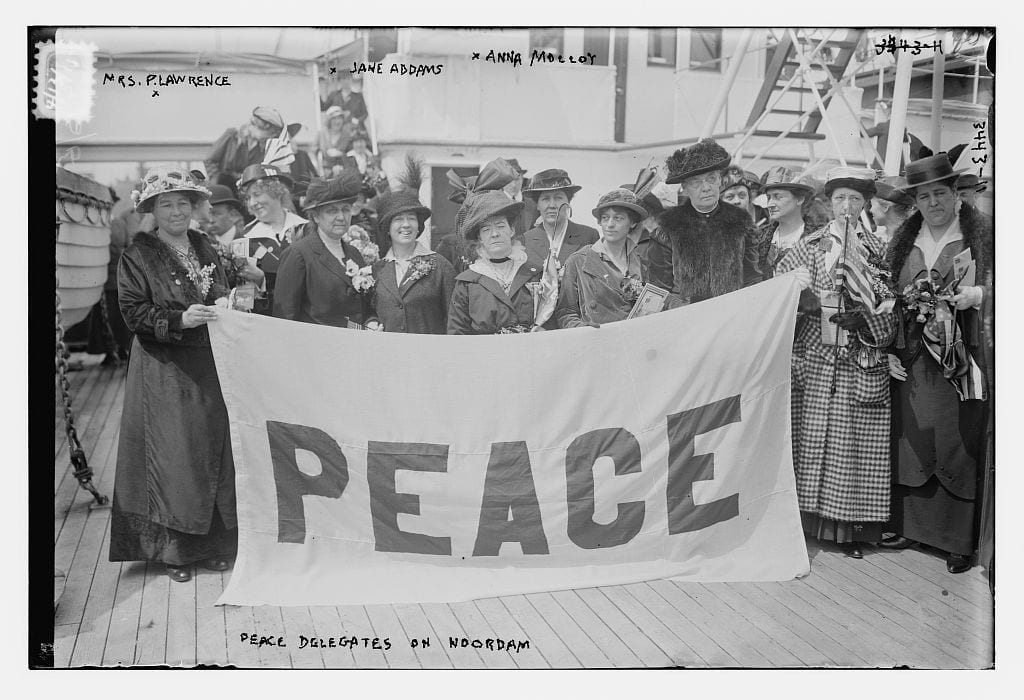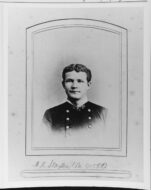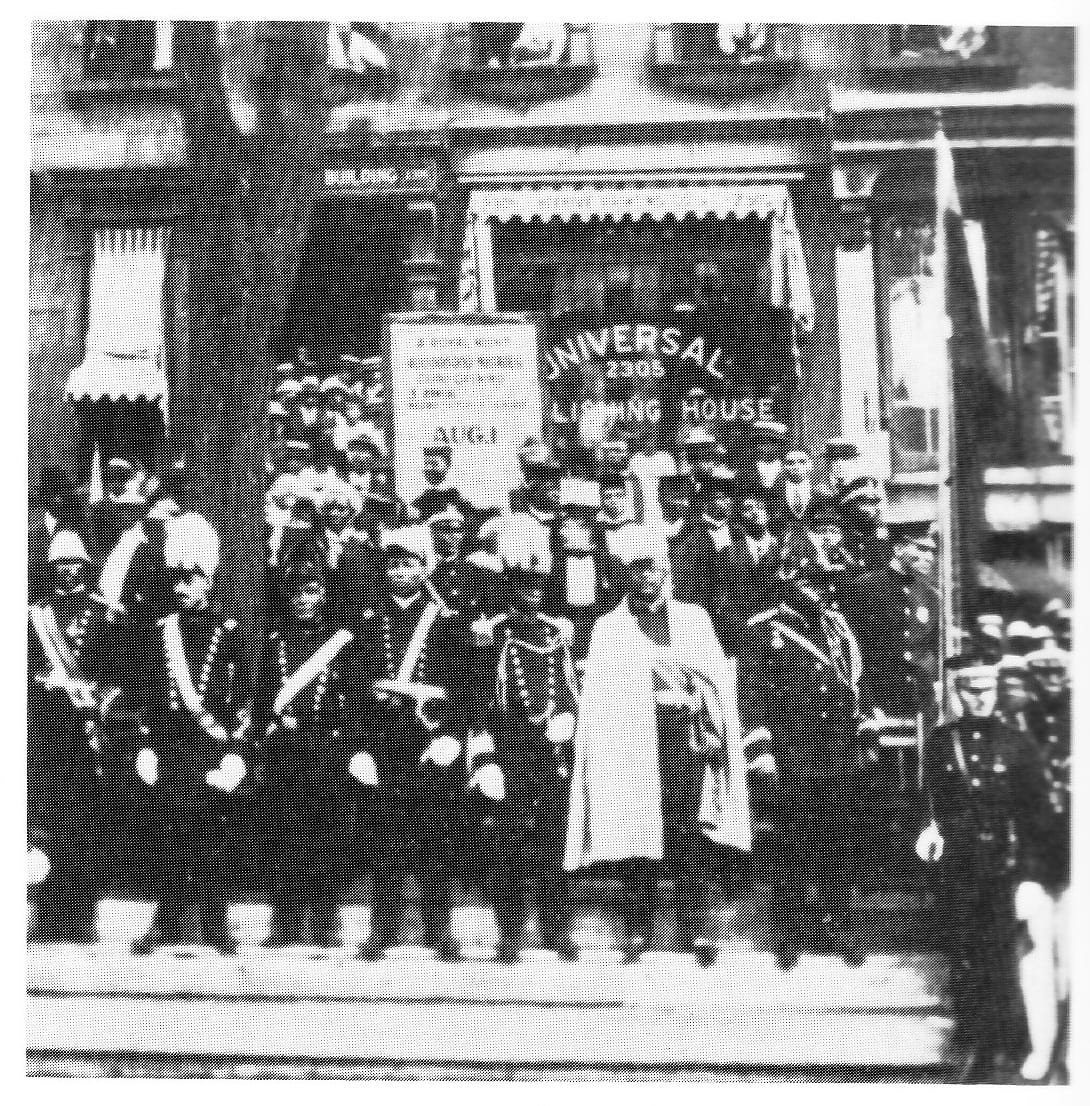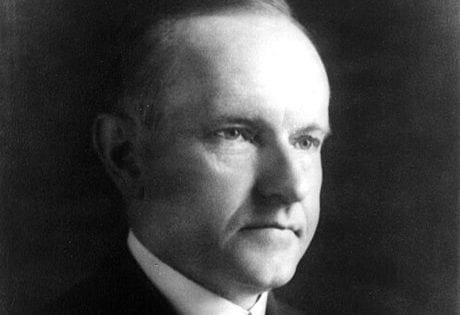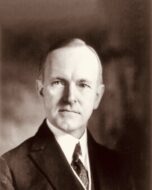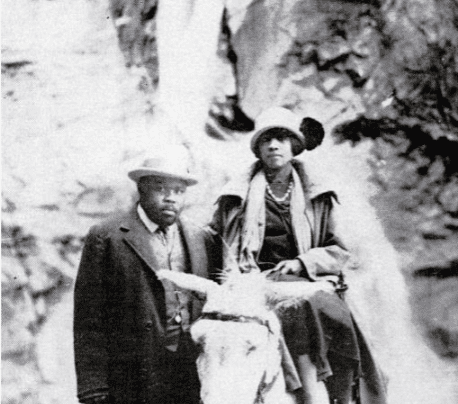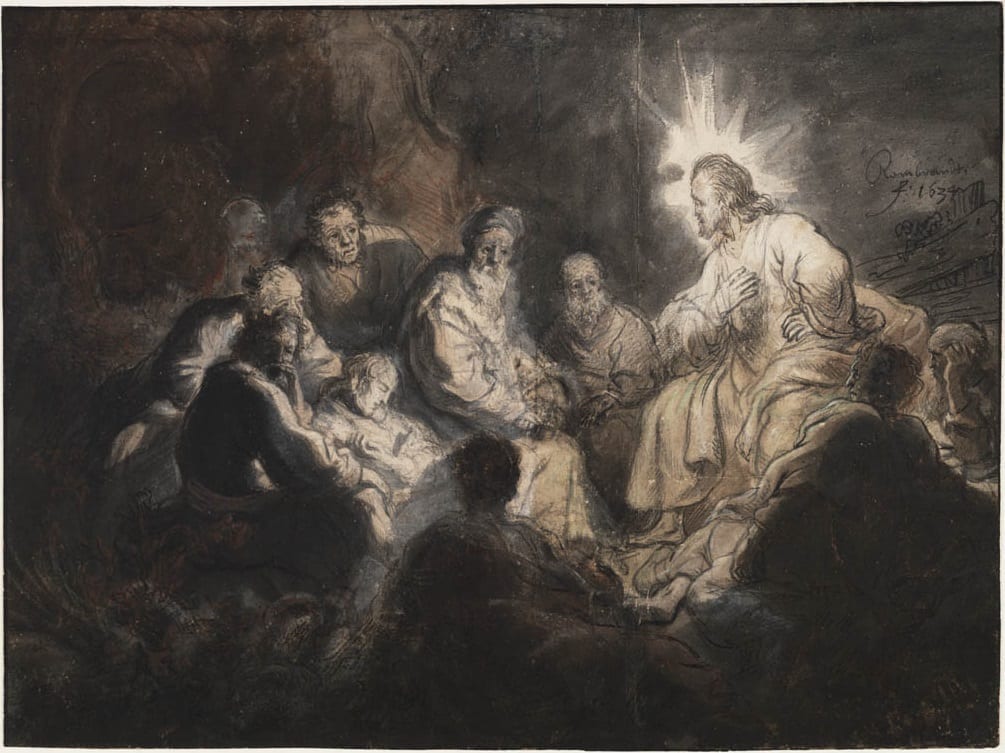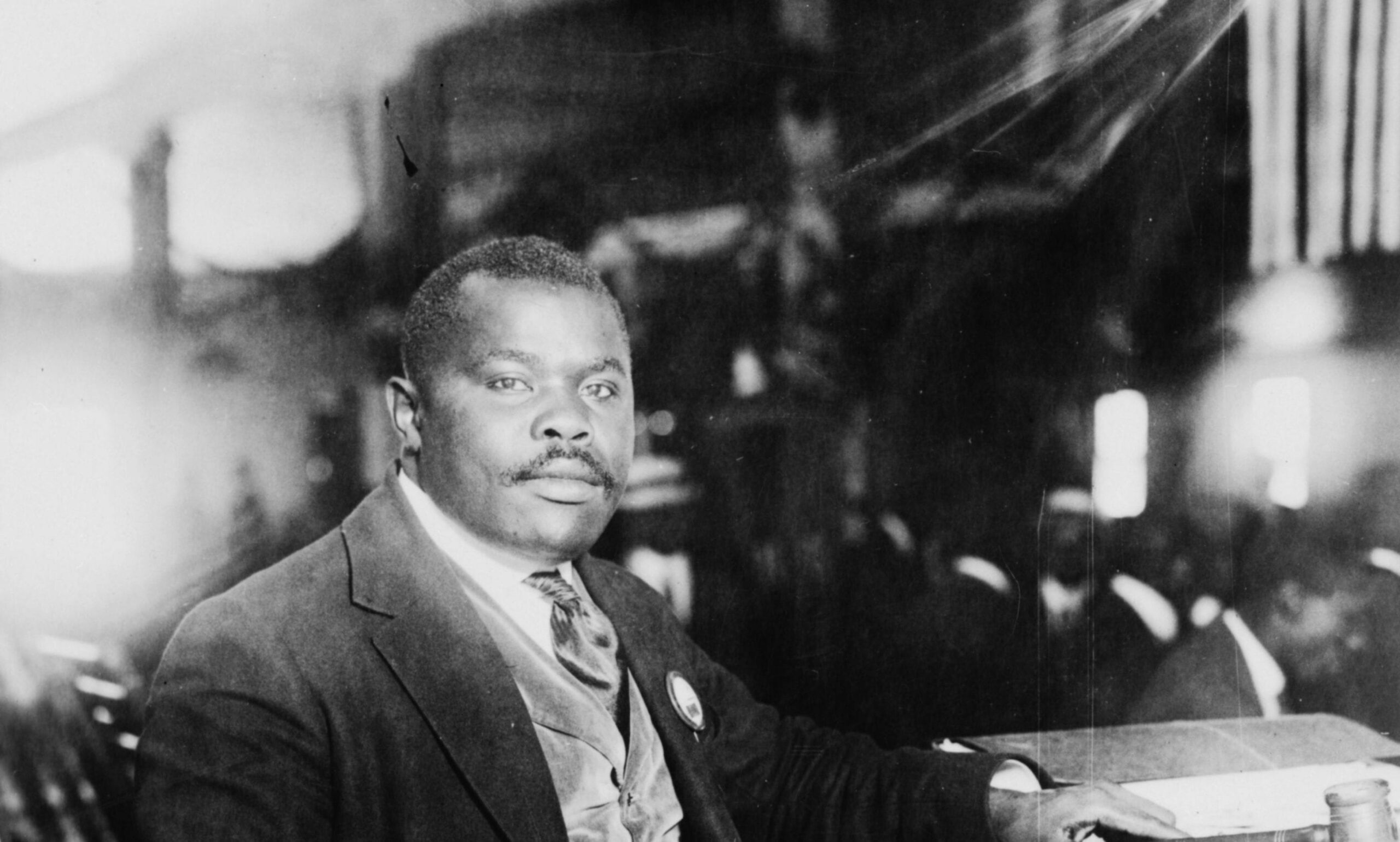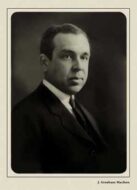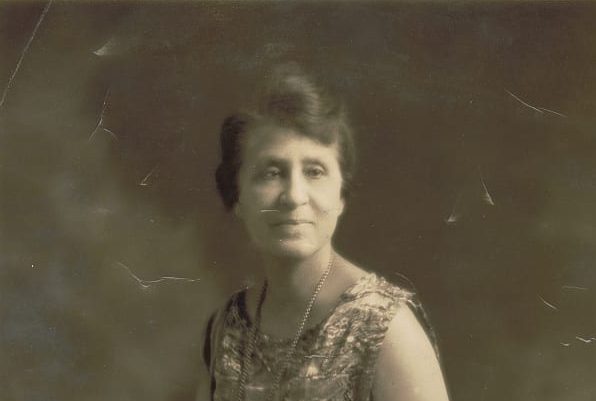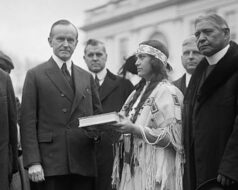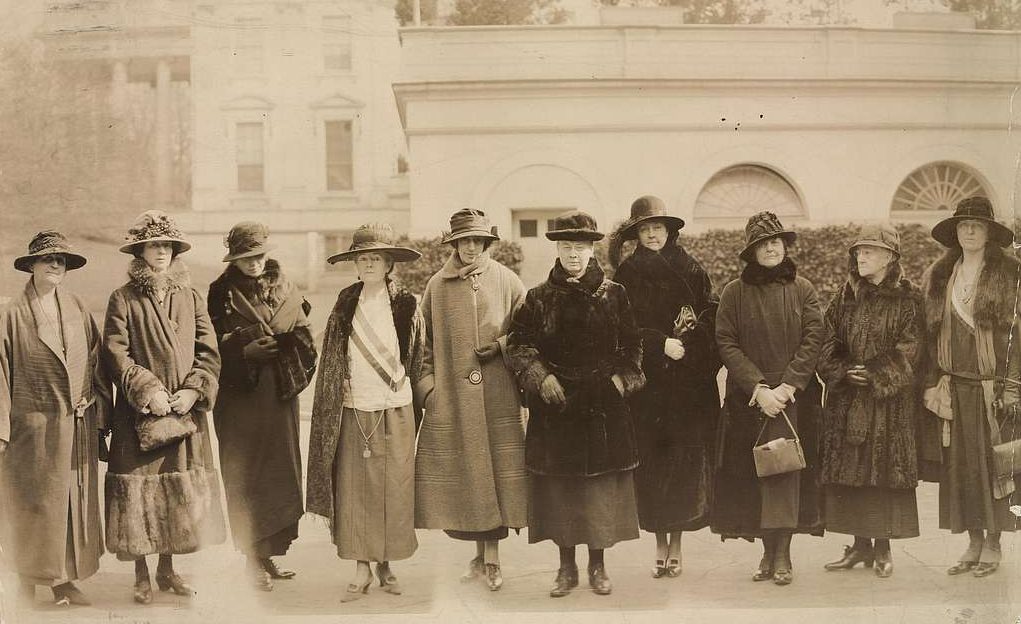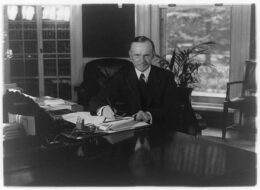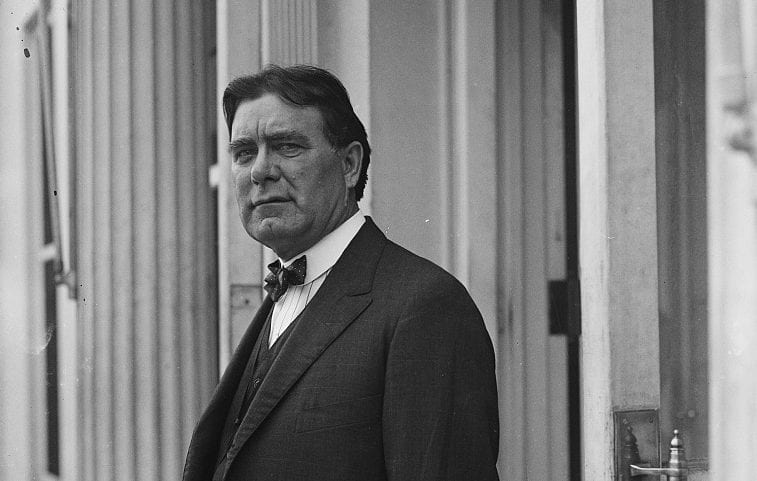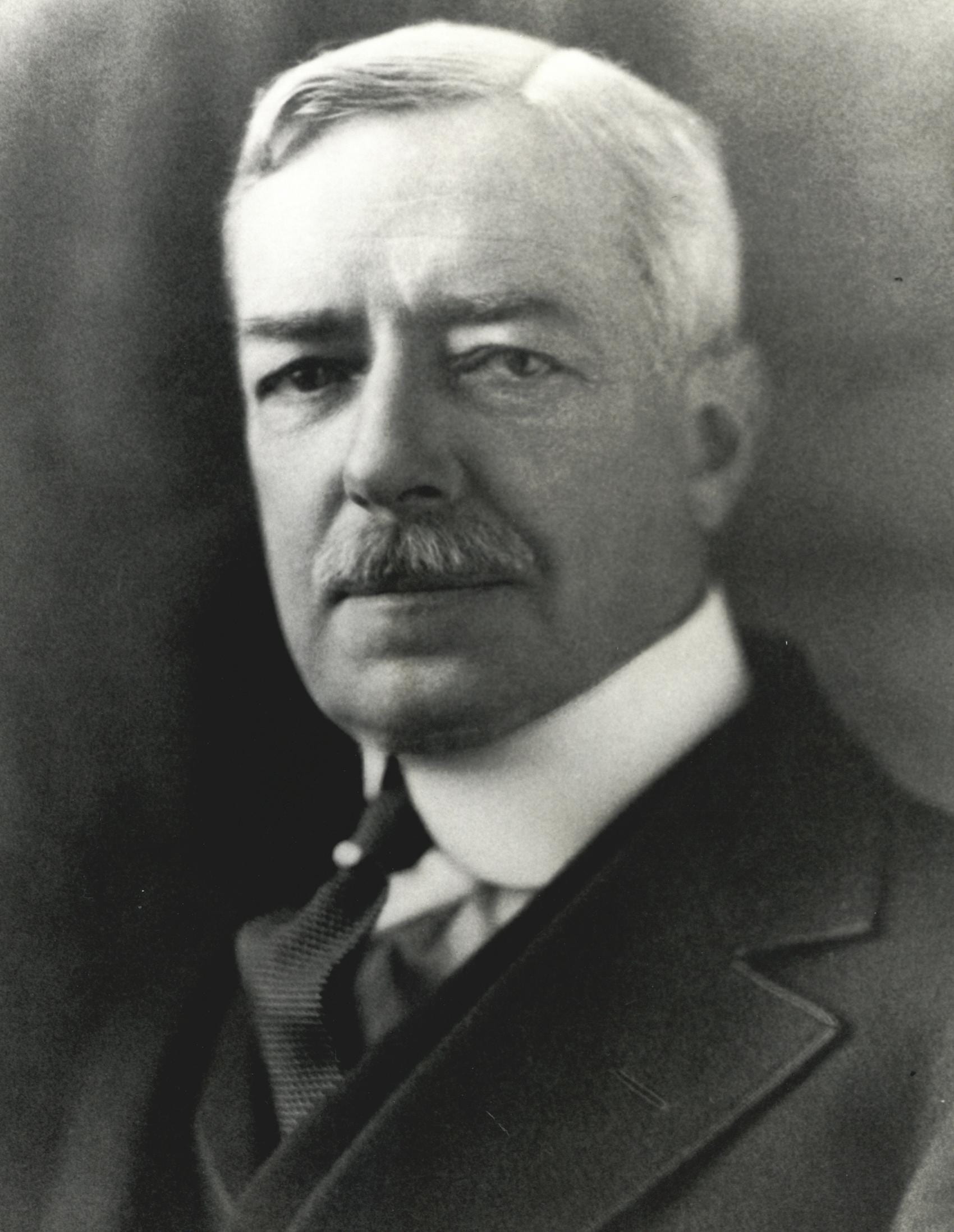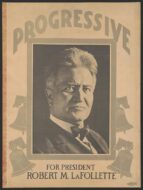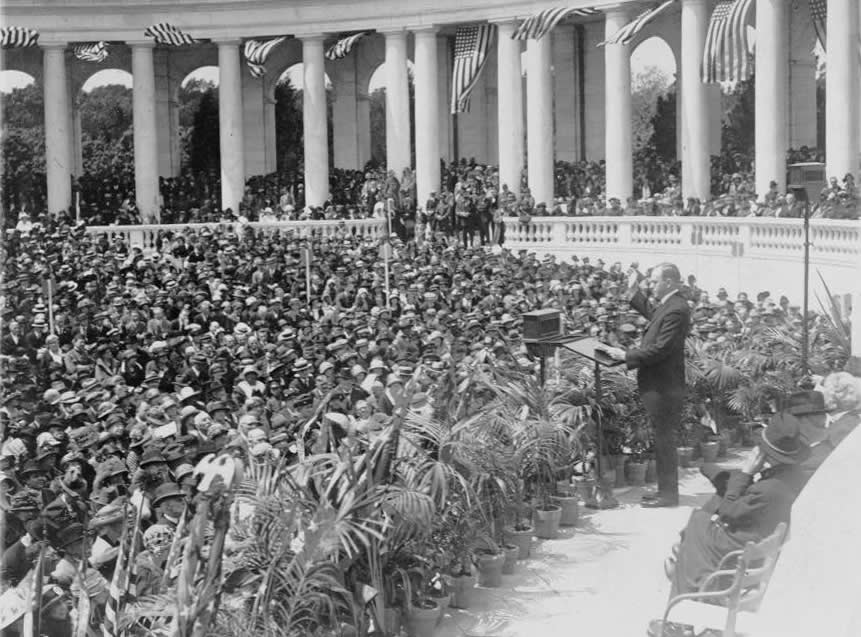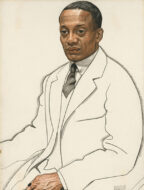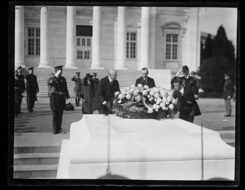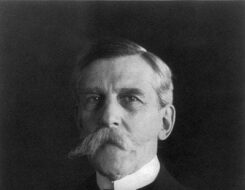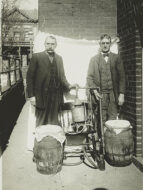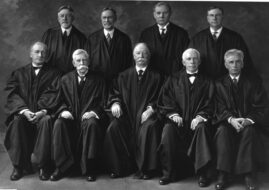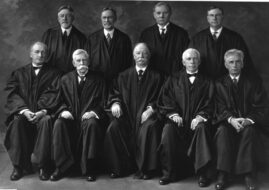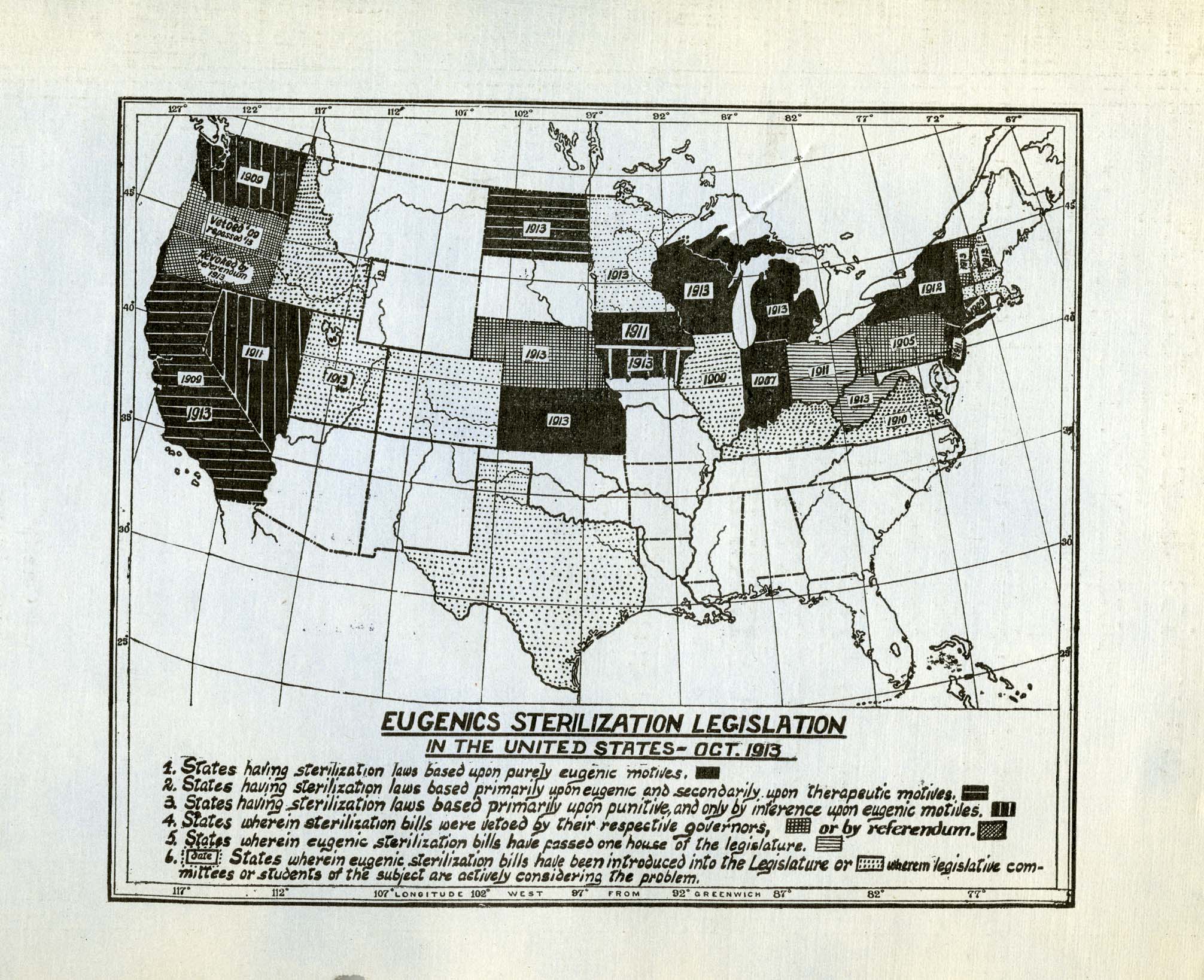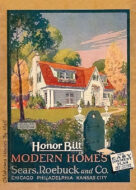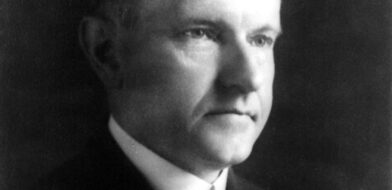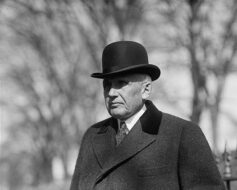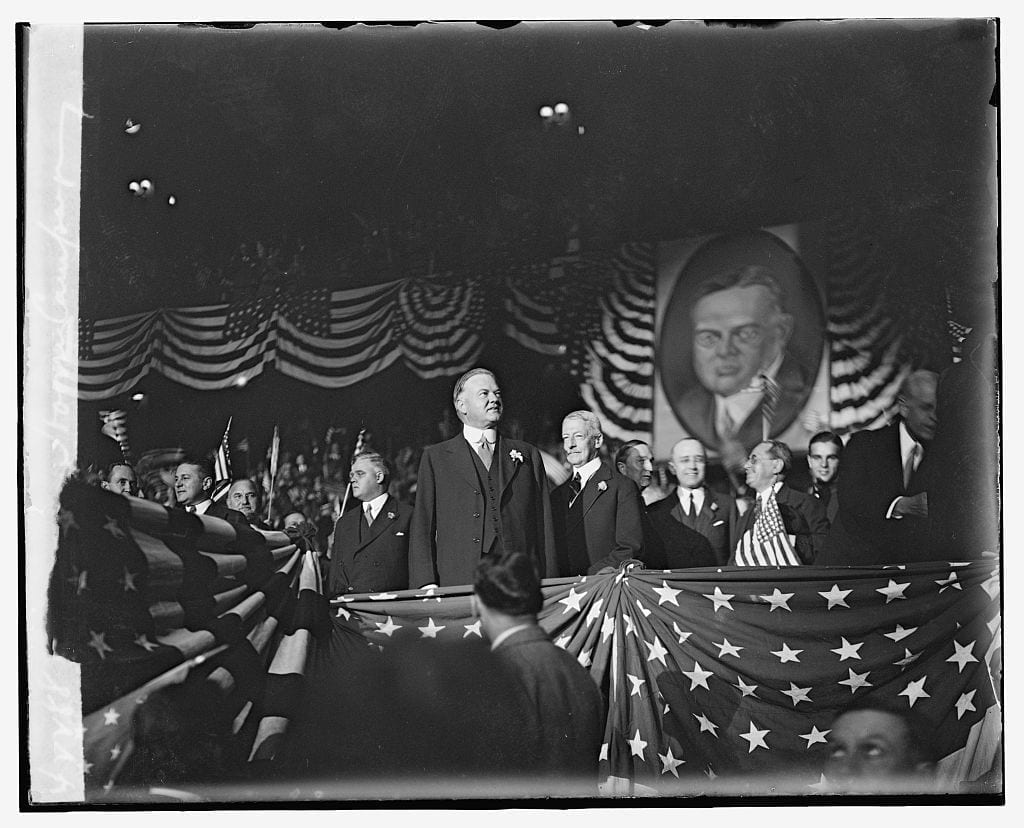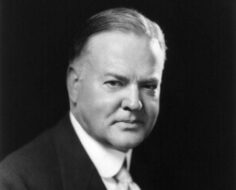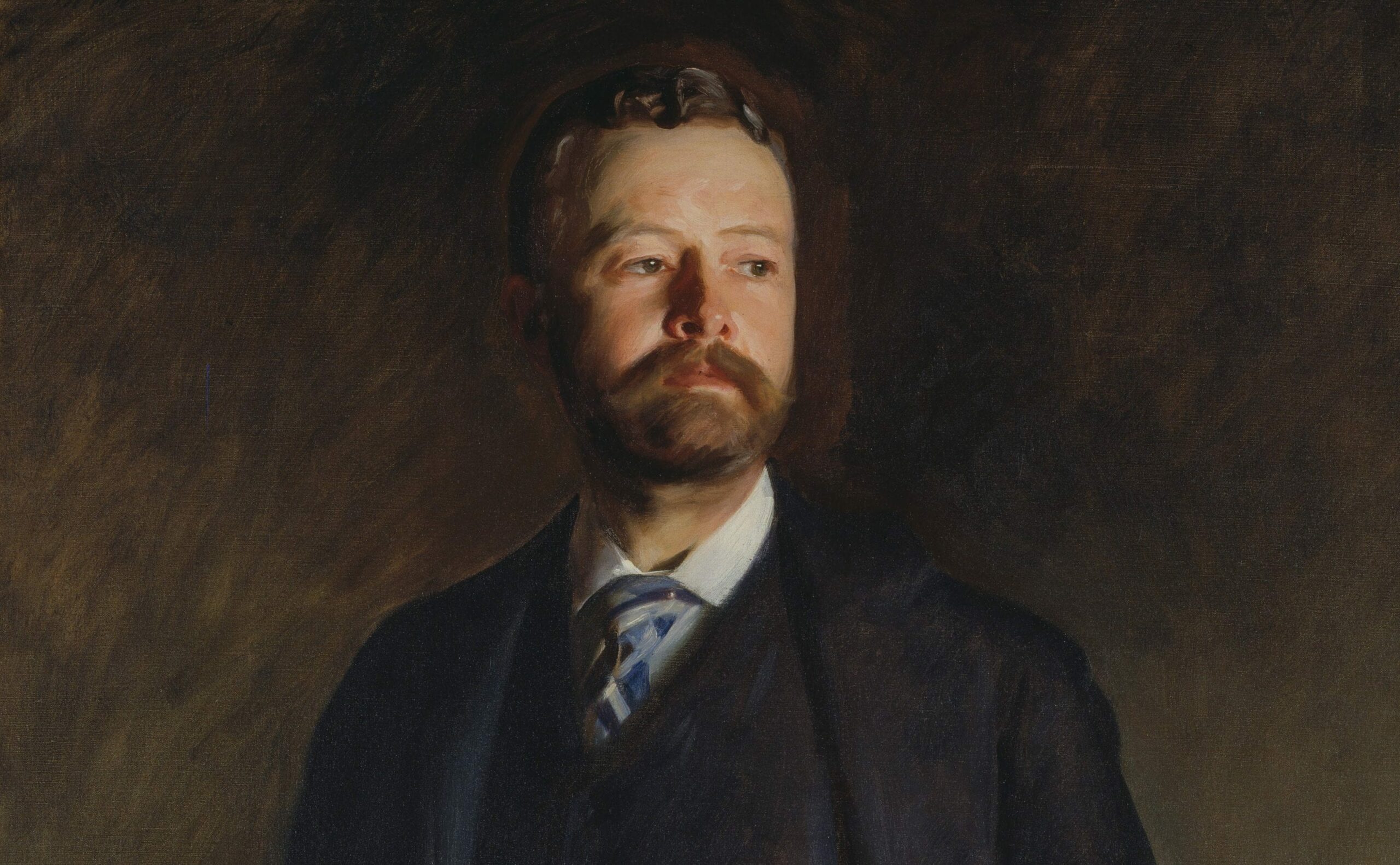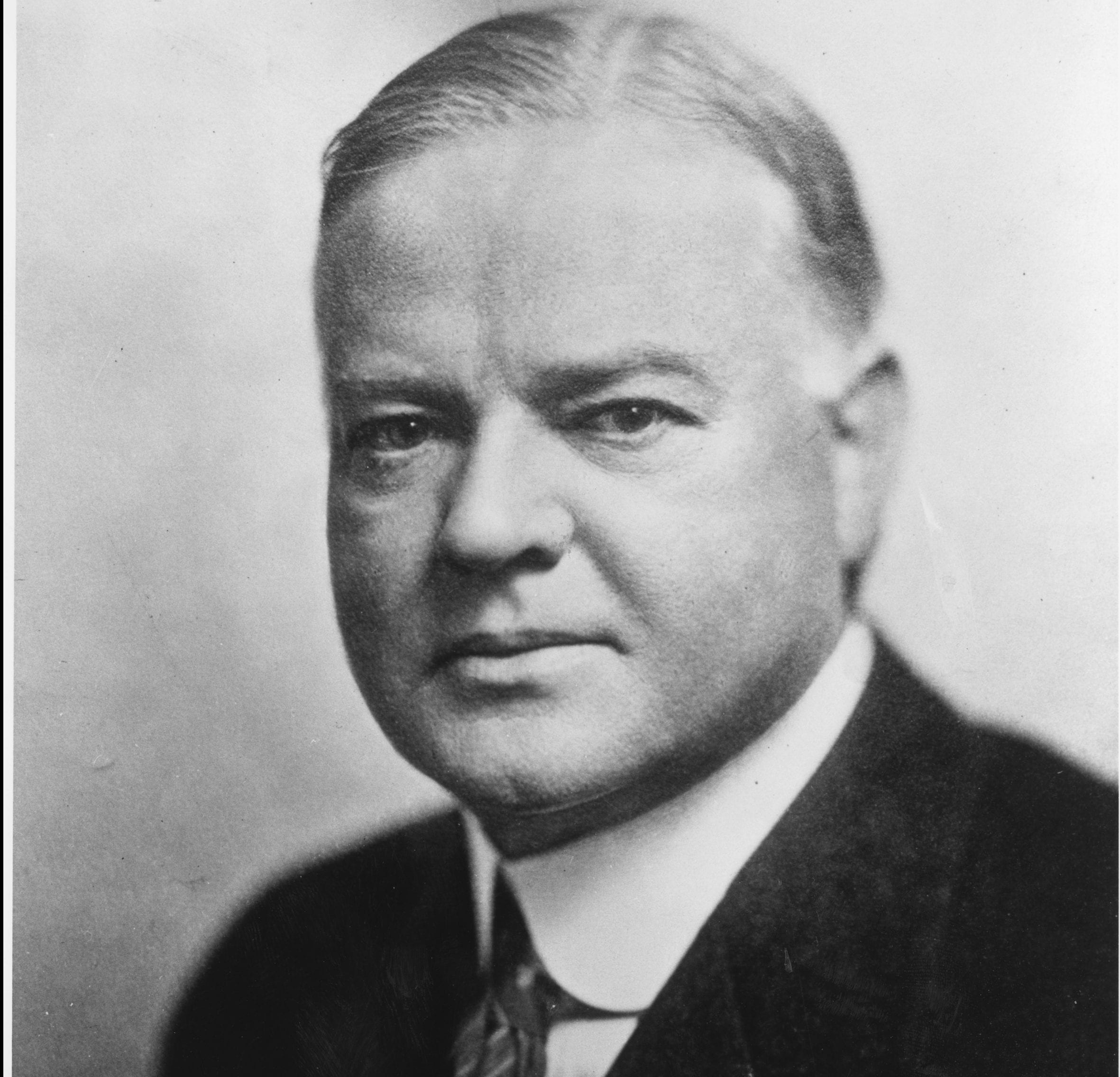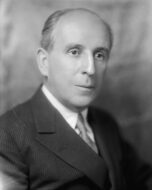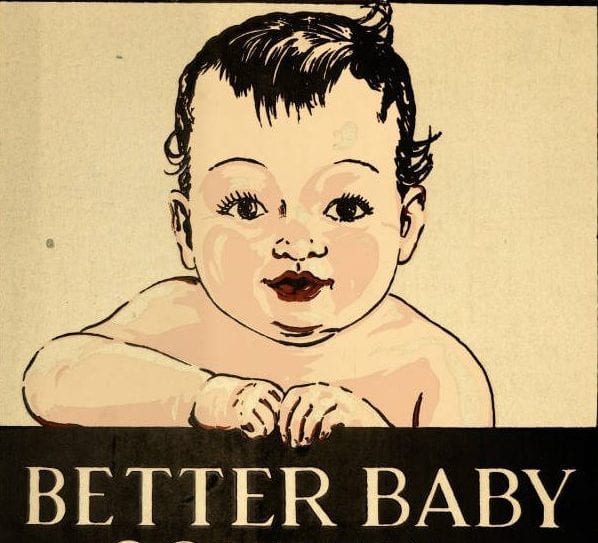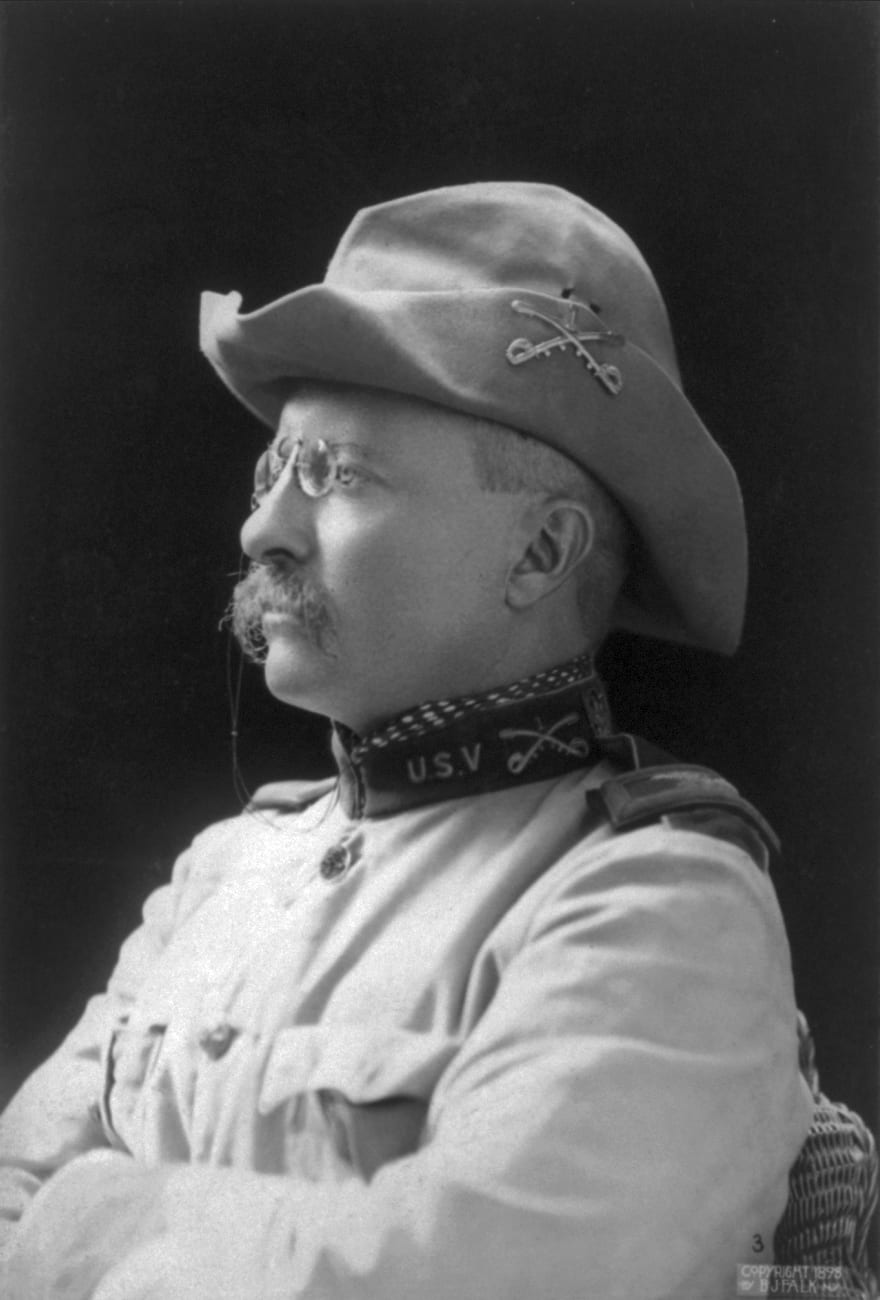Introduction
For about 30 years, from around 1900 to the late 1920s, America had an active and popular eugenics movement. Supporters of eugenics argued the public good required removing from the population genes thought to cause low intelligence, or immoral, criminal or anti-social behavior. Beginning with Connecticut in 1896, states passed laws requiring medical exams before issuing marriage licenses to make sure the unfit did not reproduce. (See the New York Times article “Pastors for Eugenics” for an effort to support such laws.) Indiana passed the first compulsory sterilization law in 1907, although other states had tried and failed before. Prominent Americans – among them Theodore Roosevelt, Stanford University President David Starr Jordan, W. E. B. Du Bois, and Margaret Sanger – supported the eugenics movement, as did such organizations as the National Federation of Women’s Clubs, the National Conference of Charities and Corrections, and various religious organizations. State Fairs included Better Baby contests. As the list of its supporters indicates, eugenics was considered a progressive reform, related to the larger Progressive movement by its emphasis on the good of society and the use of science and rationality to achieve it.
Eugenics always had its critics. A referendum authorizing sterilization failed in Oregon in 1913. Some governors refused to sign eugenic legislation. Nebraska’s governor vetoed a eugenics bill in 1913, writing that the legislation was “only an experiment and it seems more in keeping with the pagan age than with the teachings of Christianity. Man is more than an animal.” Not every state legislature passed such legislation. Federal and state courts regularly found forced sterilization laws unconstitutional because they were cruel and unusual punishments or because the application of the laws denied equal treatment. In addition to more conservative Protestants, Catholics and their clergy largely opposed eugenics.
Despite the opposition it faced, eugenic sterilization remained alive in part because of the Supreme Court decision Buck v. Bell, which found constitutional the sterilization of Carrie Buck by the State of Virginia. From the beginning, Buck’s sterilization was intended to be a test case. Supporters of eugenics and sterilization hoped the case would reach the Supreme Court and that the Court would find sterilization constitutional. This would at once supersede all the rulings of state courts against sterilization. Buck’s guardian, appointed by those intending to sterilize her, took her case to Virginia state courts and eventually the Supreme Court. (The lower Virginia court found no grounds to block the sterilization.) The Supreme Court decided that nothing in the U.S. Constitution prevented Virginia from sterilizing Buck. Eight of nine justices joined in the decision, written by Justice Oliver Wendell Holmes, perhaps the preeminent jurist of the time. Holmes’ decision contained the now infamous remark, “Three generations of imbeciles are enough.” The only dissent in the case came from Associate Justice Pierce Butler, a Catholic.
Sterilization continued as a legal regime even after eugenics ceased to be a popular movement. Thirty-one states eventually had sterilization programs, often adopting the language of the Virginia legislation that the Supreme Court approved, which had been drafted by a lawyer to increase its chances of meeting legal scrutiny. Sterilizations increased and did not cease until the 1960s. (The sterilization program in North Carolina lasted until 1977.) California, a leading Progressive state, sterilized about 20,000 people, a third or so of the almost 70,000 individuals sterilized in the United States.
Toward the end of his discussion of eugenics, G. Stanley Hall wrote of “the kingdom of some kind of superman” to which eugenics might lead. This remark foreshadowed the darkness of the Holocaust and reminds us that Hitler cited America’s eugenics movement and laws as a precedent.
“Pastors for Eugenics,” New York Times, June 6, 1913, 10.
Drs. Keigwin and Hillis Invite Richard Bennett to Speak in Churches.
The Rev. Dr. A. E. Keigwin announced a platform meeting yesterday in the West End Presbyterian Church, at Amsterdam Avenue and 105th Street, for next Sunday night on the subject of eugenics. One of the speakers will be Richard Bennett, the actor. The Rev. Dr. Newell Dwight Hillis is another pastor who plans to push a eugenics campaign. He arranged with Mr. Bennett yesterday for a meeting early in the Fall in Plymouth Church, Brooklyn, similar to the one to be held next Sunday night in West End Church.
“Much of our public difficulty and more of our public expense to-day are due, in my judgement,” said the Rev. Dr. Keigwin yesterday, “to the dense ignorance of young men and women about the weightier physical affairs of human life. I heartily approve of this present movement, and think Christian ministers may well forego vacations to push it. If we will deliver men and women from the shackles of ignorance concerning themselves, we shall effect a reform that is vital to the whole human family, and especially to our own country.”
The Liberal Ministers Association of New York, composed of Unitarian and Universalist pastors, and reform rabbis, among them the Rev. Drs. Wise, Magnes, Mendes, and Silverman, has appointed a Eugenics Committee, with the Rev. Edgar S. Weirs of Montclair as Chairman. It is charged to investigate the subject this Summer and report next Fall. The Rev. Dr. John Haynes Holmes, as a member of the association, said yesterday:
“What the recommendations of this committee may be I know not, but for myself I hope and shall urge that the association binds all of its members as a group to perform nothing, but health marriages. I believe in the health marriage. Both parties should present certificates, and ministers ought not to marry any who cannot. That is the ideal. The difficulty is to carry the ideal out. Eventually the State will make it a law. While we are waiting for the State to act, what are we to do? I feel it is the business of the Church to show the way because the Church has a moral responsibility. Such an important matter ought not to be left to the individual minister. Acting alone, he can accomplish little. Ministers should act in groups. Dean Sumner and the Chicago Cathedral have shown us the way.”
Two pastors of Fifth Avenue churches advocated the plan yesterday. Both are among the ministers who perform the largest number of fashionable marriage ceremonies. Said the Rev. Dr. Charles L. Slattery, rector of Grace Church:
“It is desirable that the personal health of each party to a marriage be certified to, but the requirement for such certificate ought to come from the State, not from the Church, because it is the function of the State to guard the health of its citizens. I am glad to see the Church take steps toward reform, and toward compelling the State to do its part.”
The Brick Presbyterian Church, through the decision of its pastor, the Rev. Dr. William P. Merrill, takes its stand with others. “I think the general movement to require proper conditions of health from all men and women contemplating marriage is right. The State ought to obtain the fulfillment of that condition, and the Church ought to co-operate in every practical way,” the pastor said yesterday.
It was said yesterday that the subject of eugenics will come into the Episcopal General Convention in this city in October through the report of a committee on which are Bishop Anderson of Chicago, whose cathedral took an early stand on health marriages; Bishop Spalding of Utah, whose book on the Mormons attracted wide attention; Bishop Williams of Michigan, whose views are known to be radical; Dean Hodges of Cambridge, Dean Sumner of Chicago, Jacob A. Riis, Gifford Pinchot, the Rev. J. Howard Melish of Brooklyn, and Clinton Rogers Woodruff, the head of a social welfare movement.


